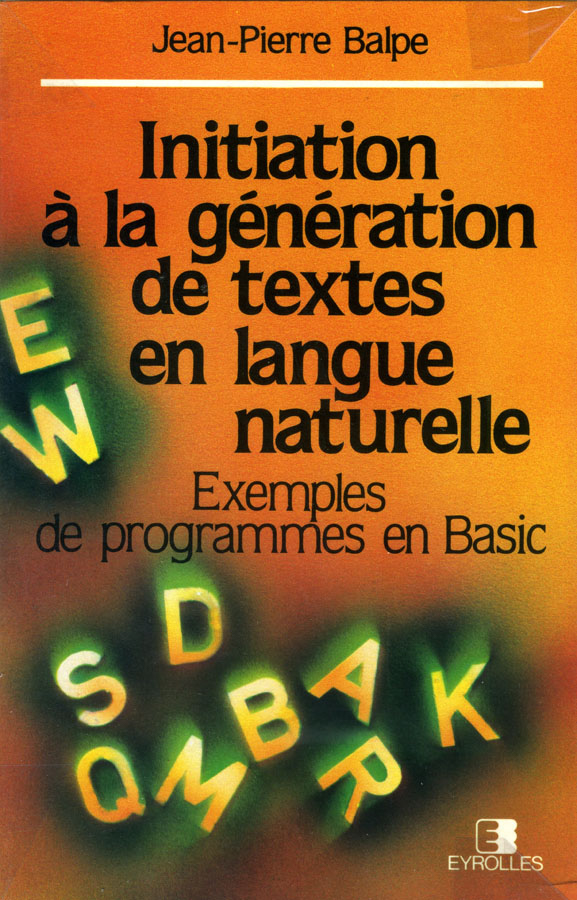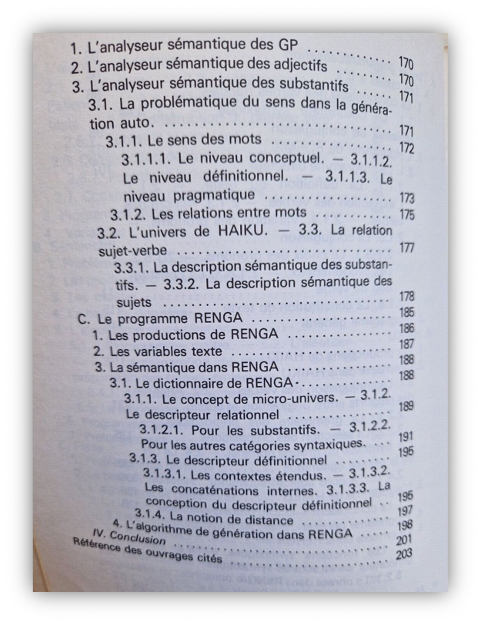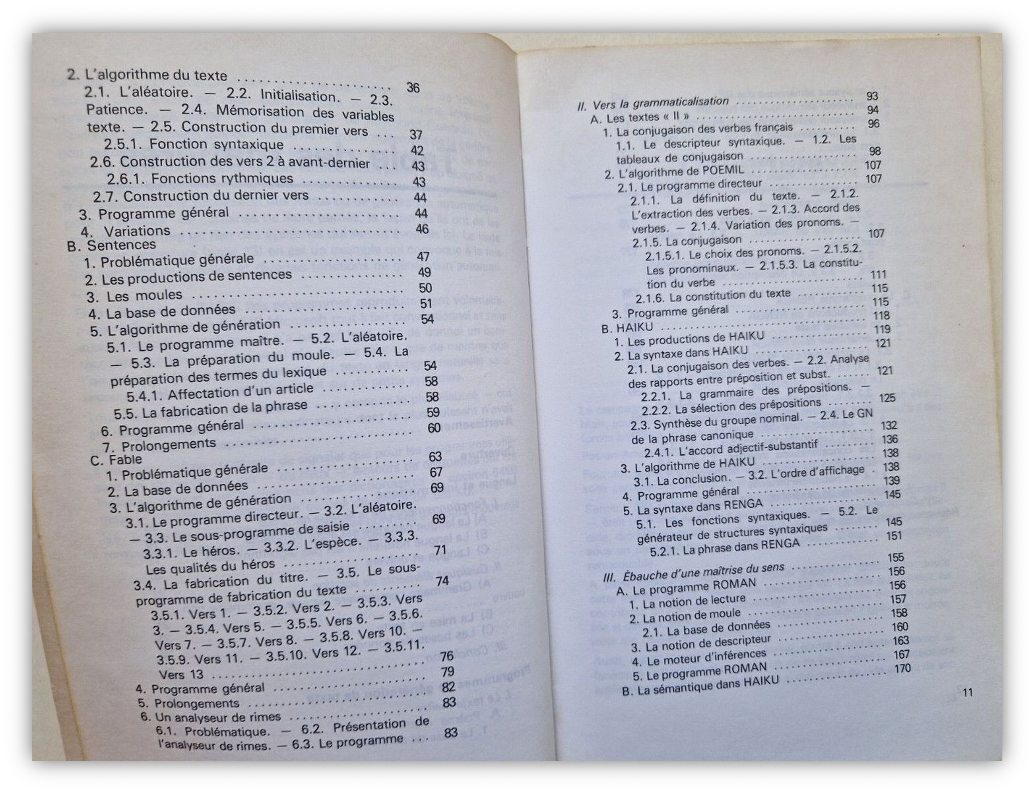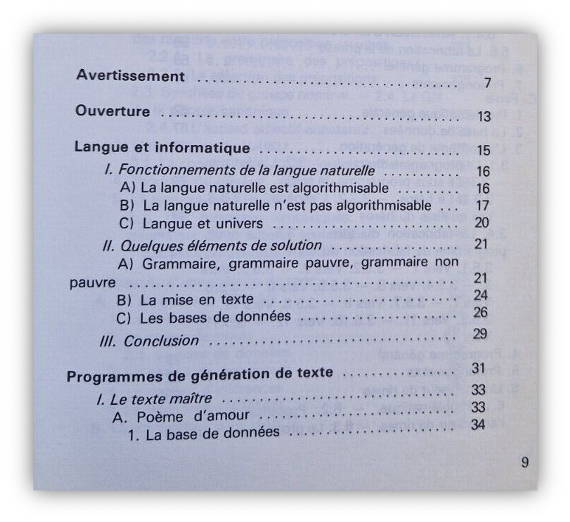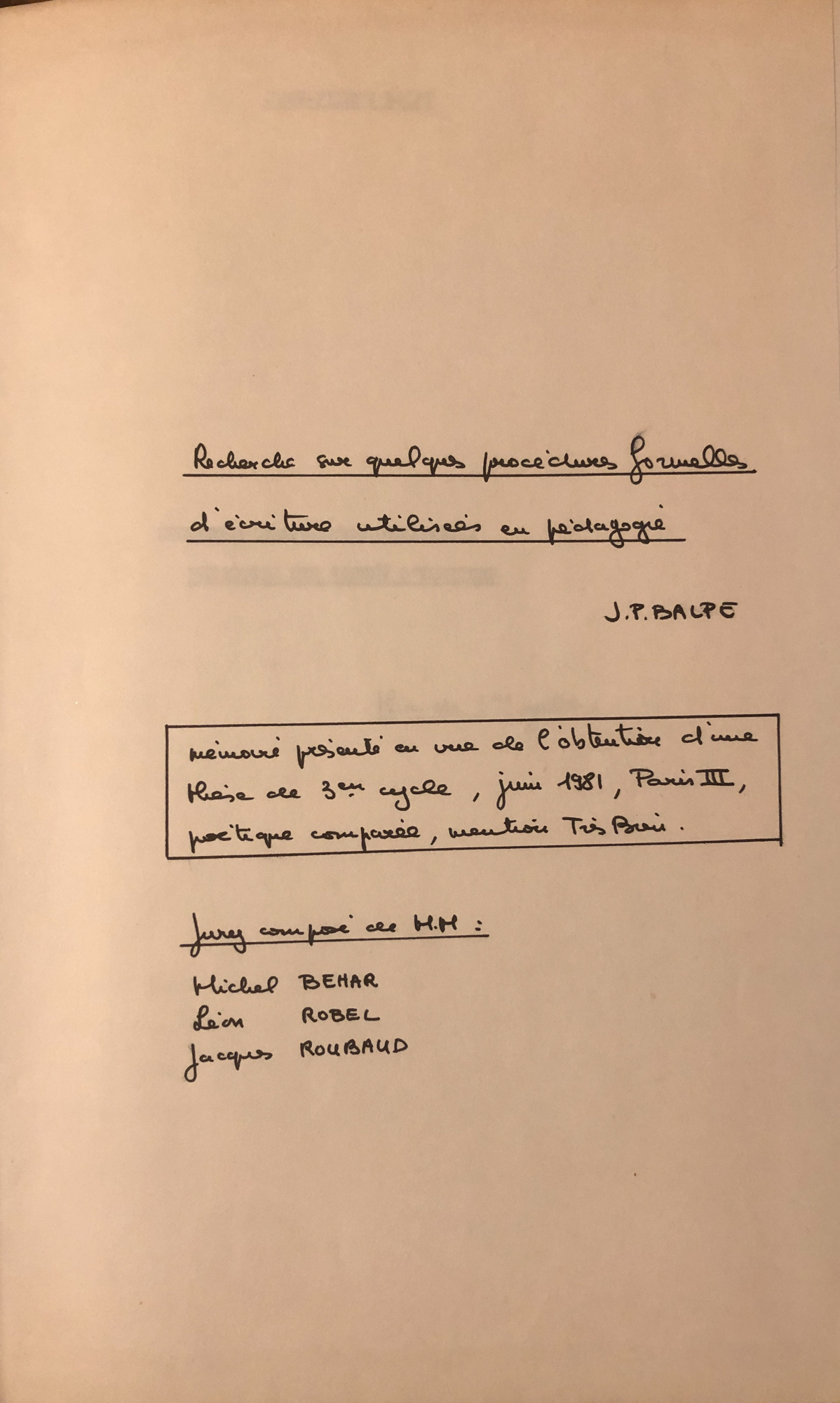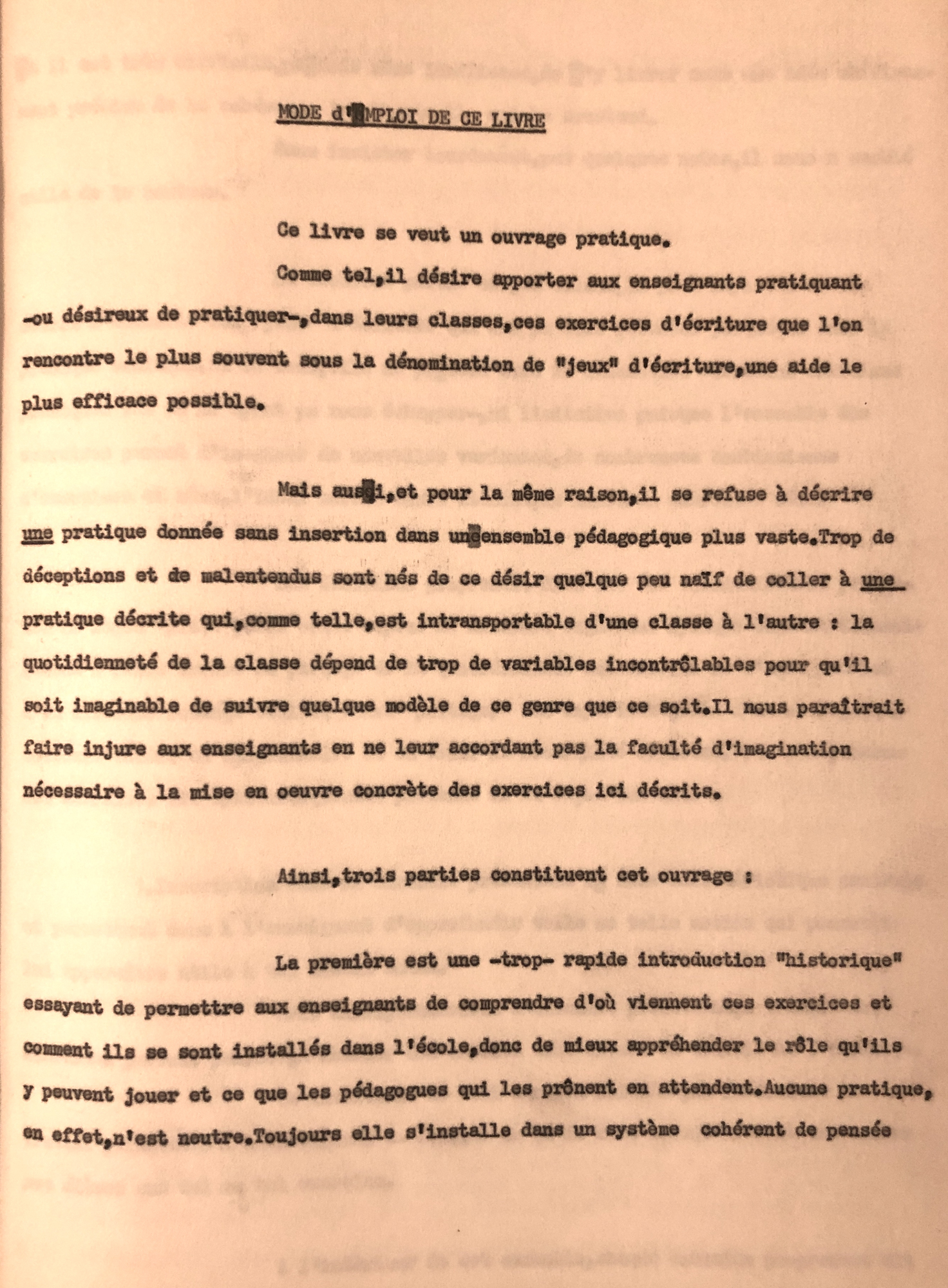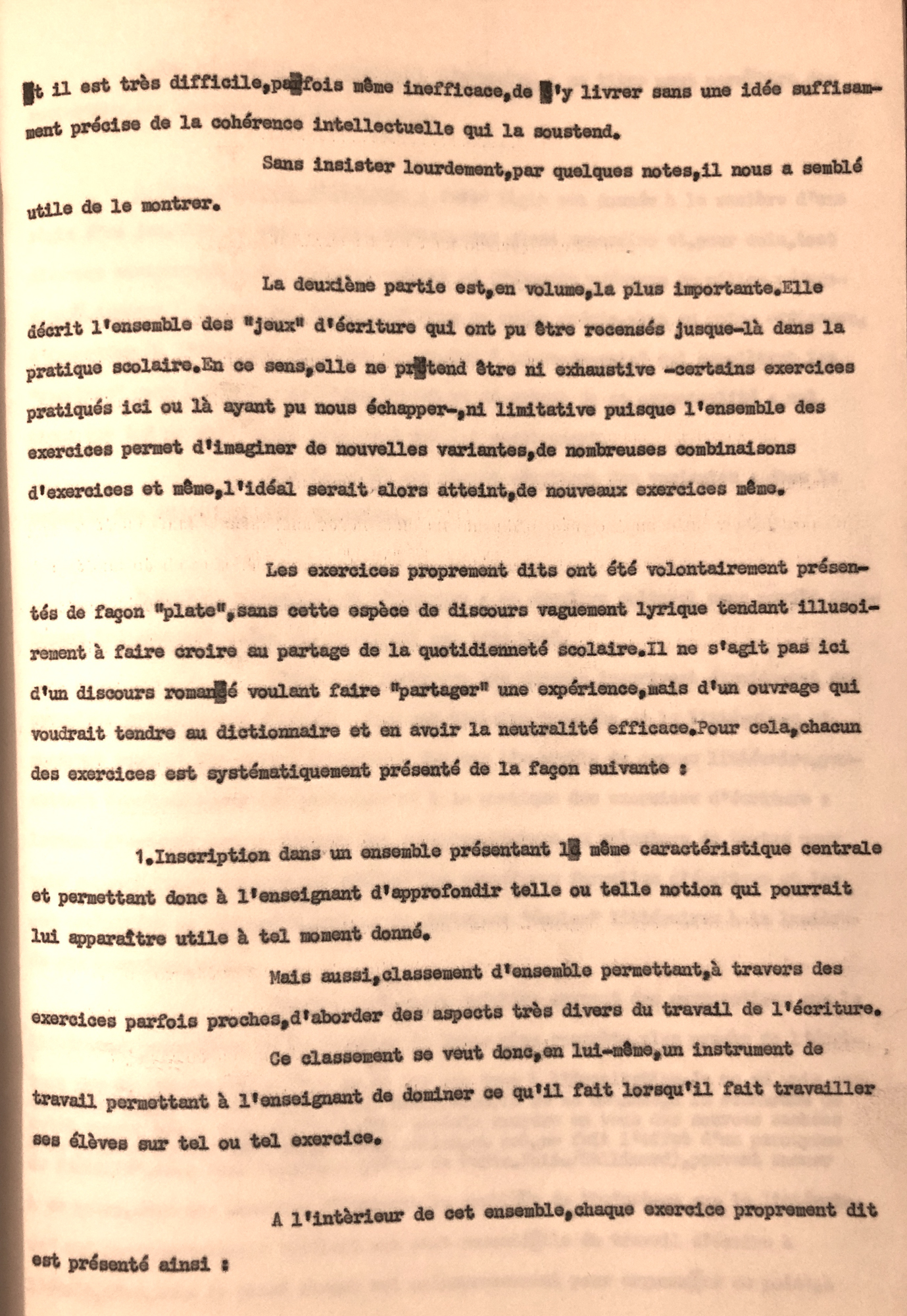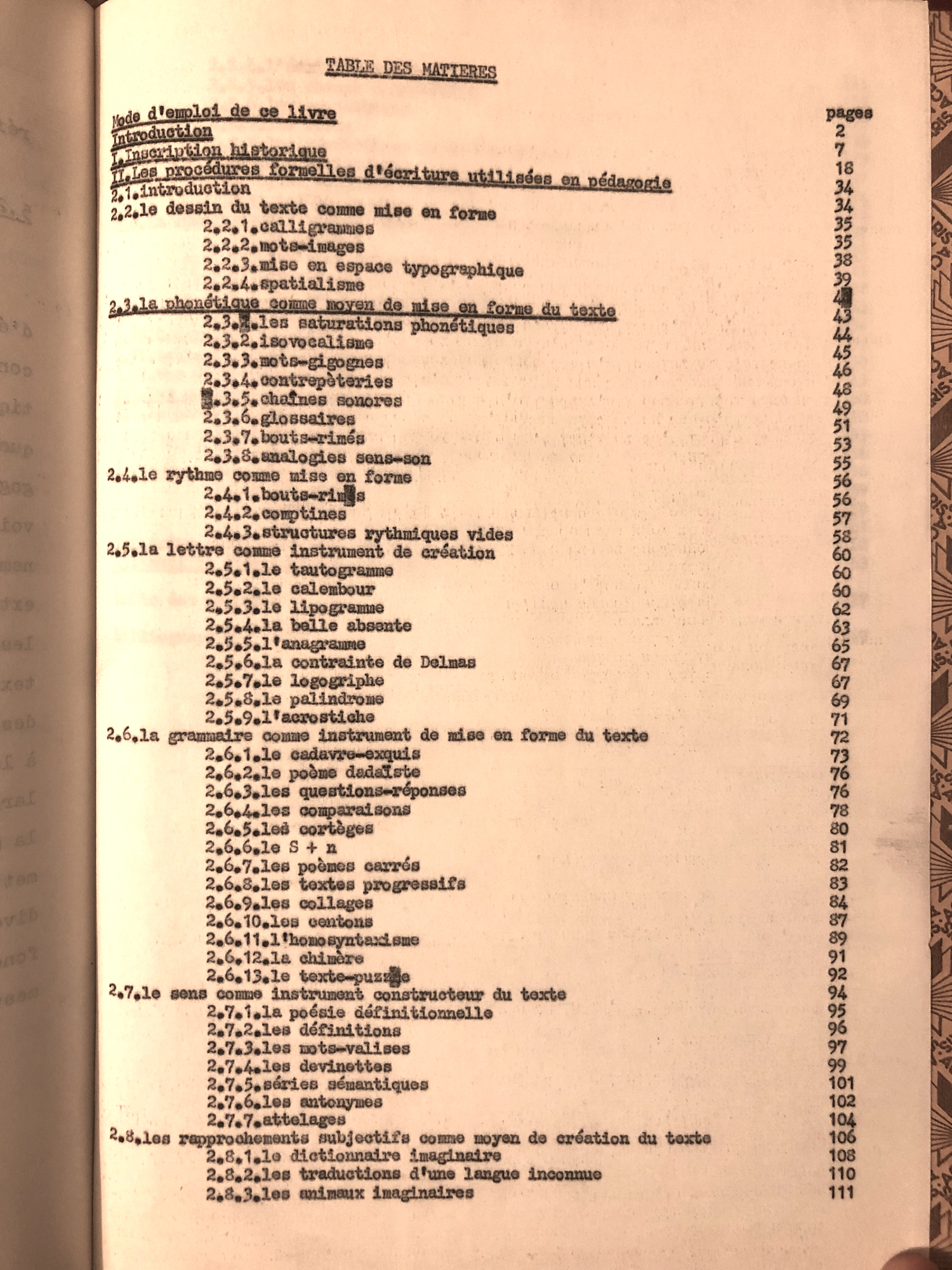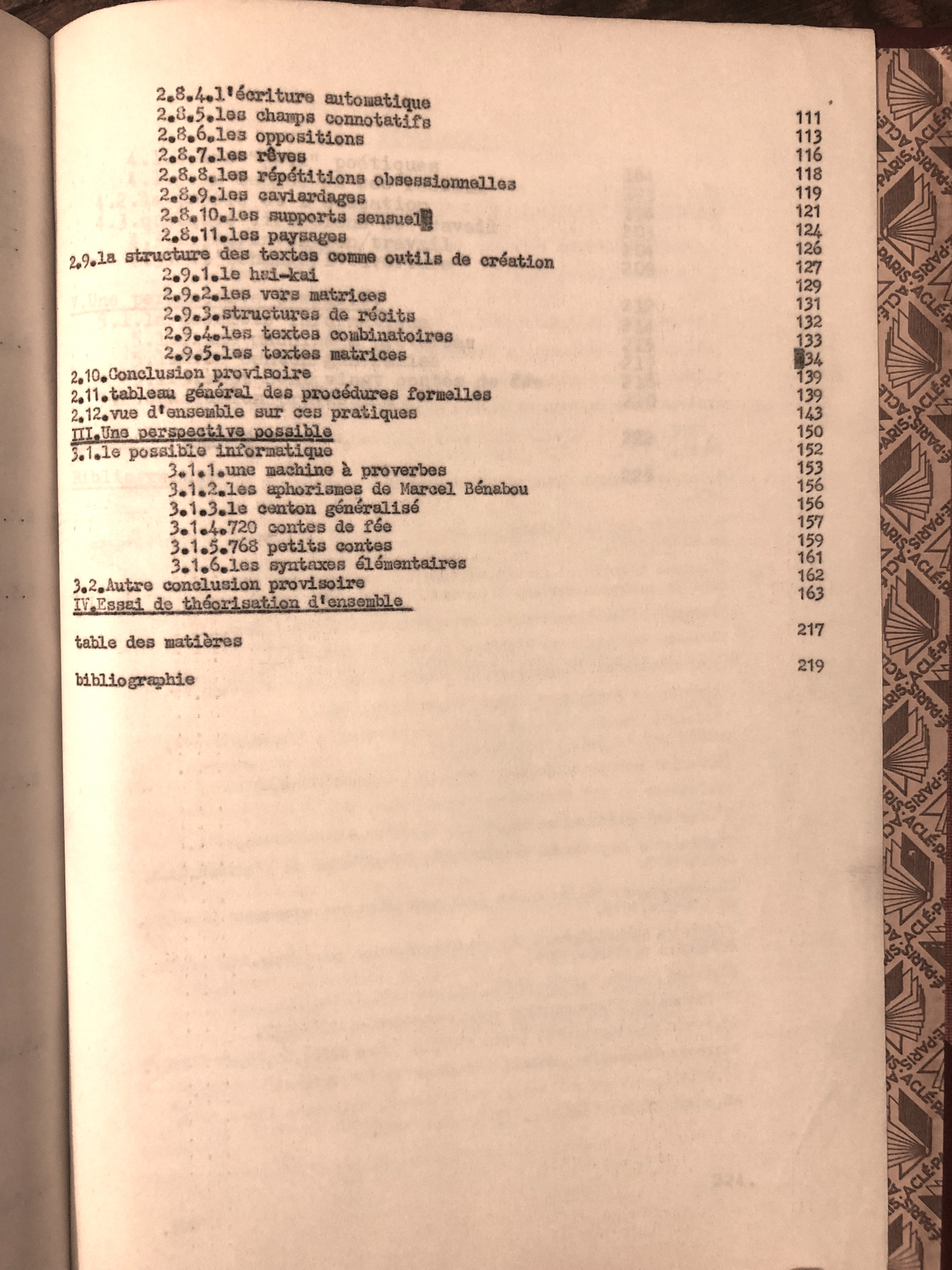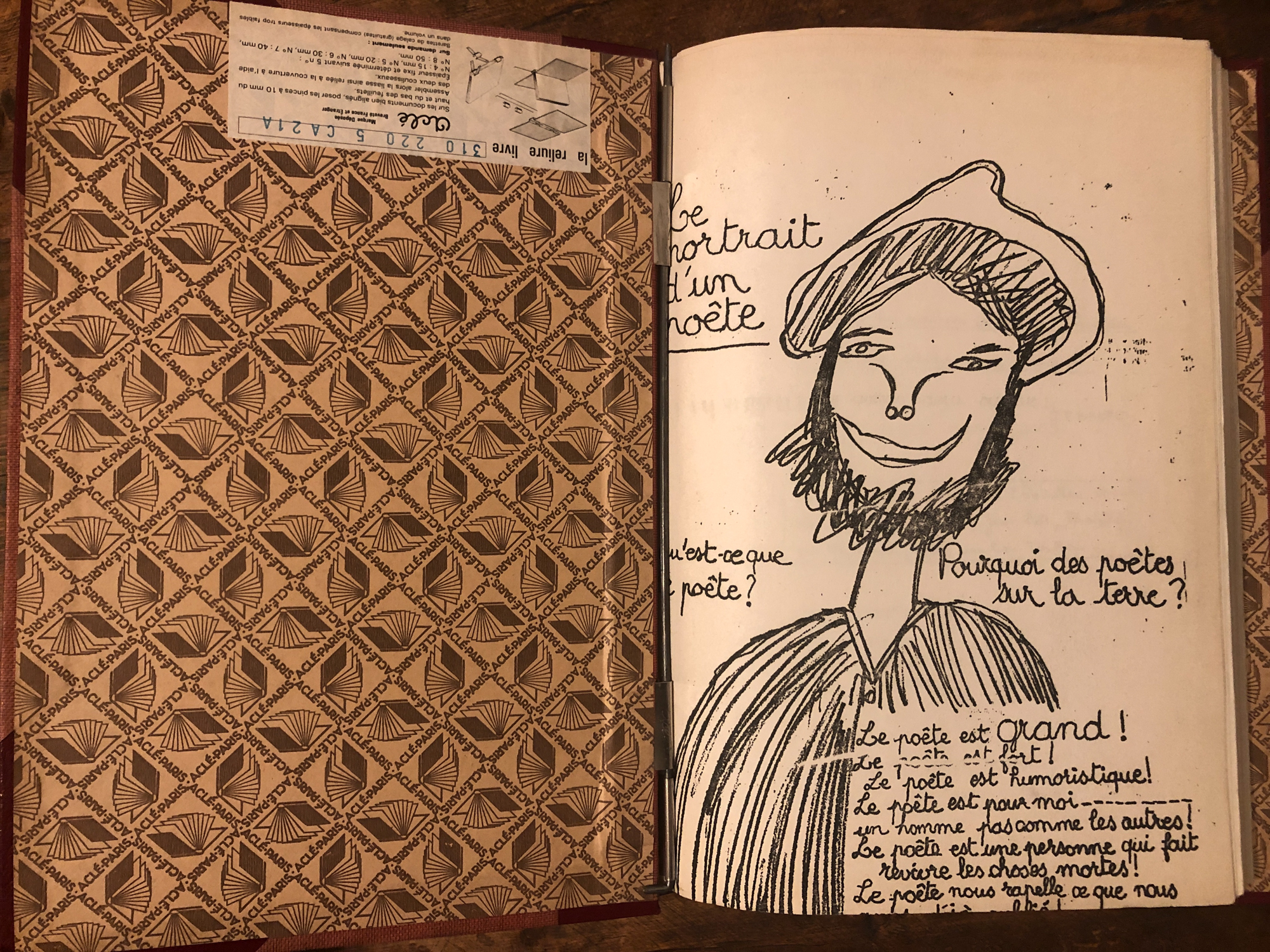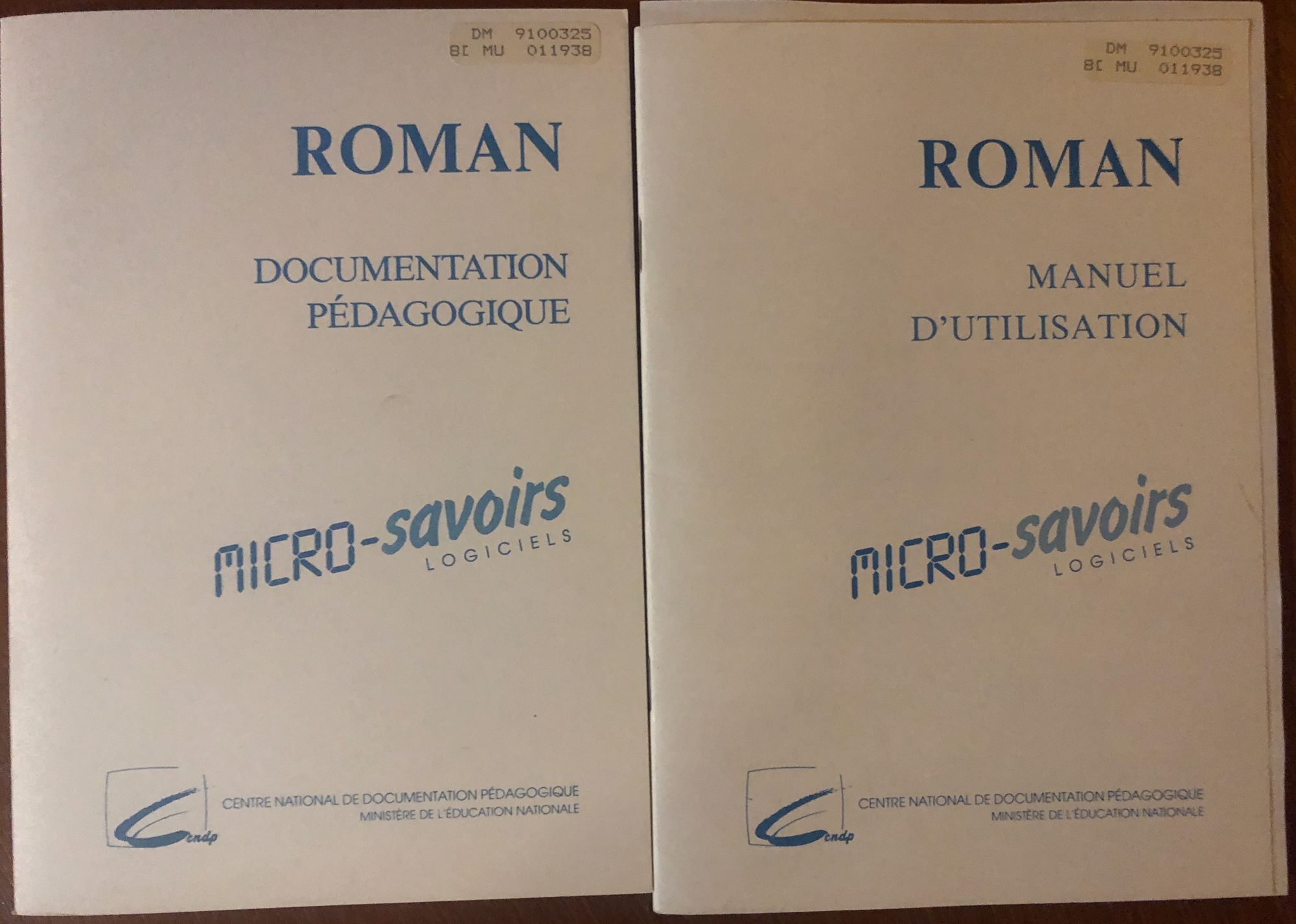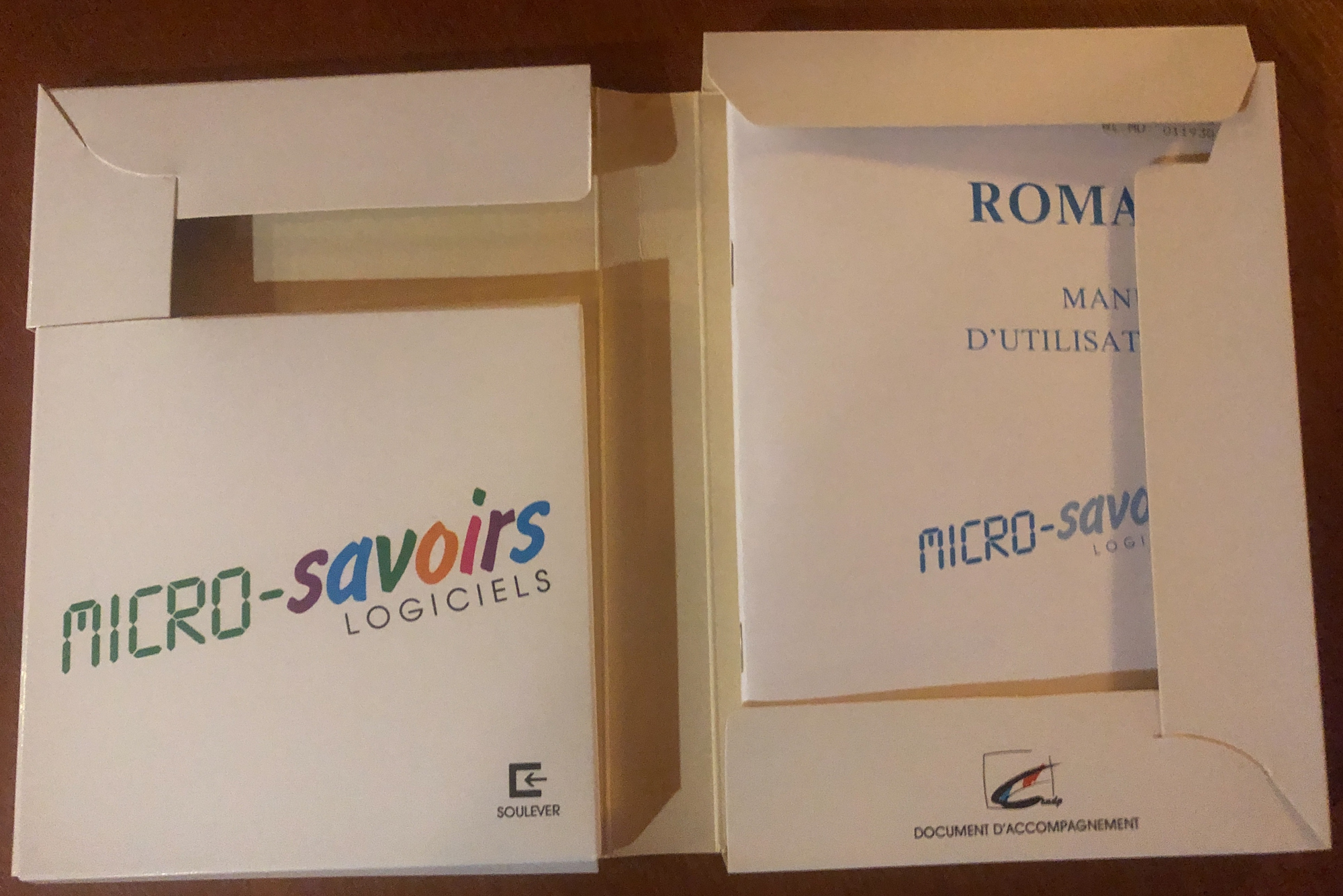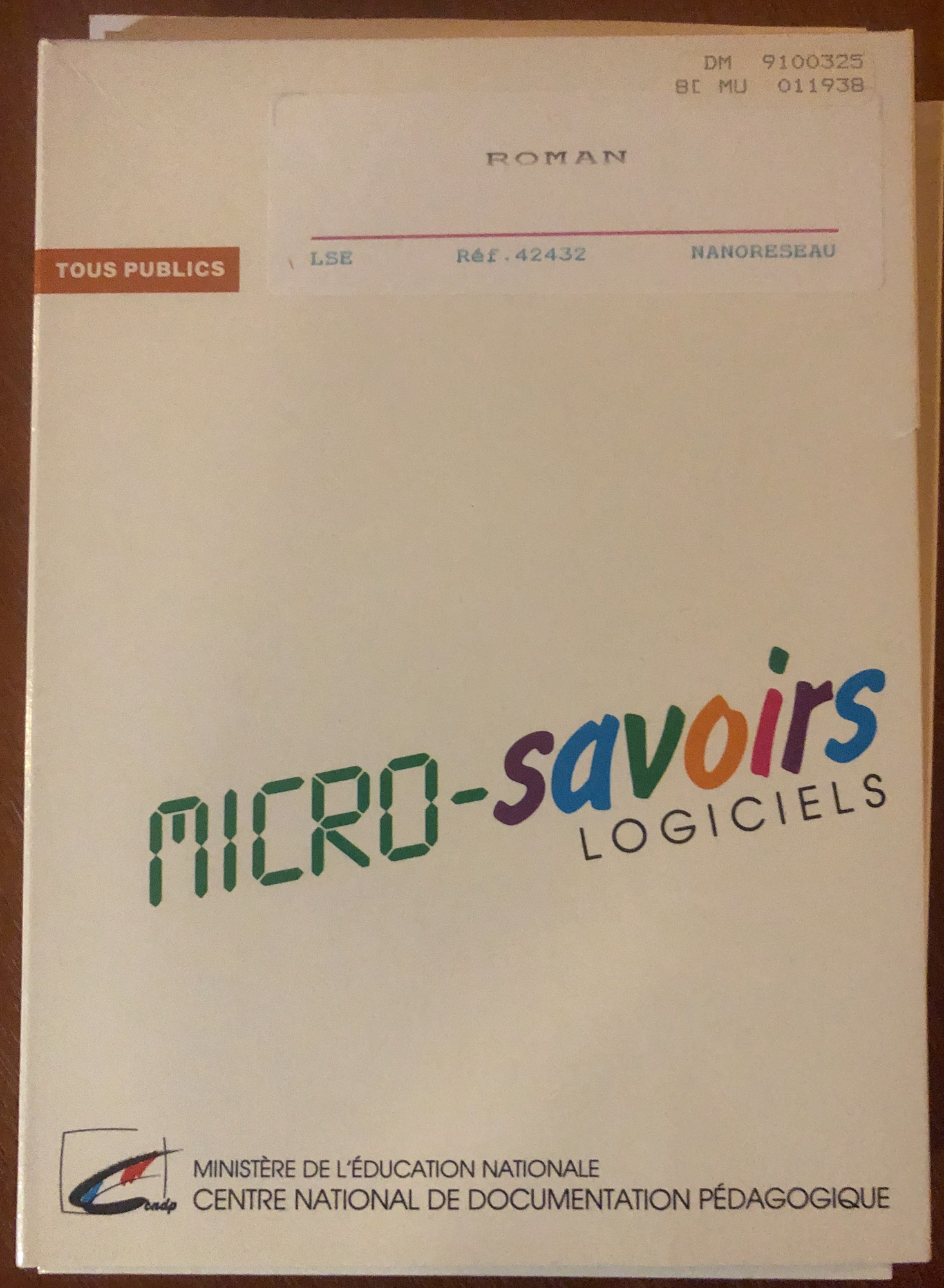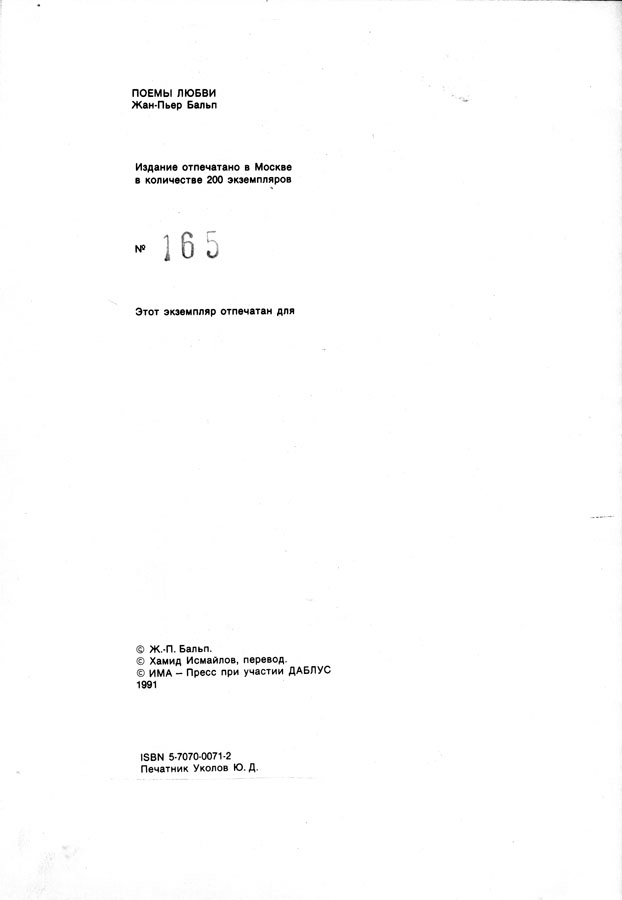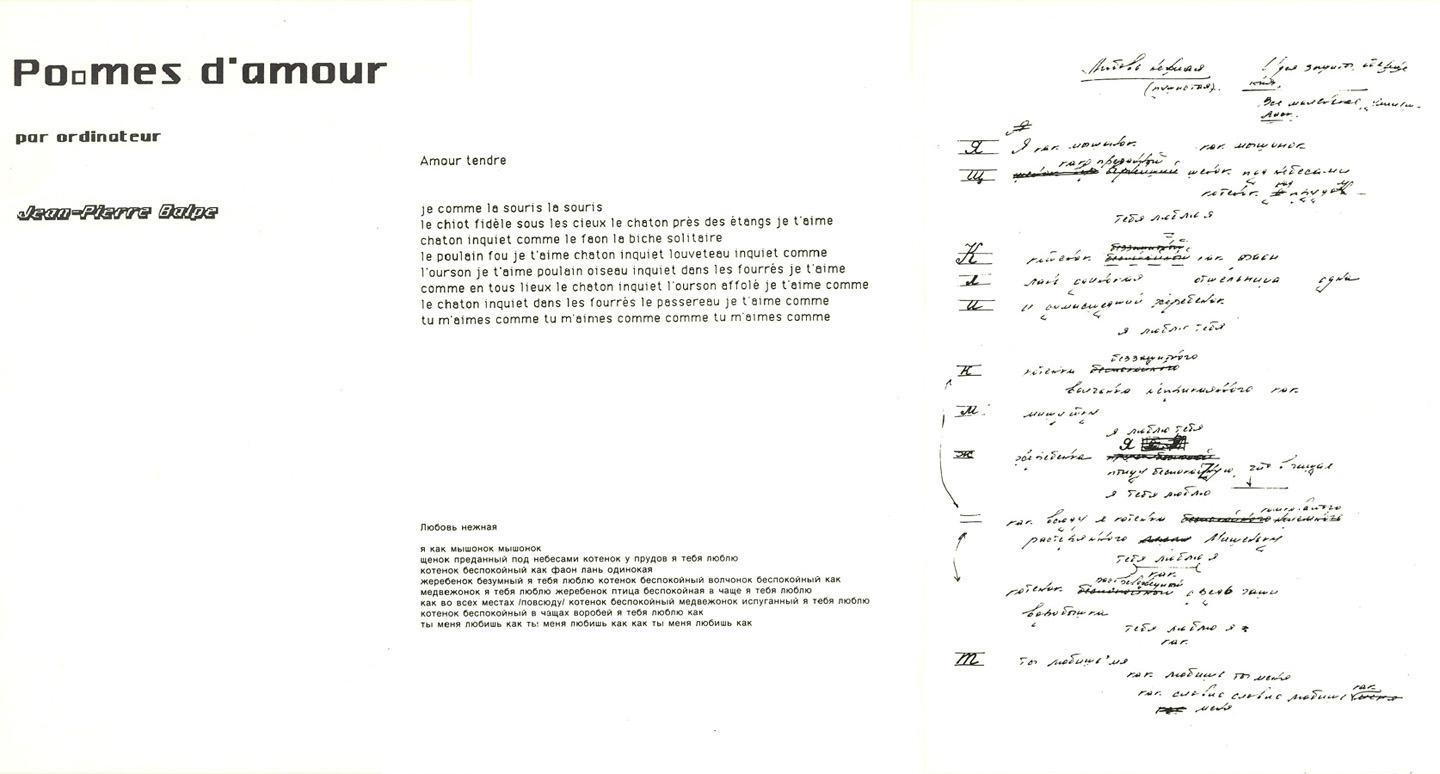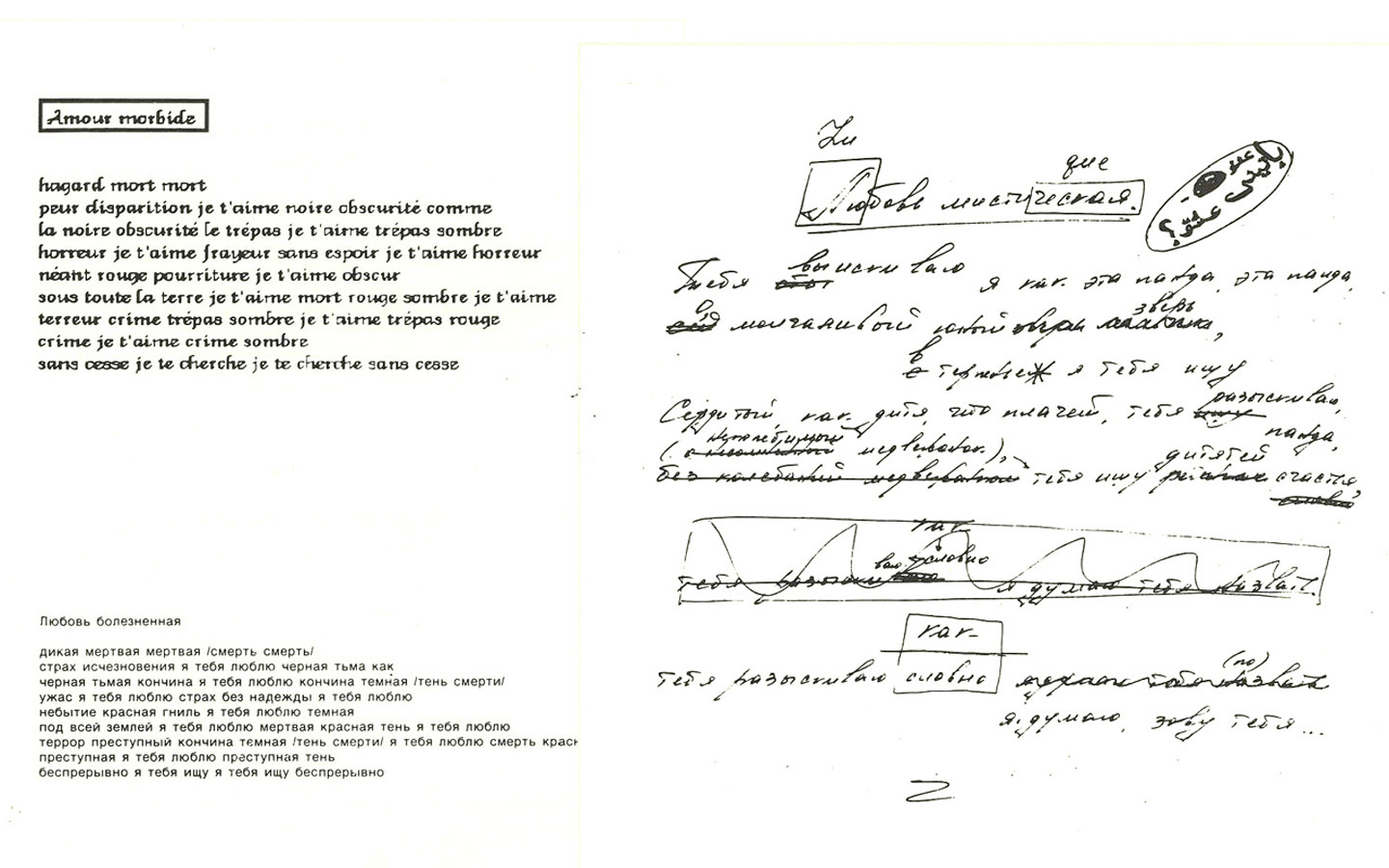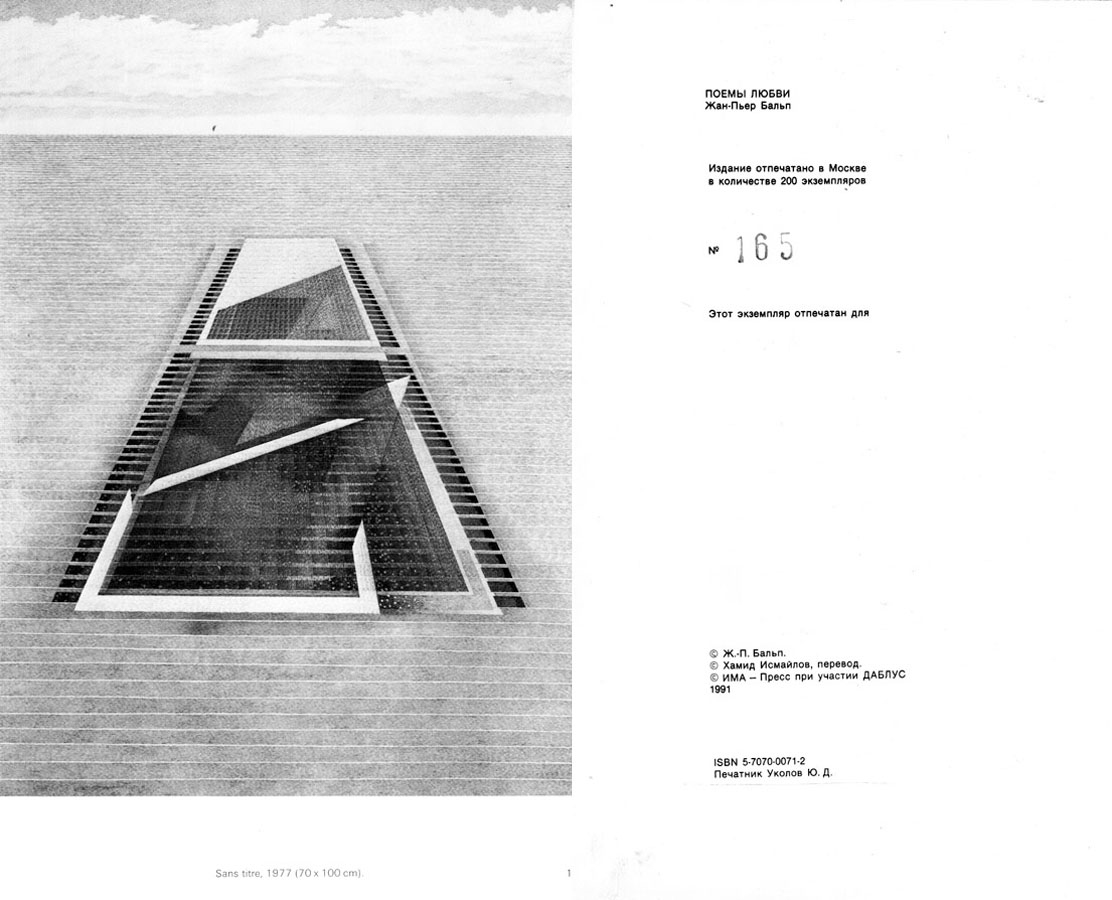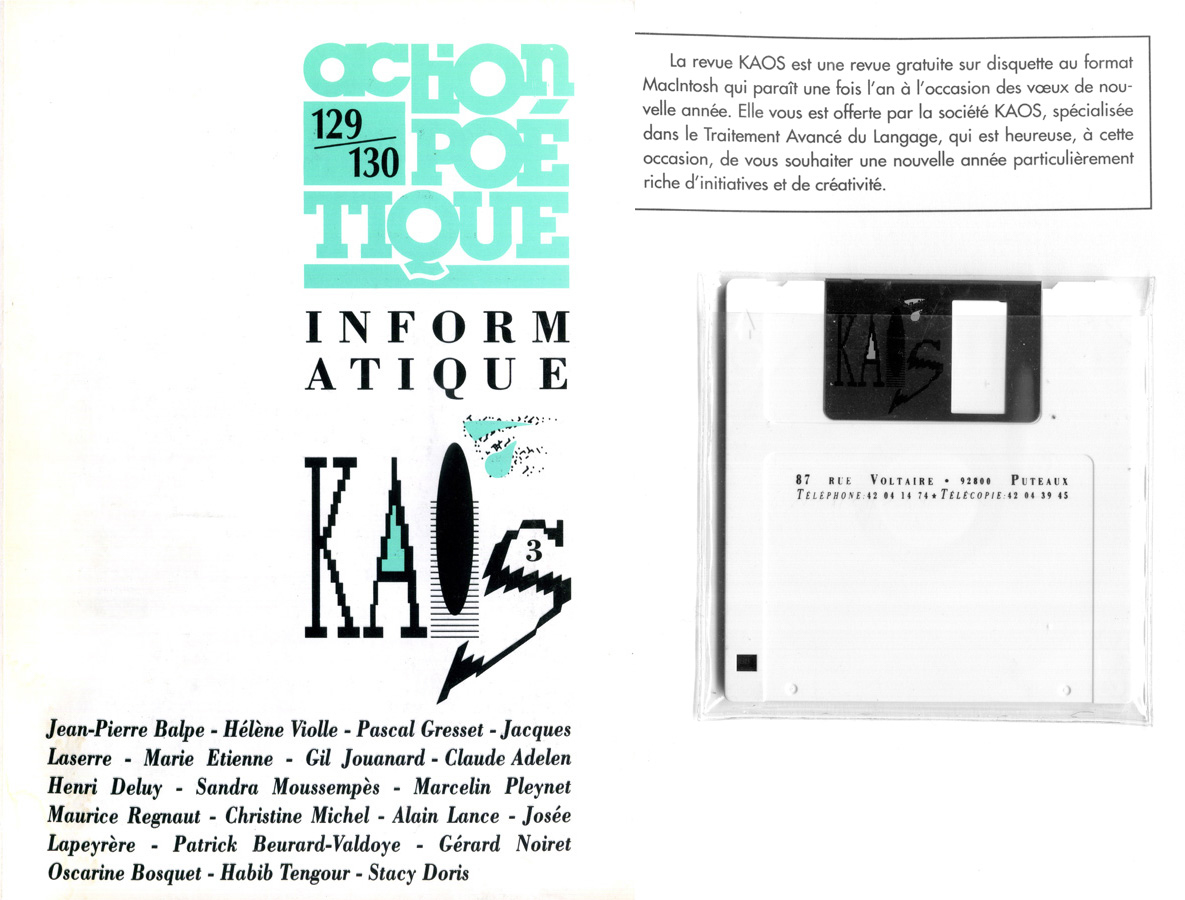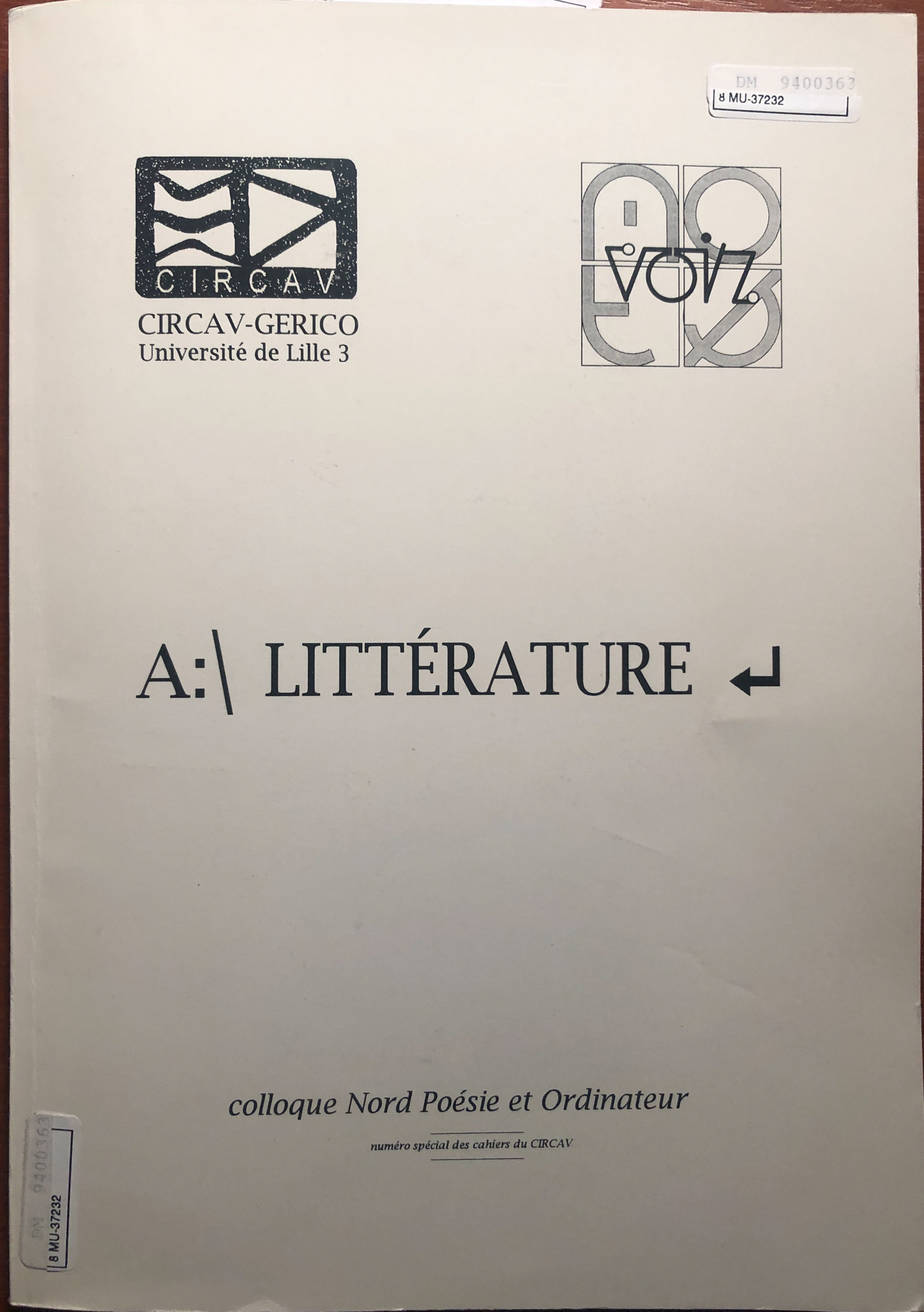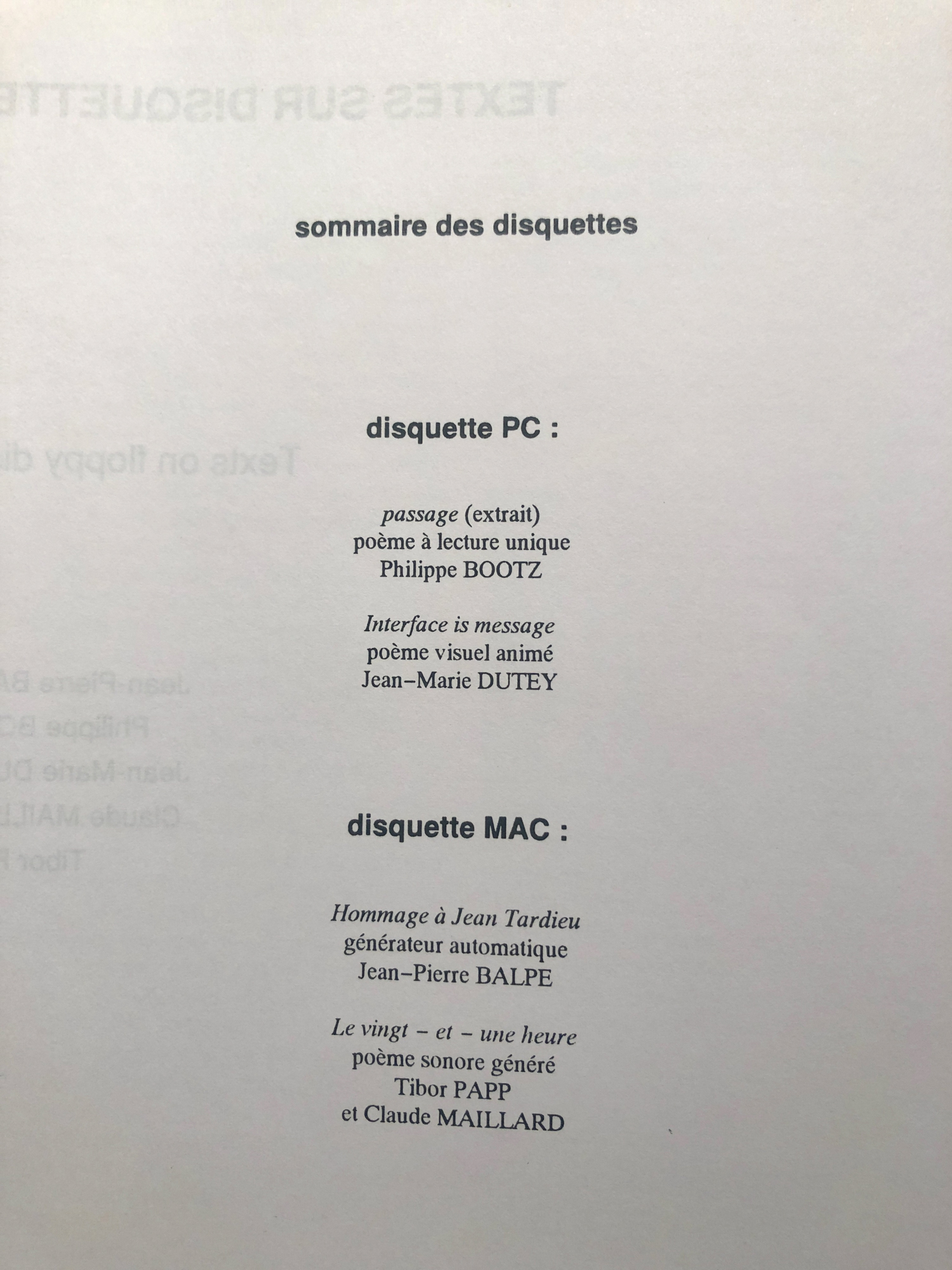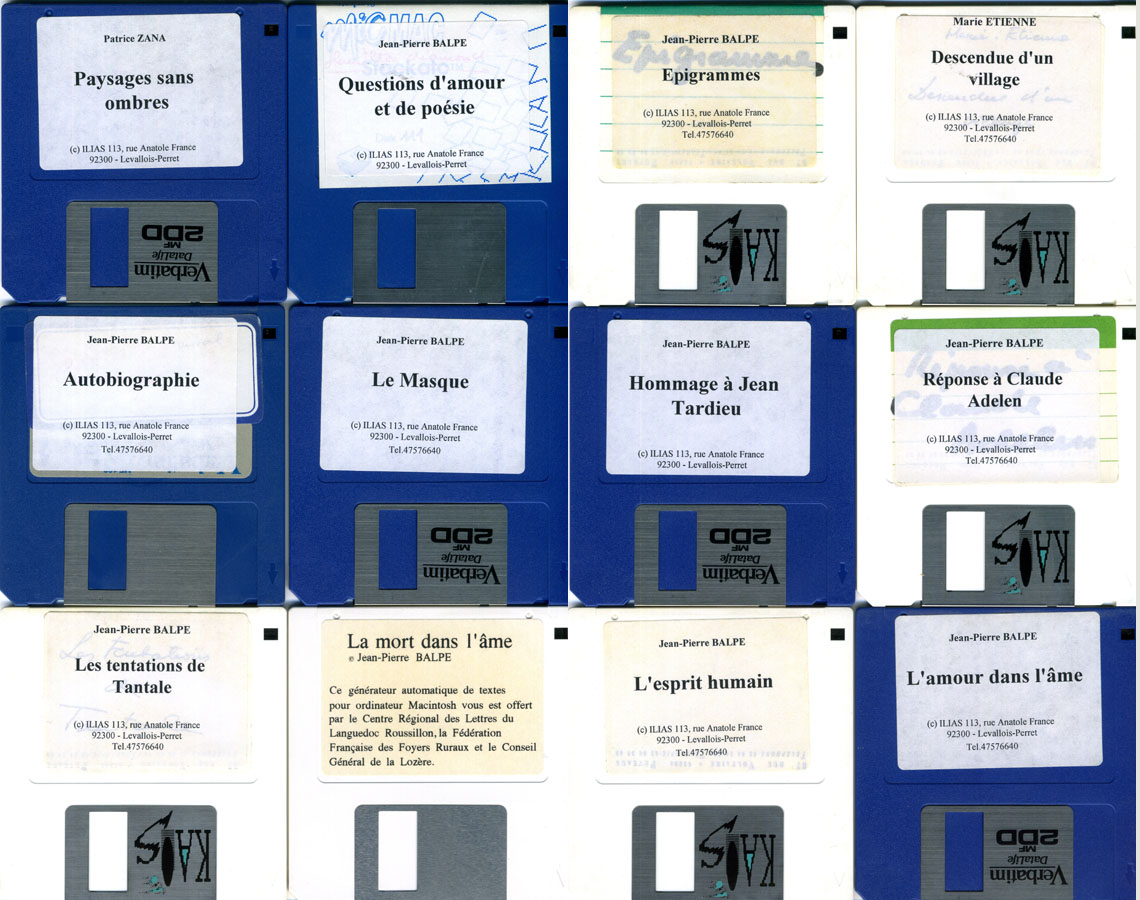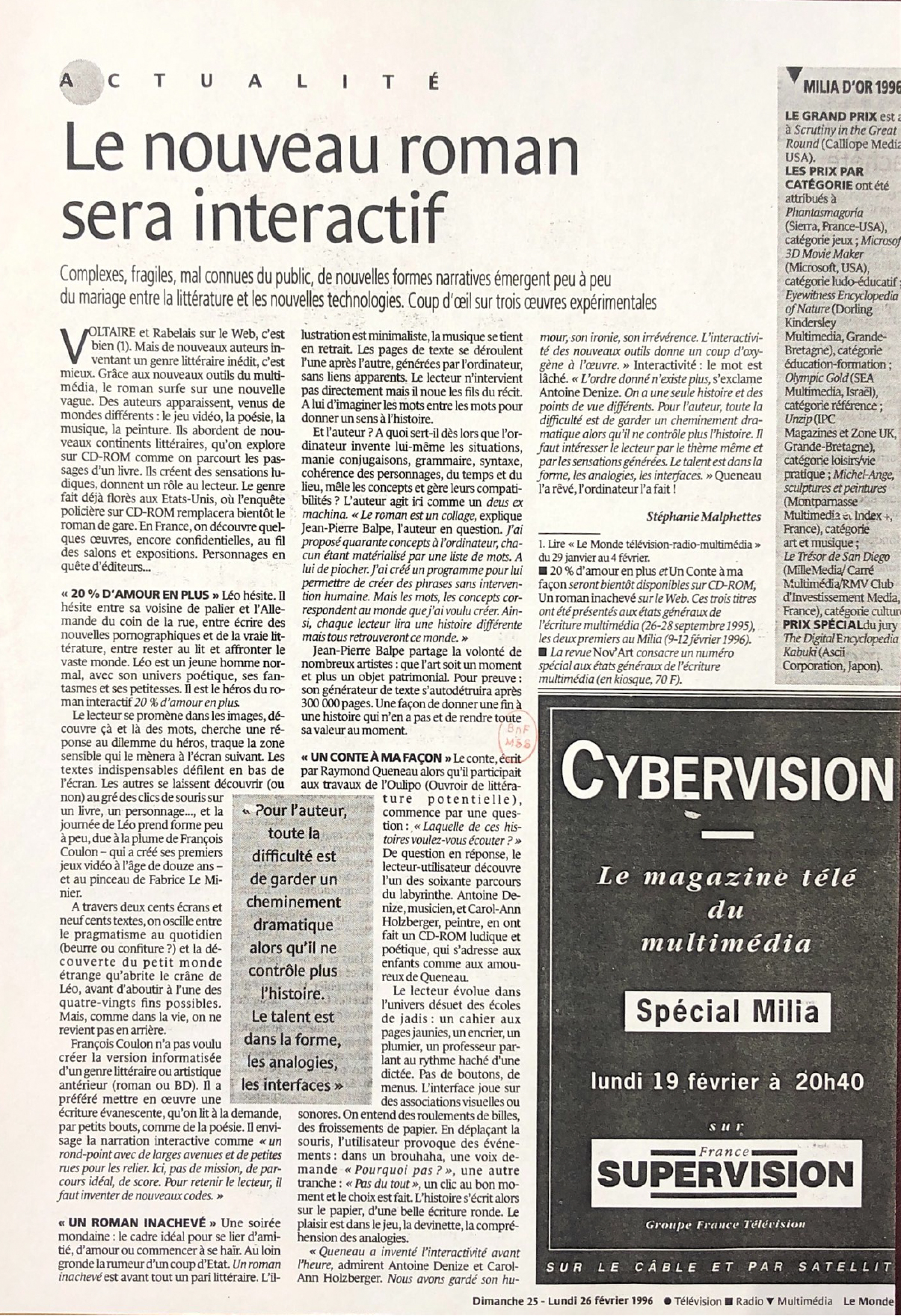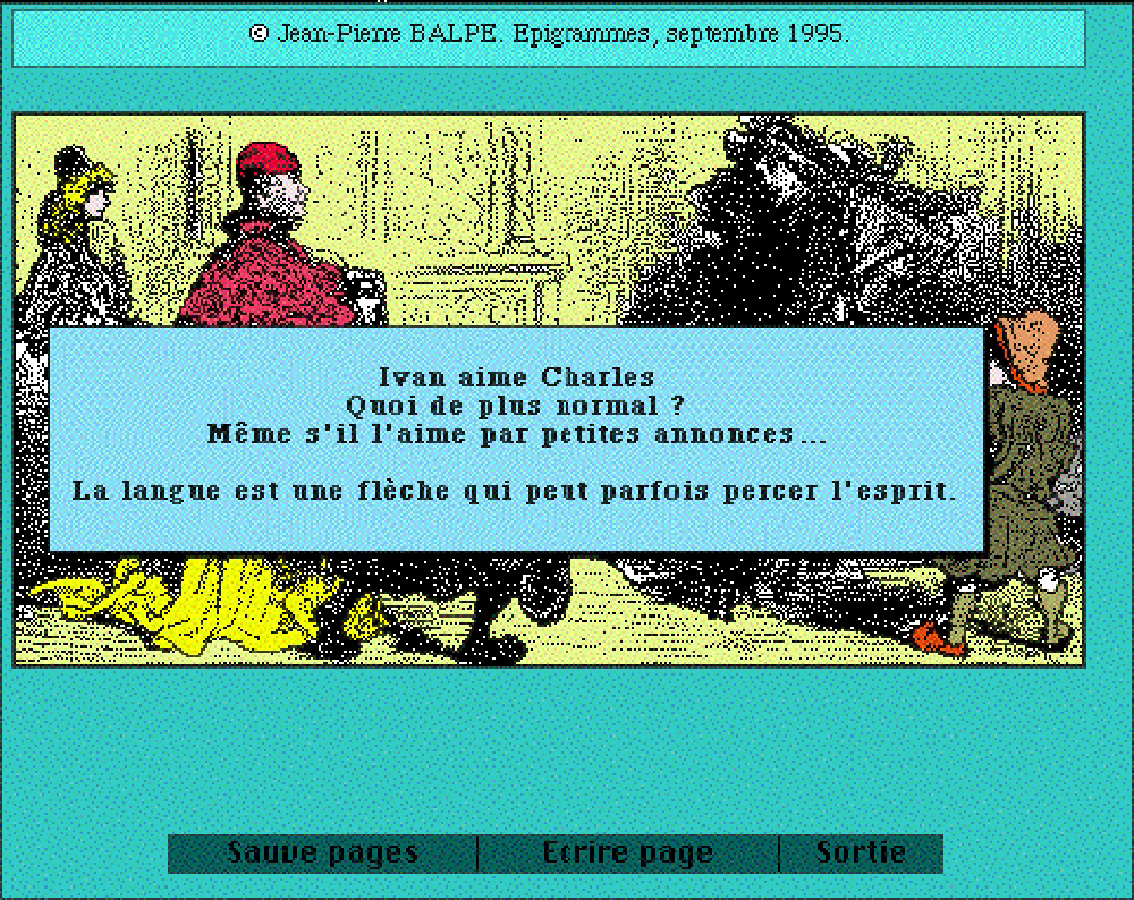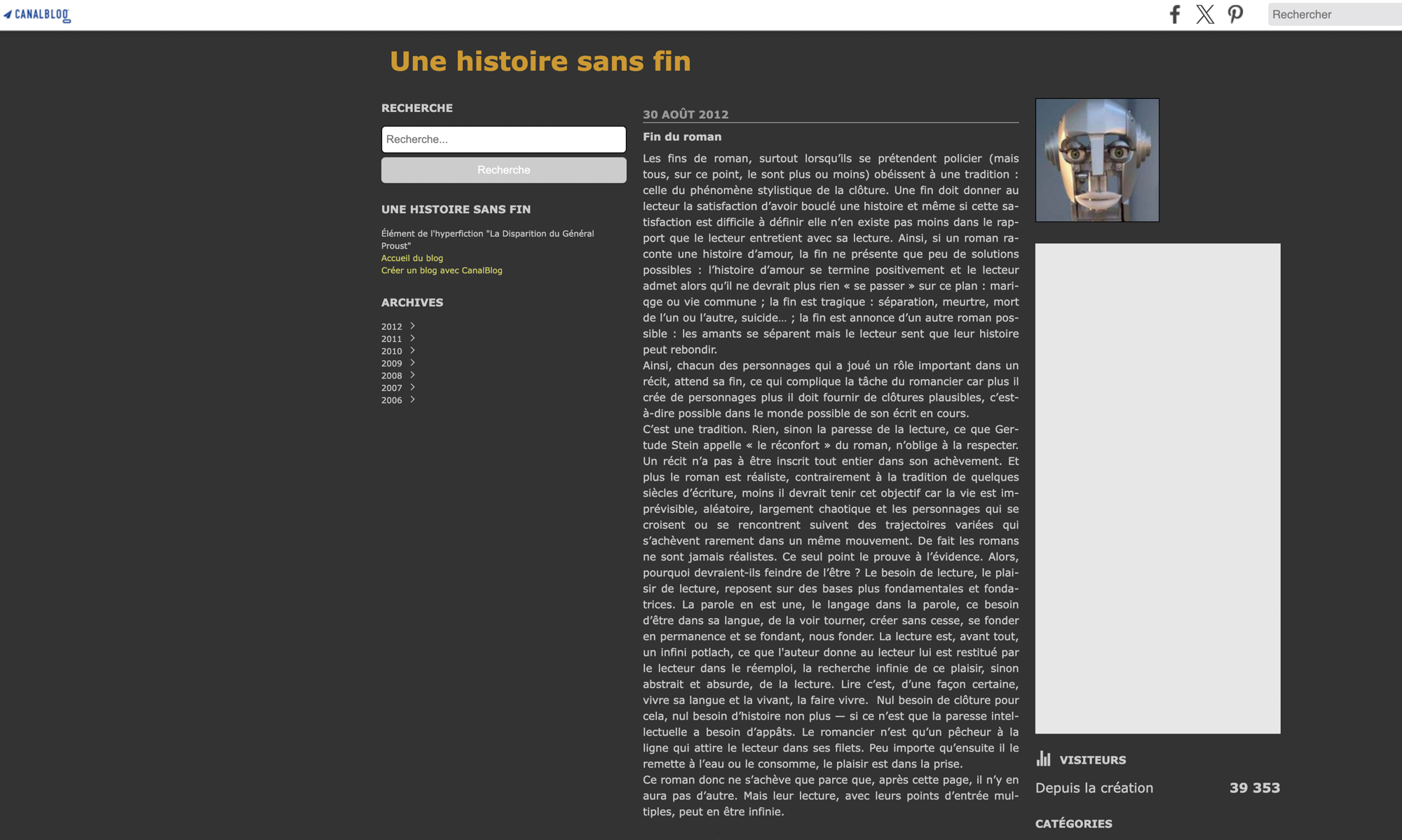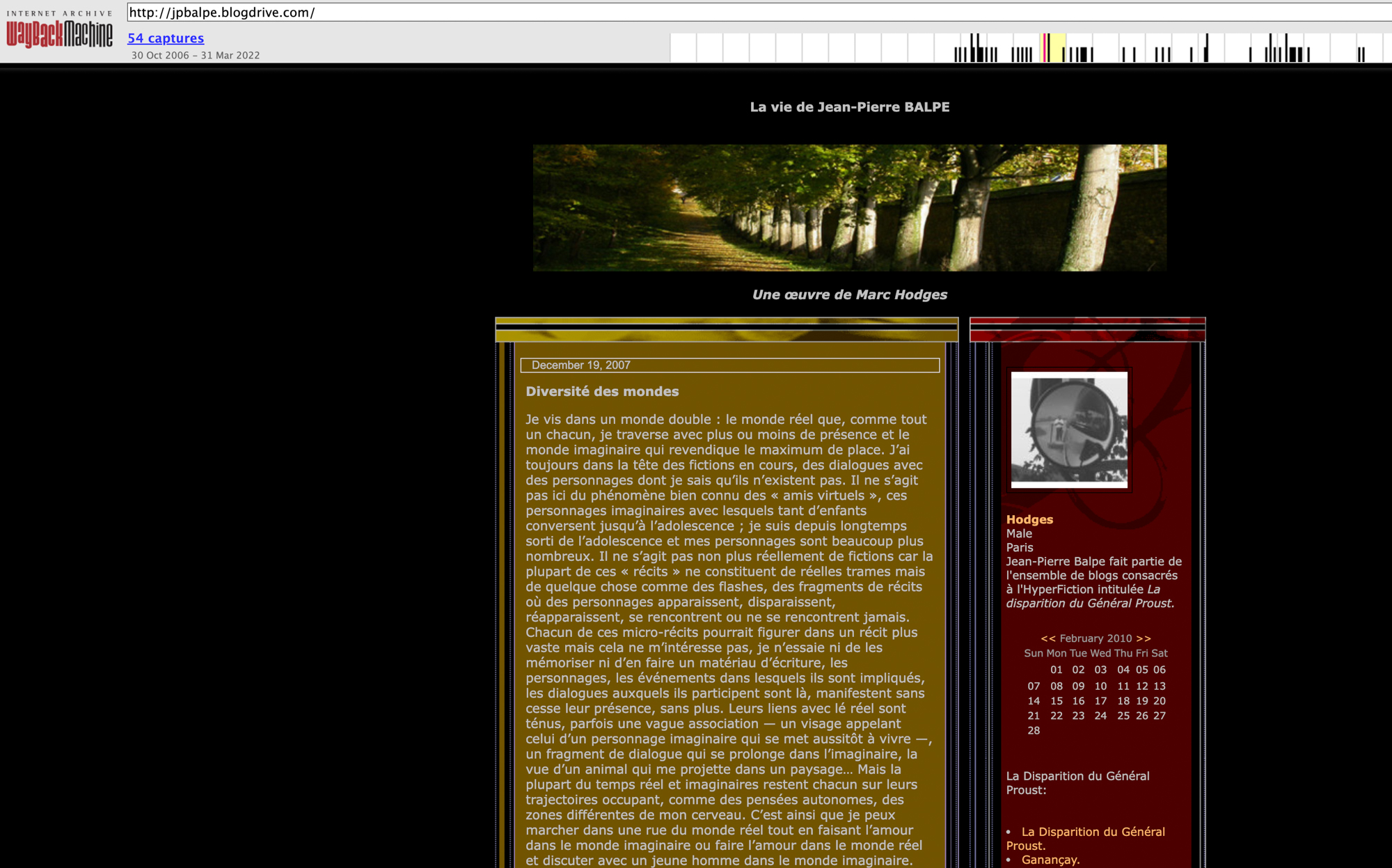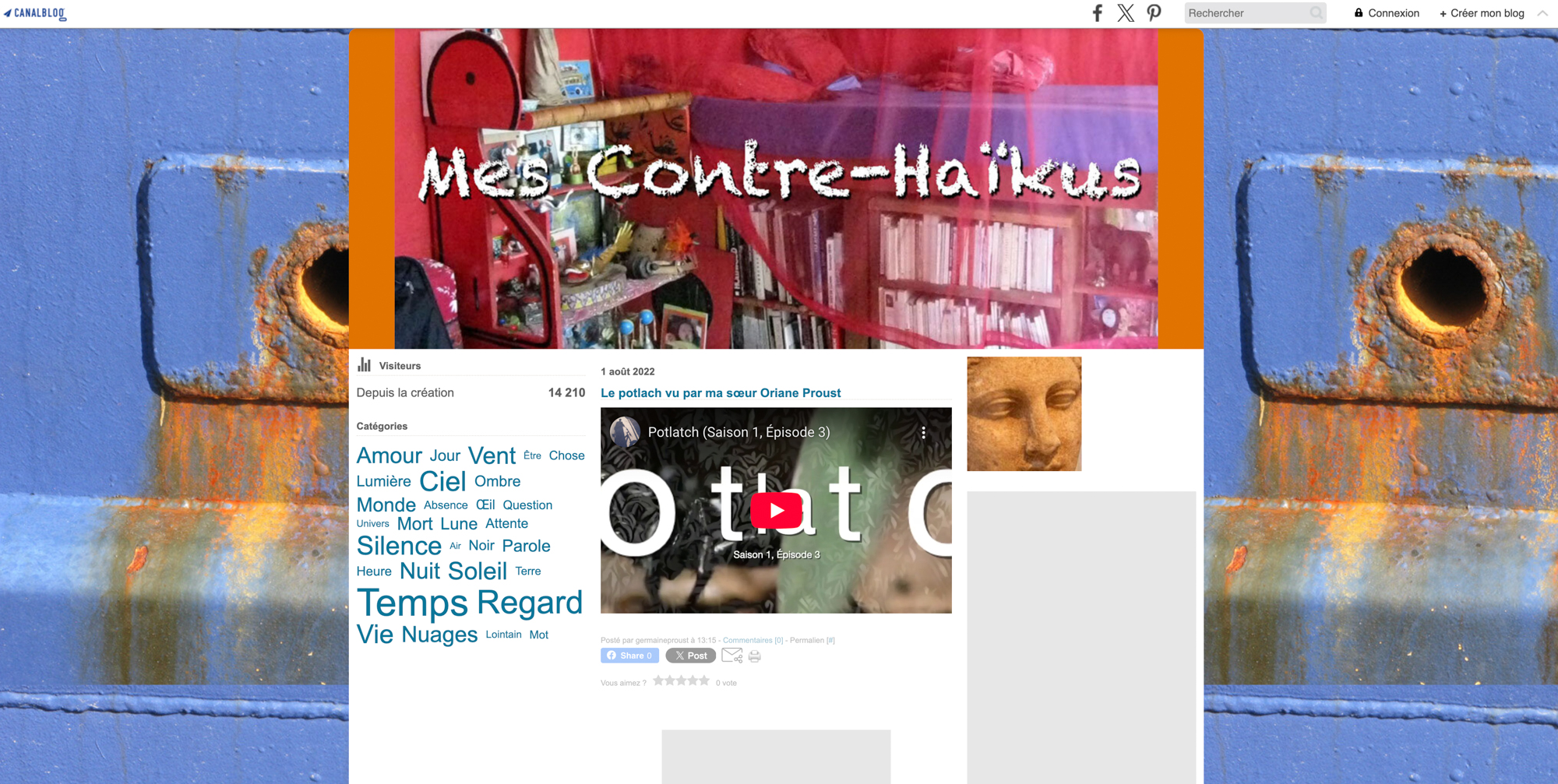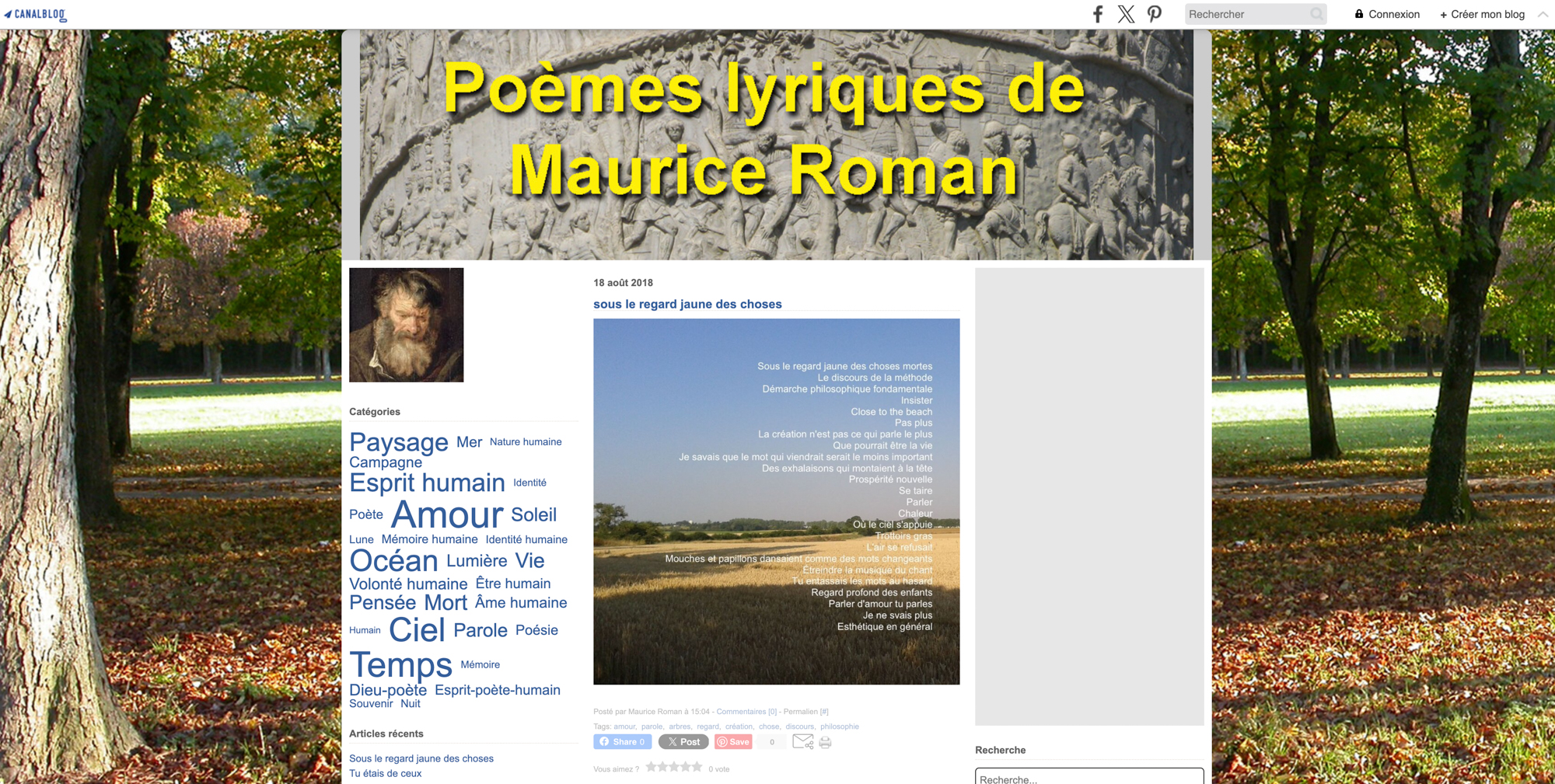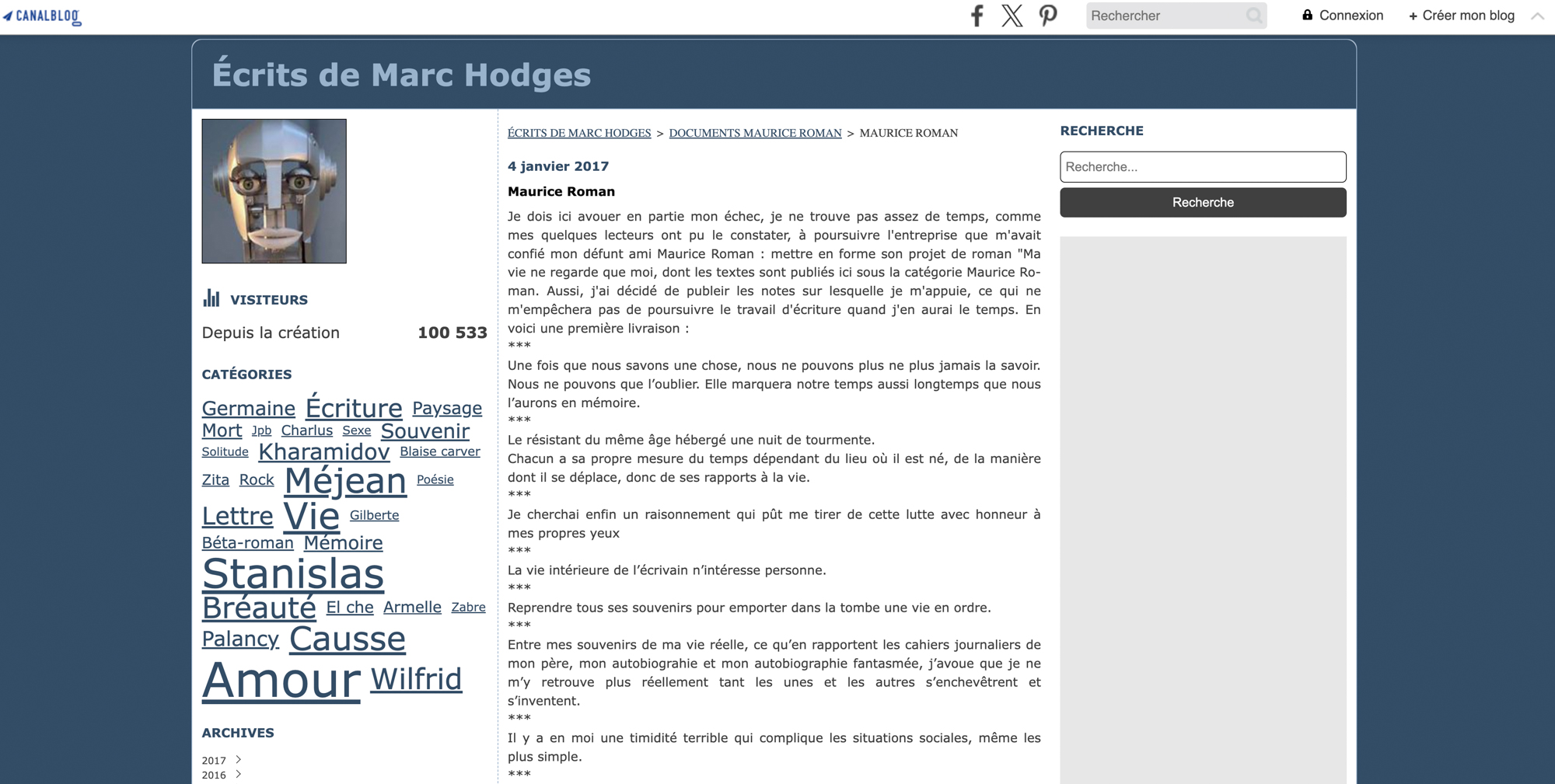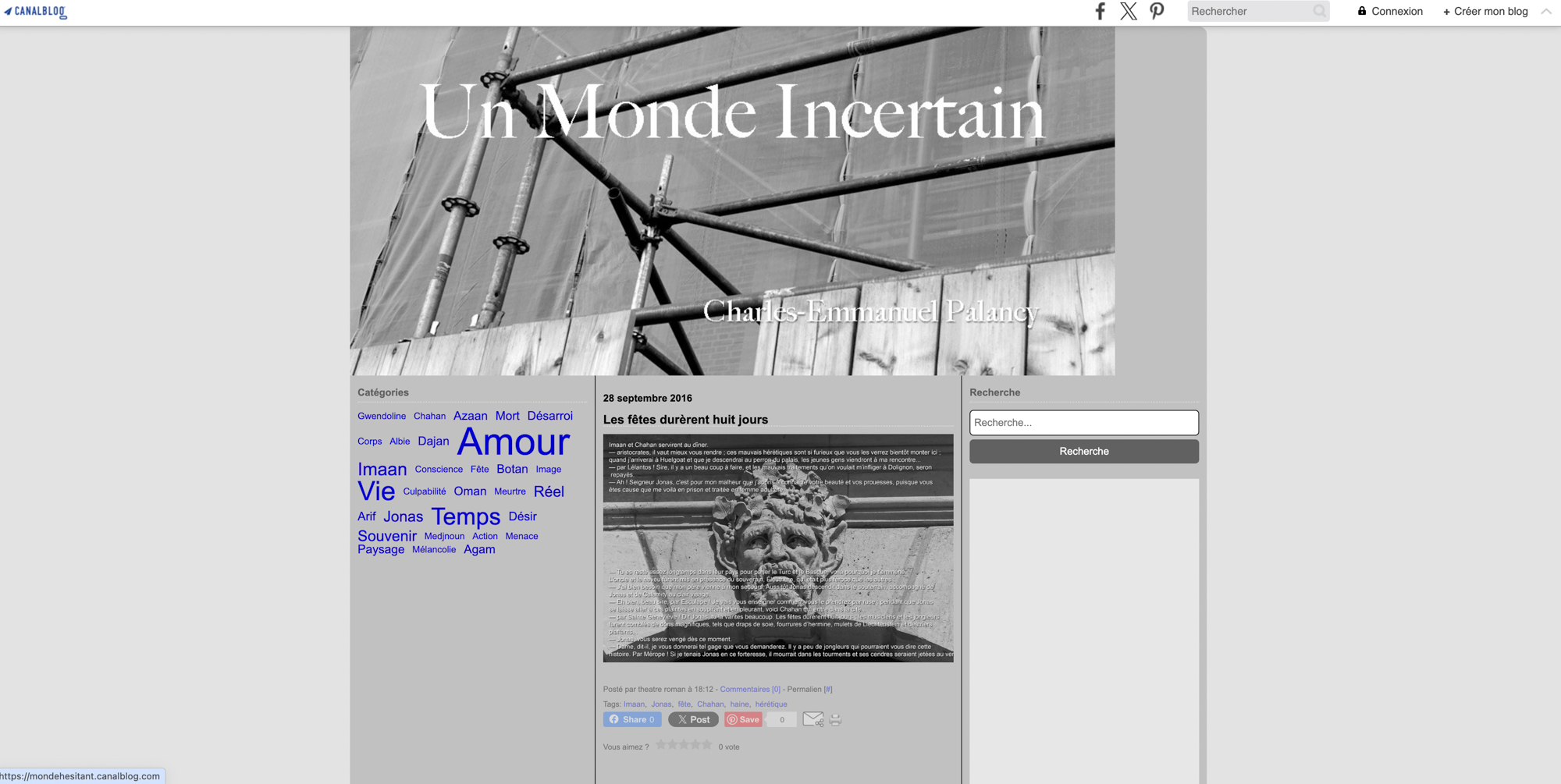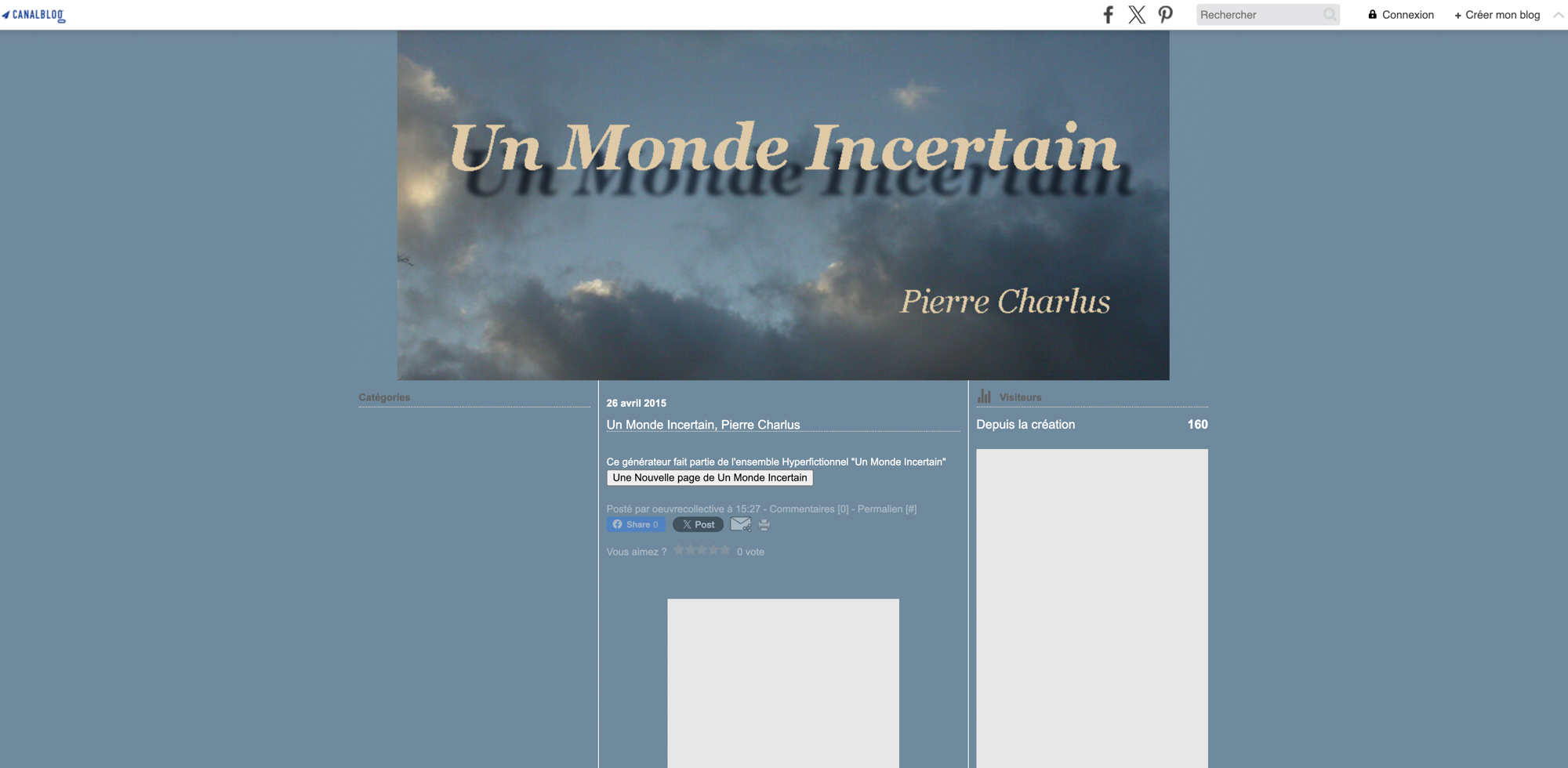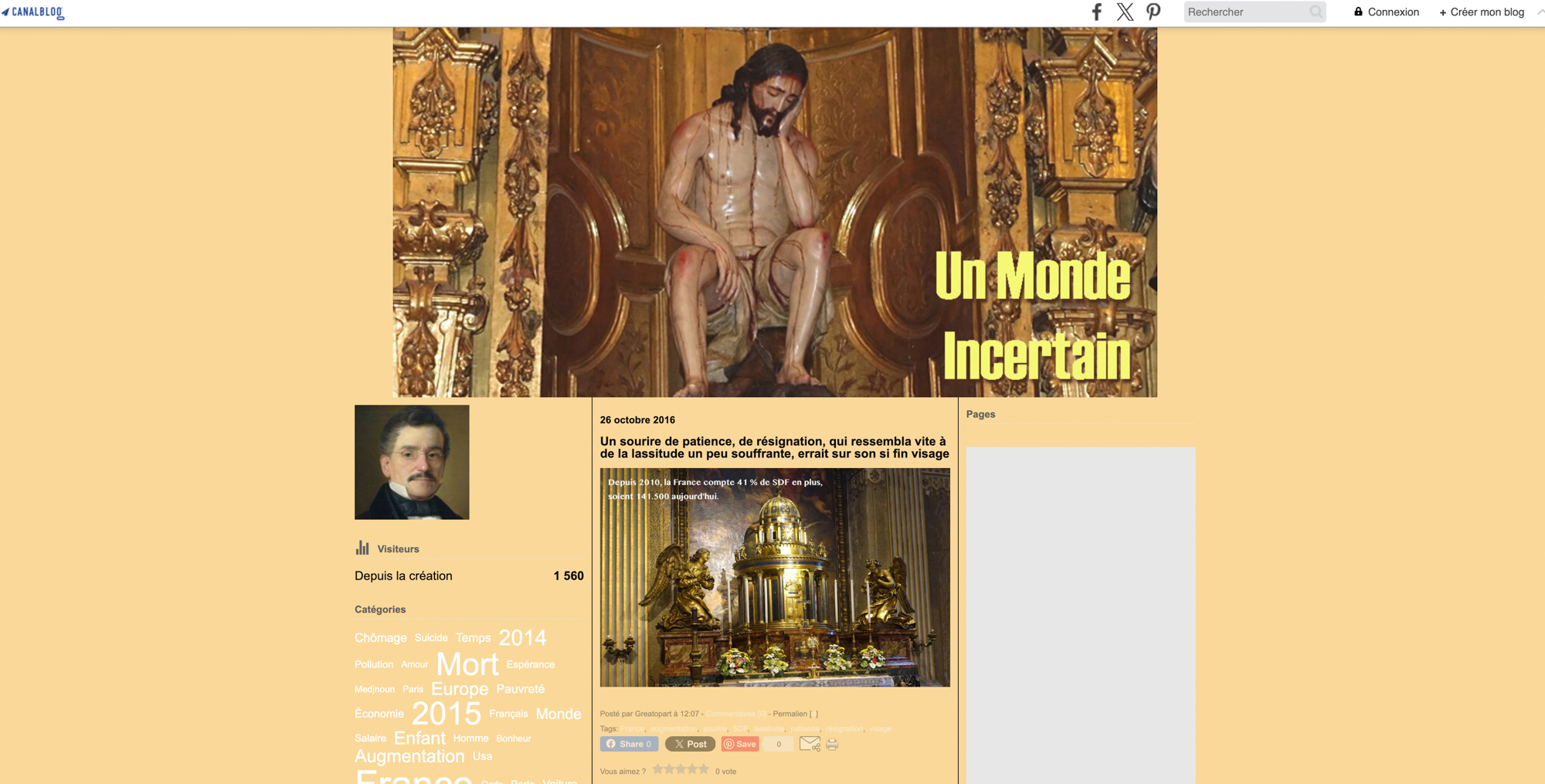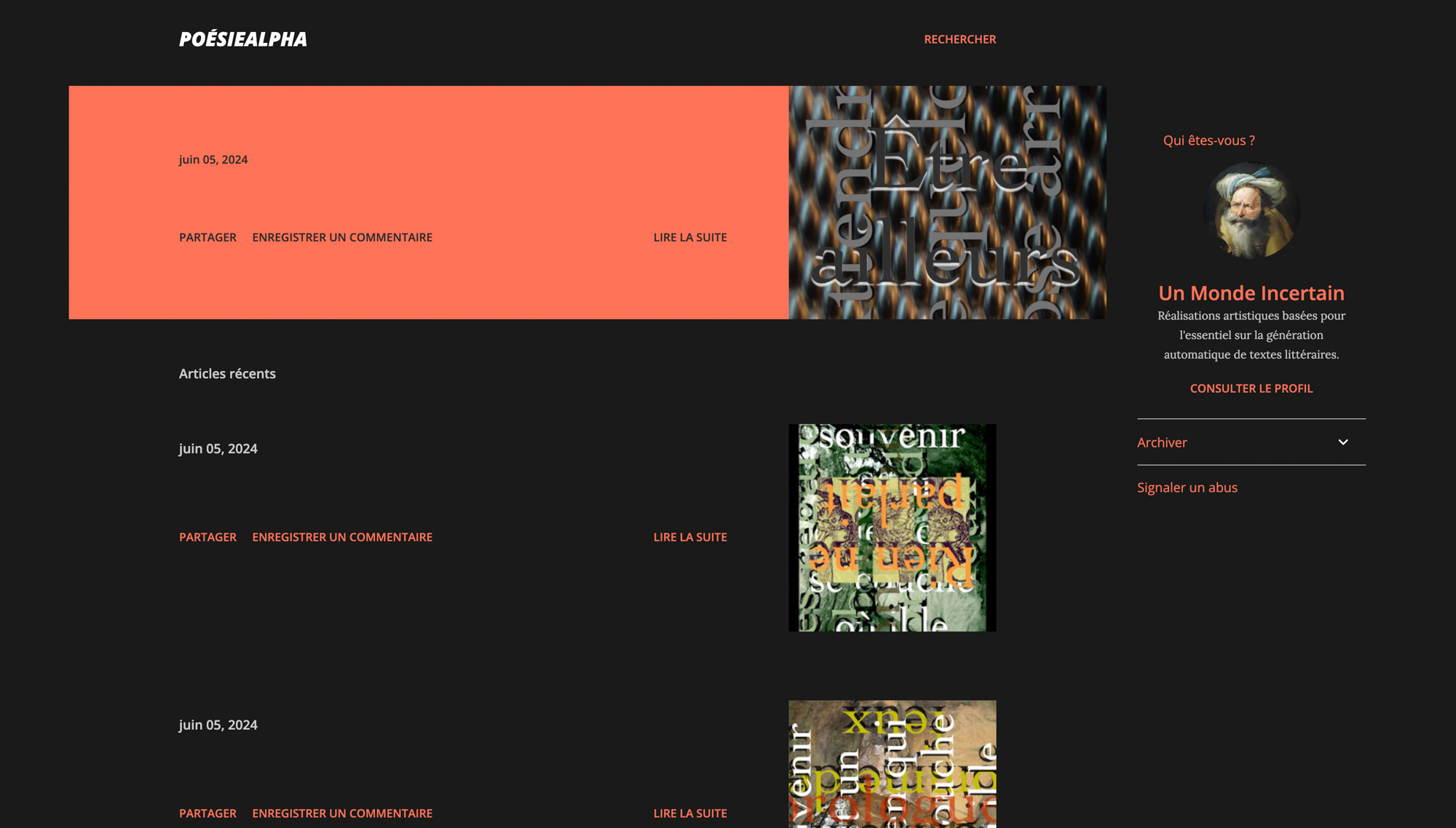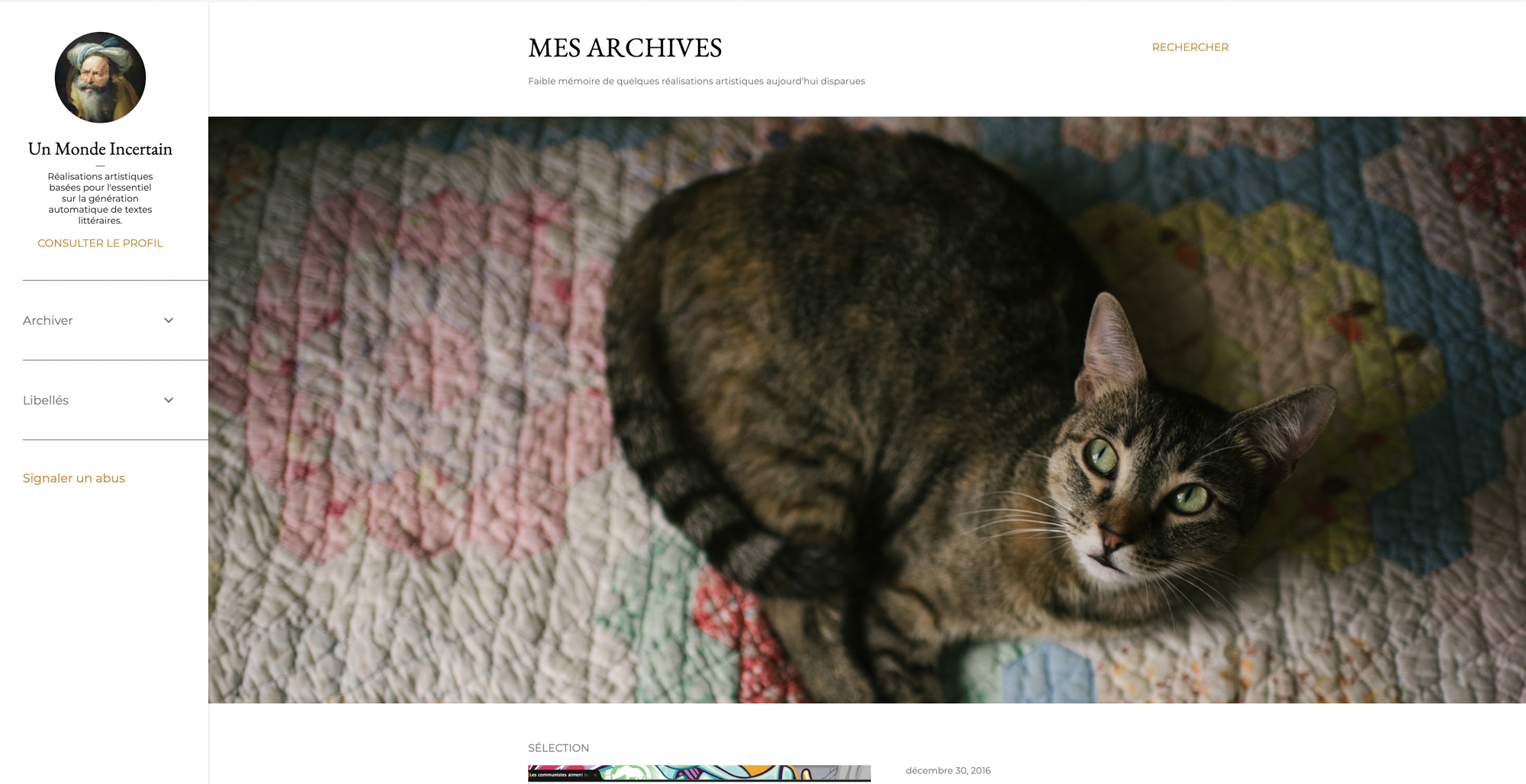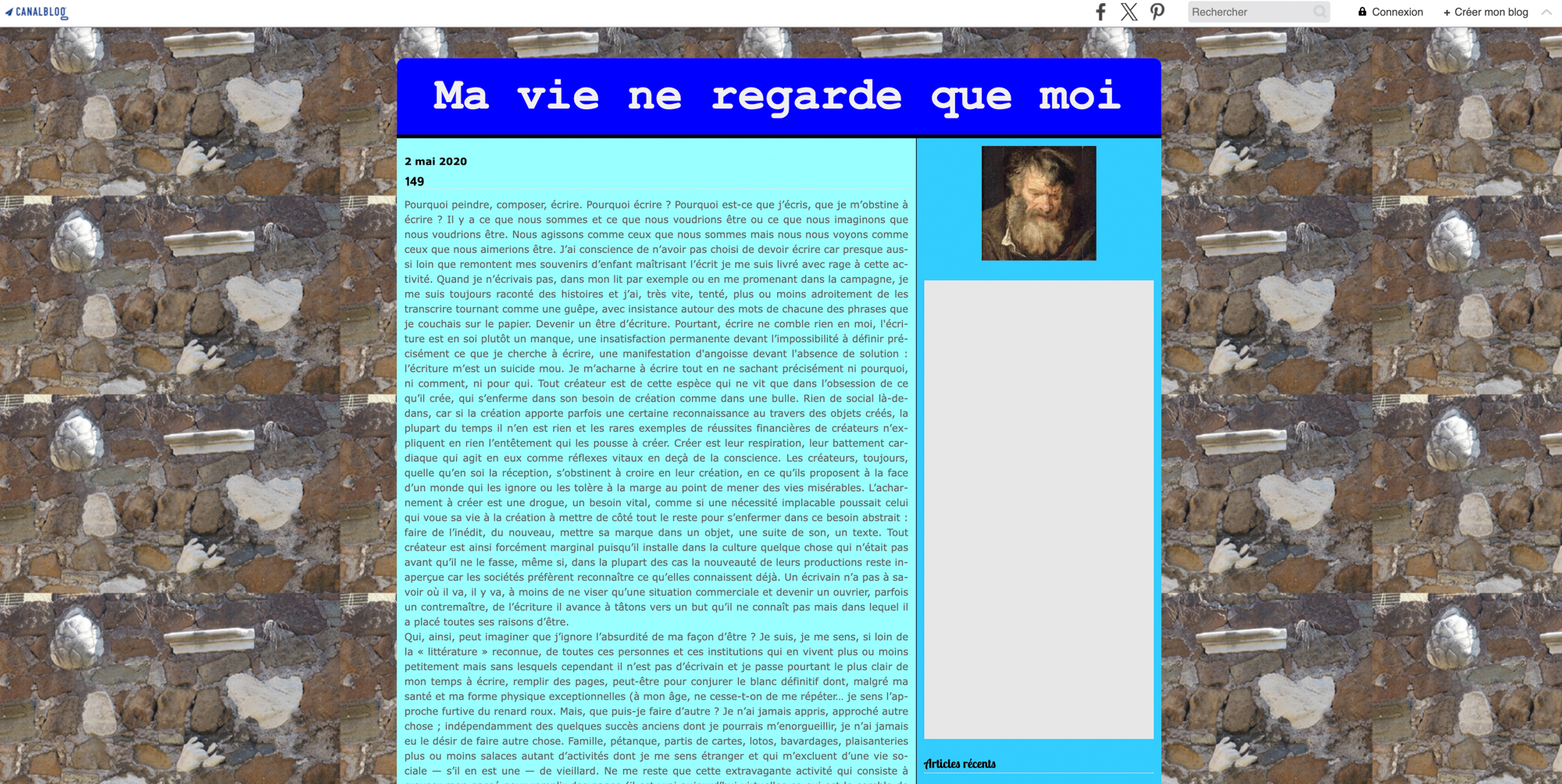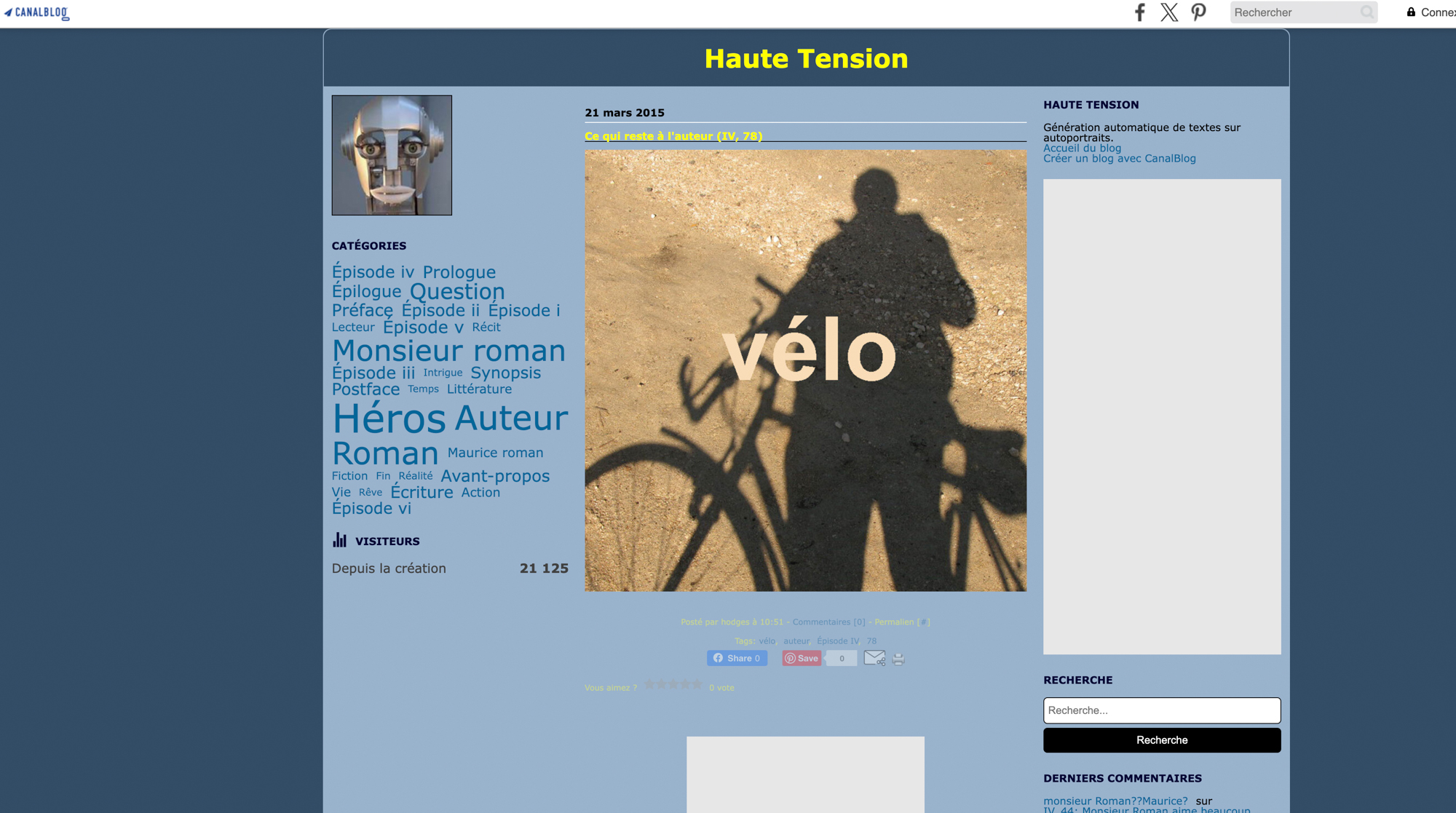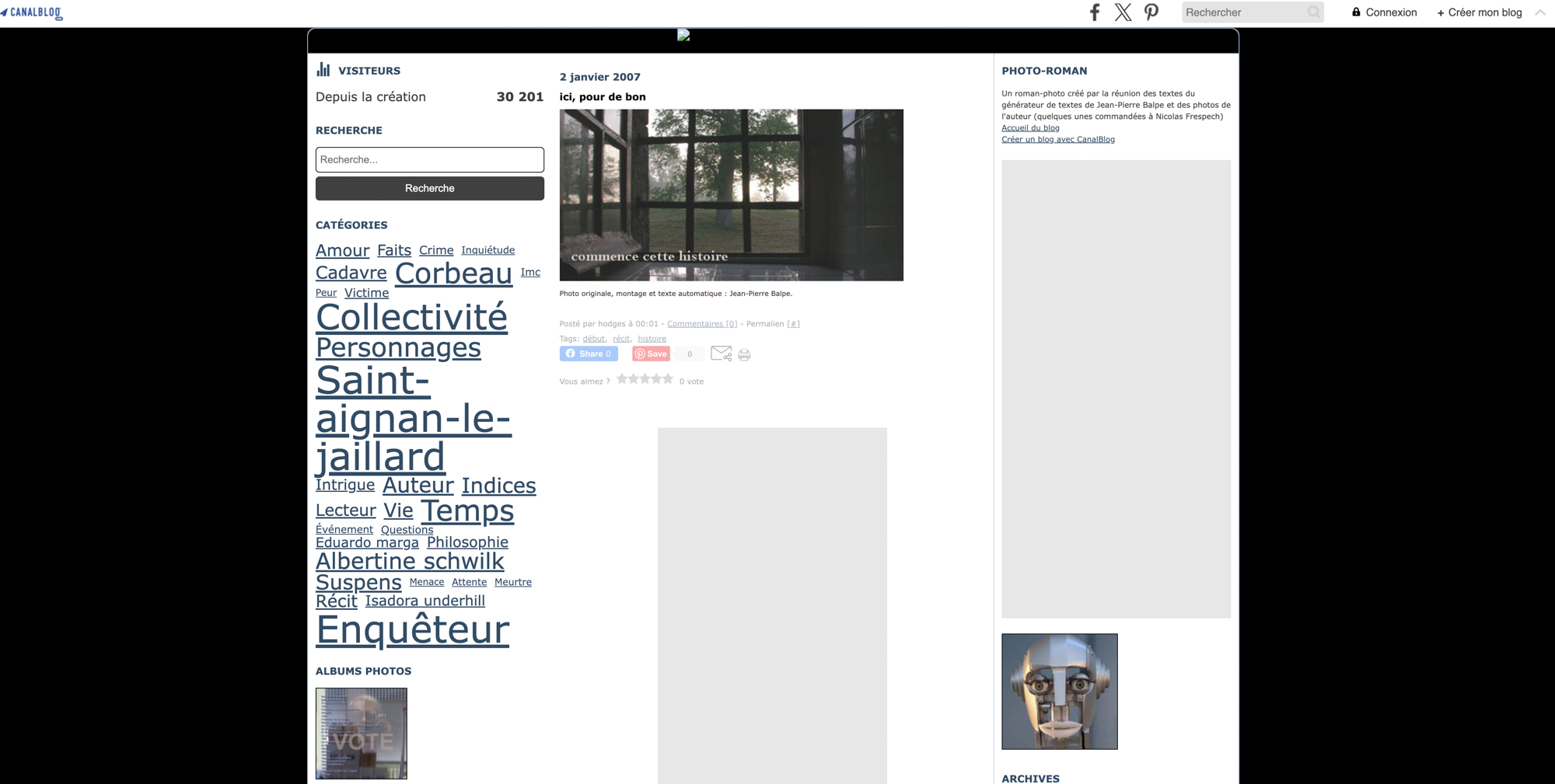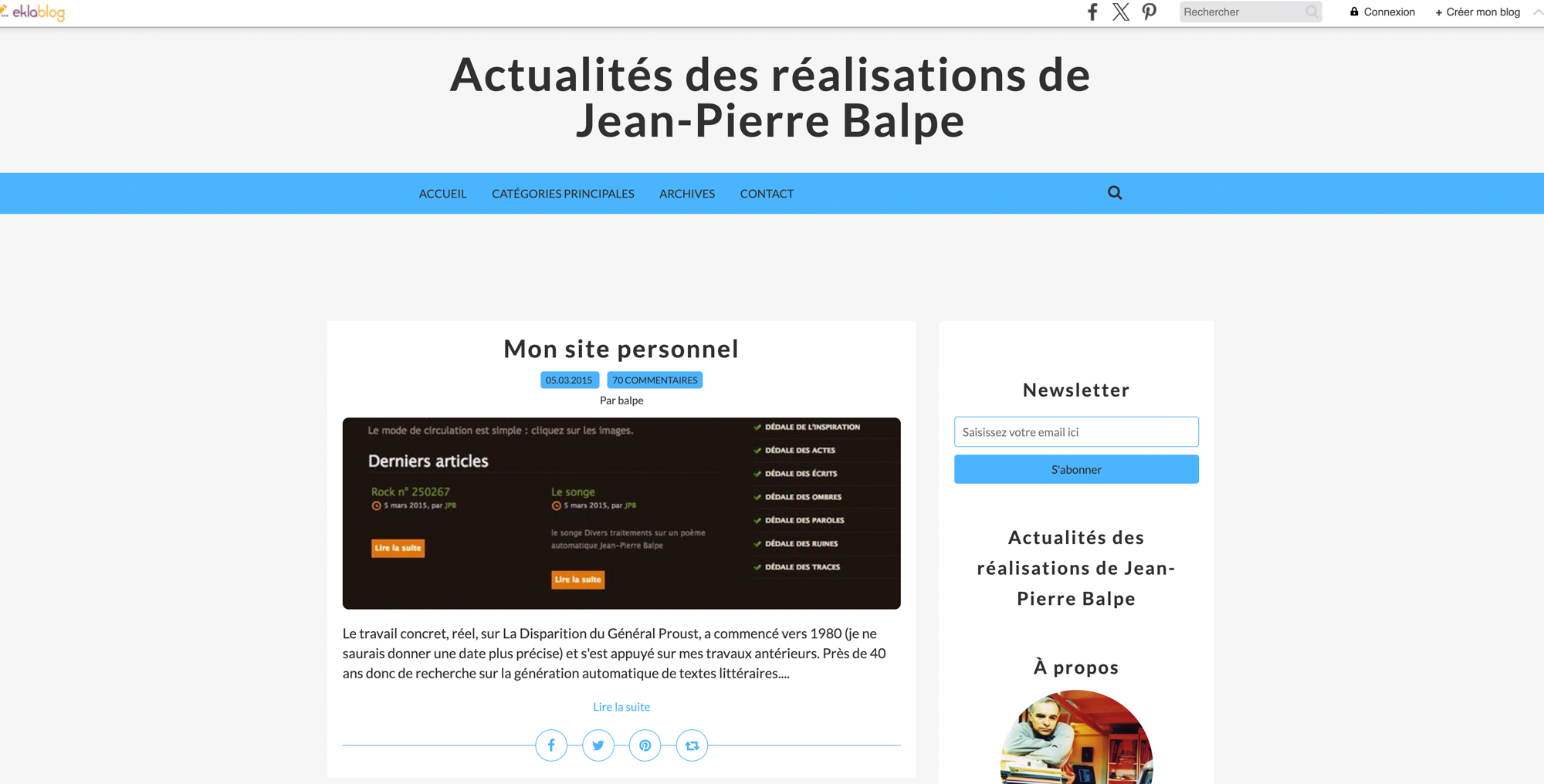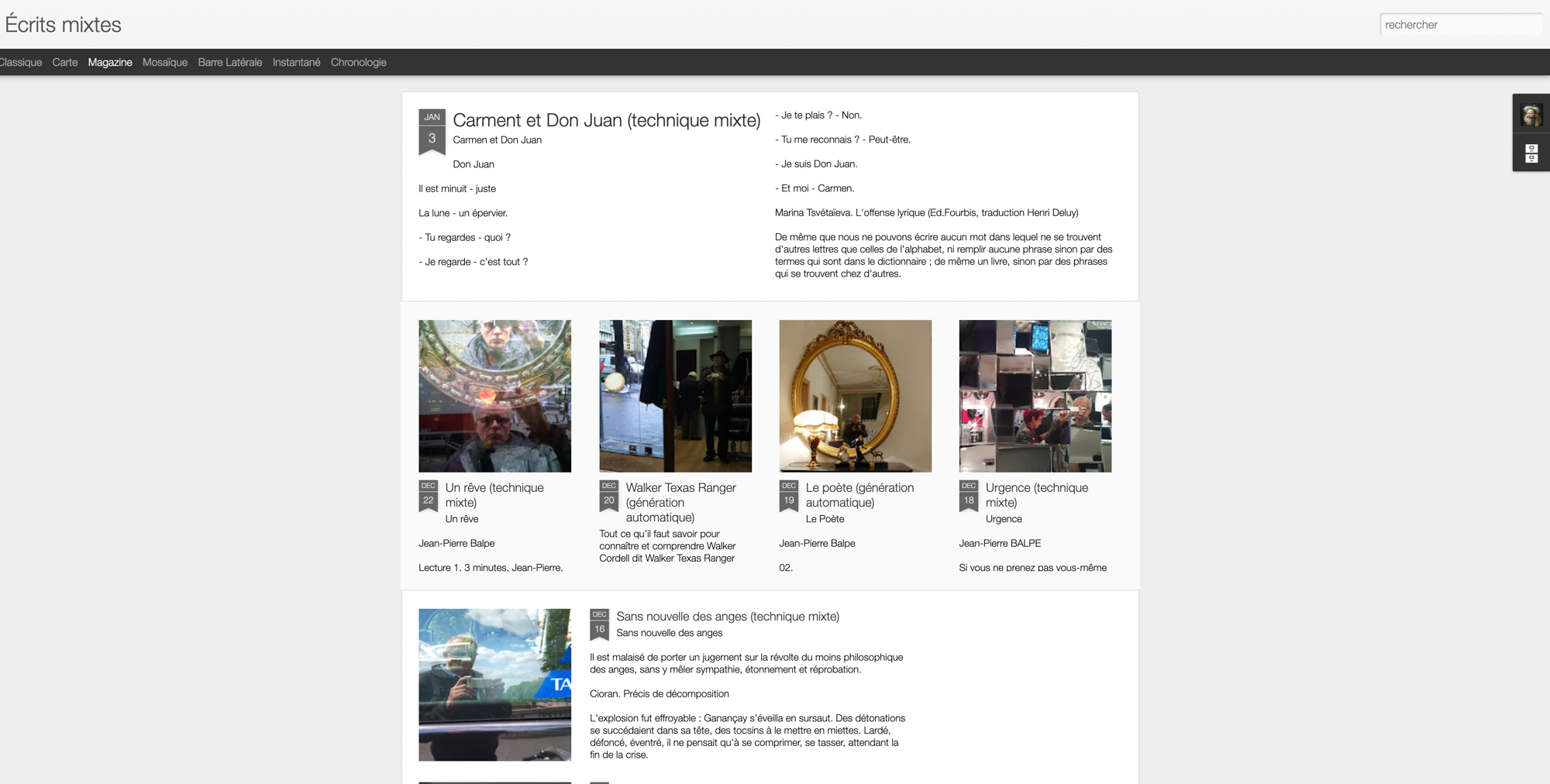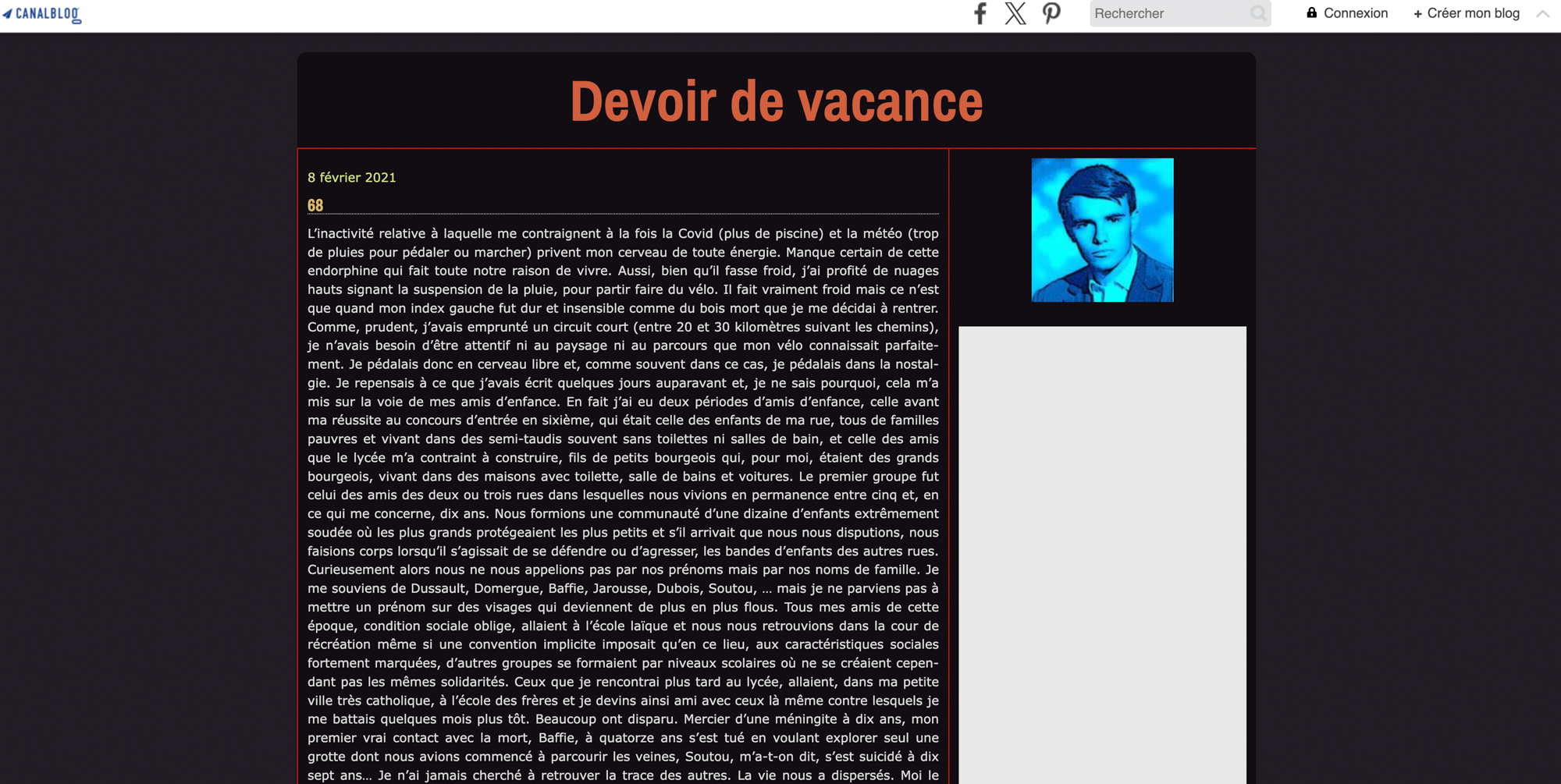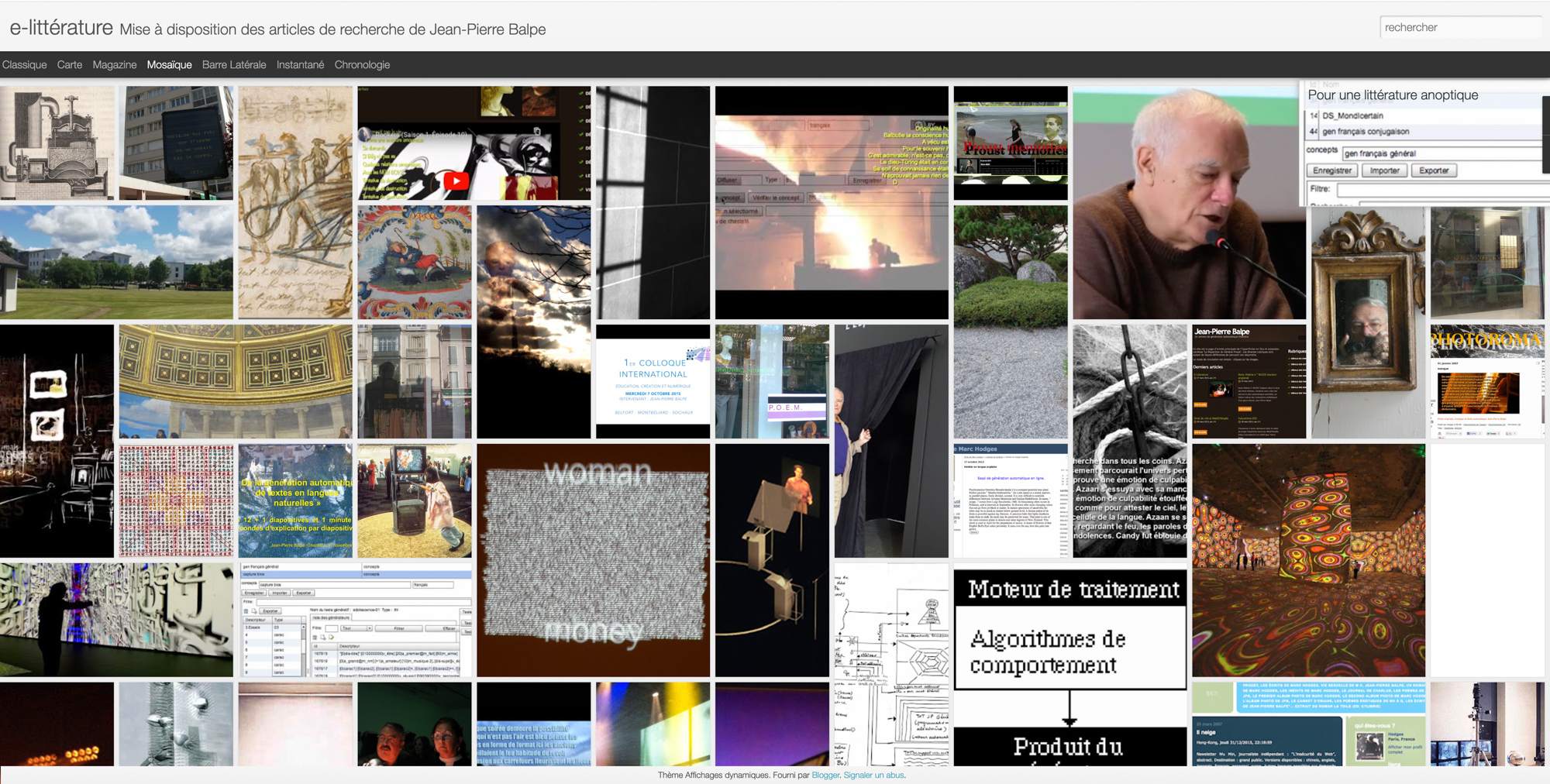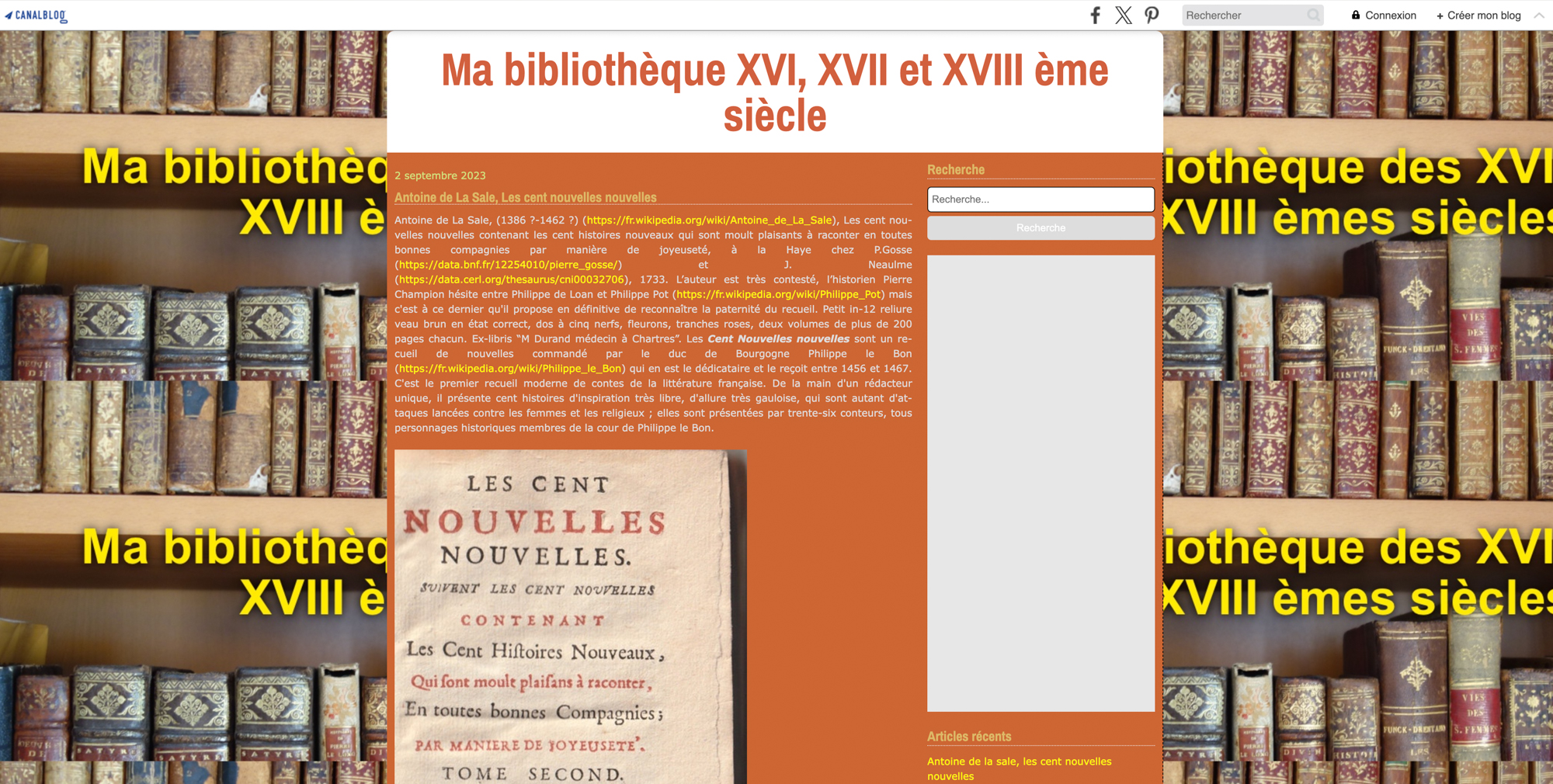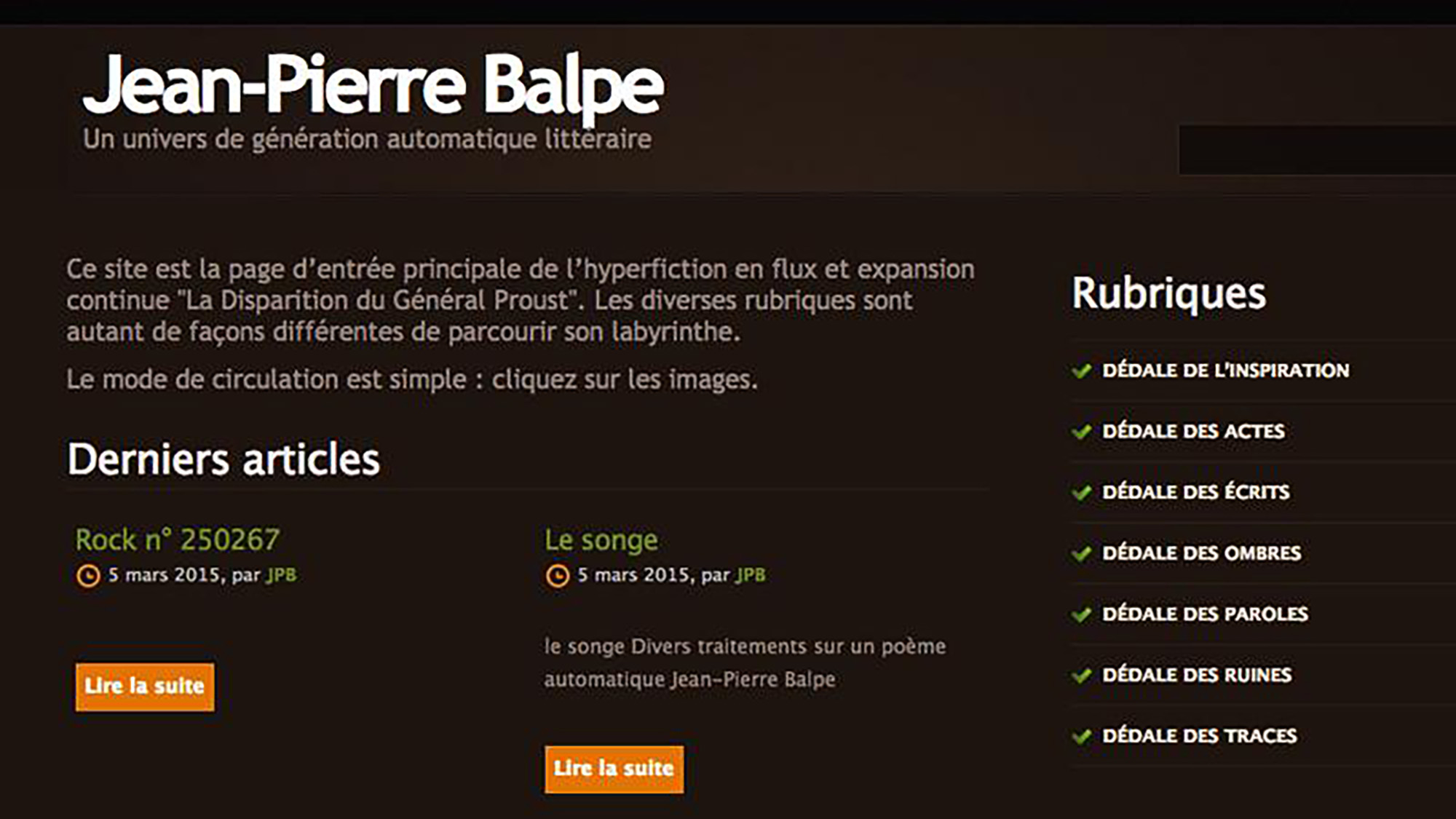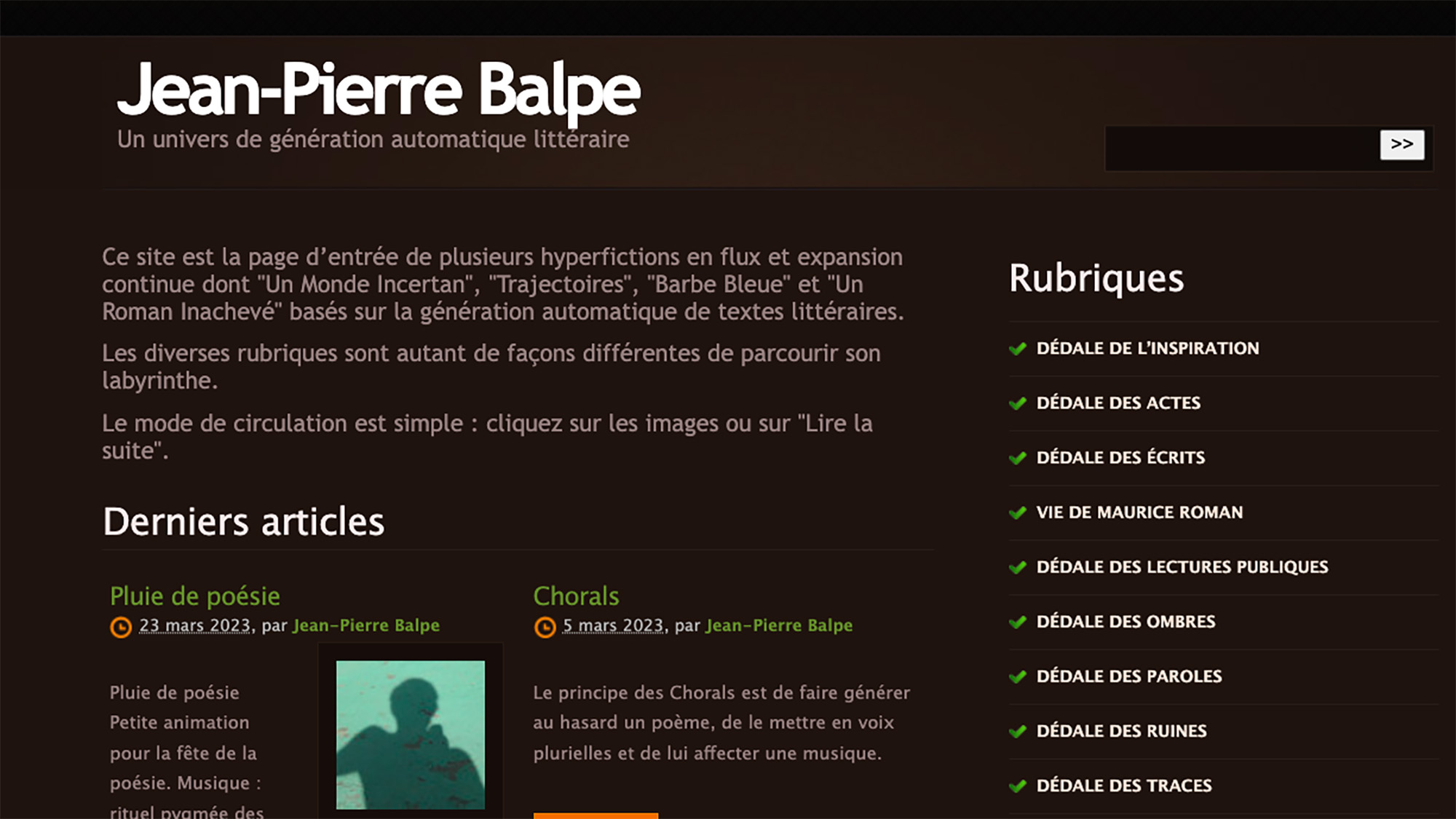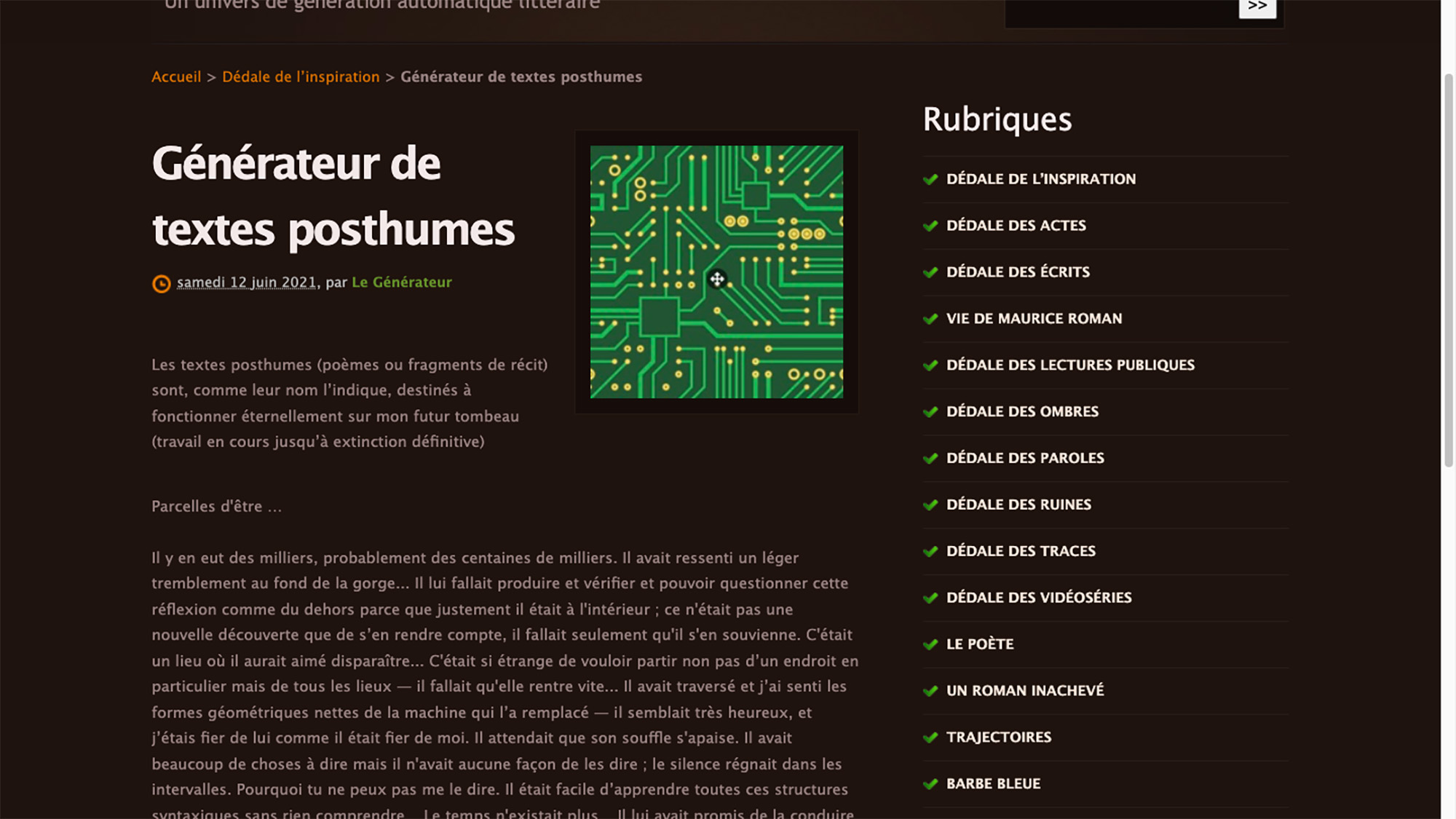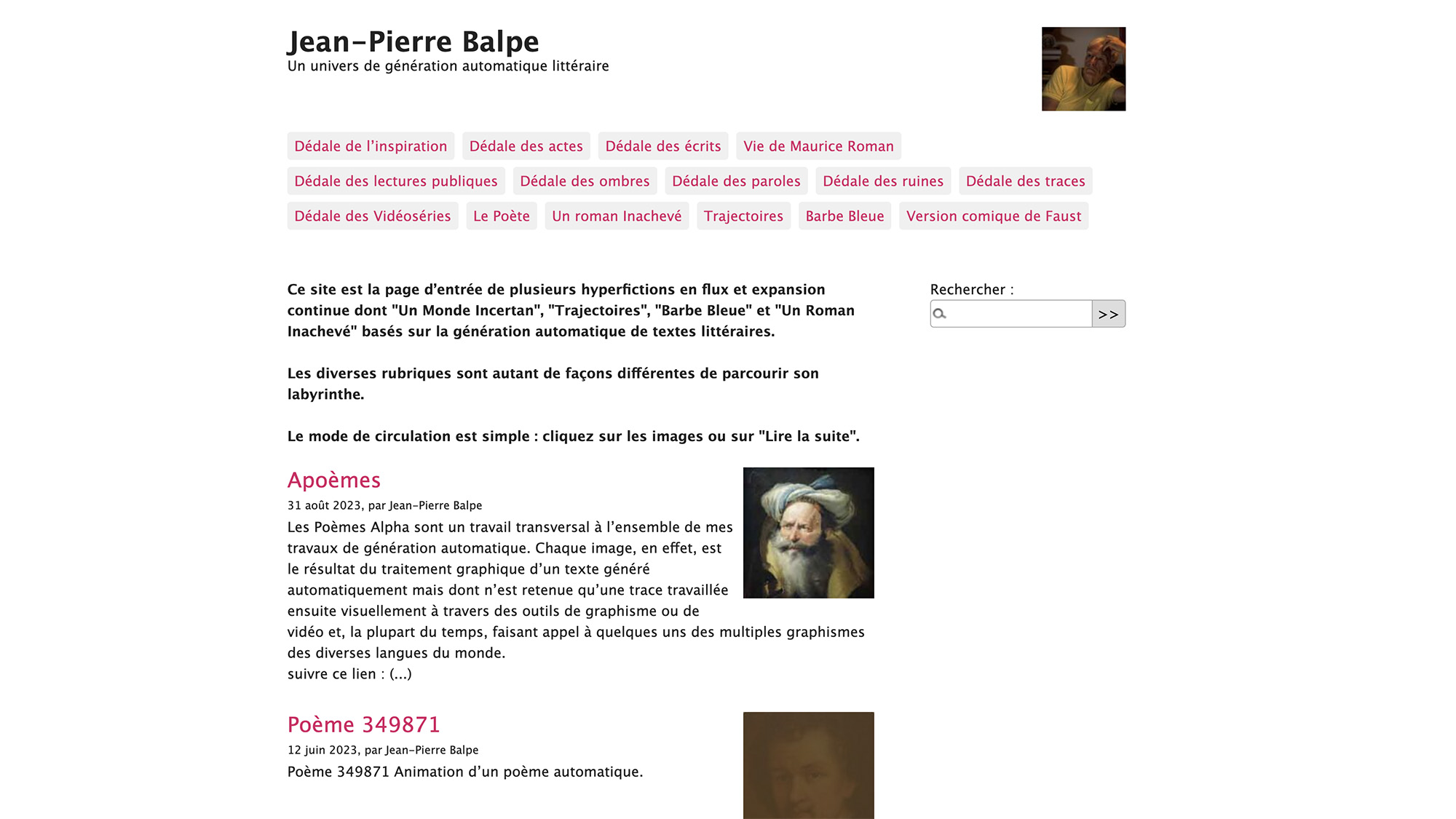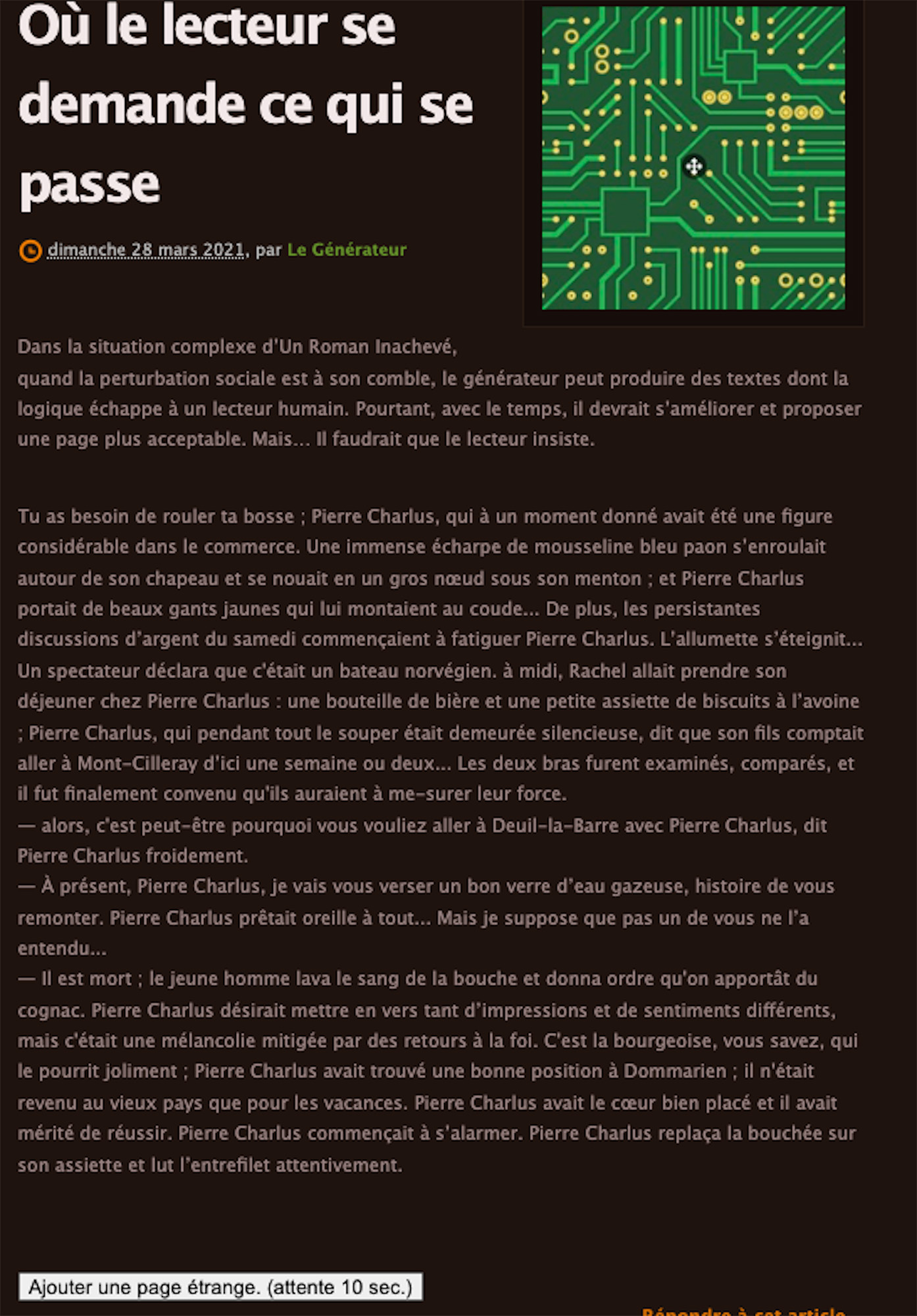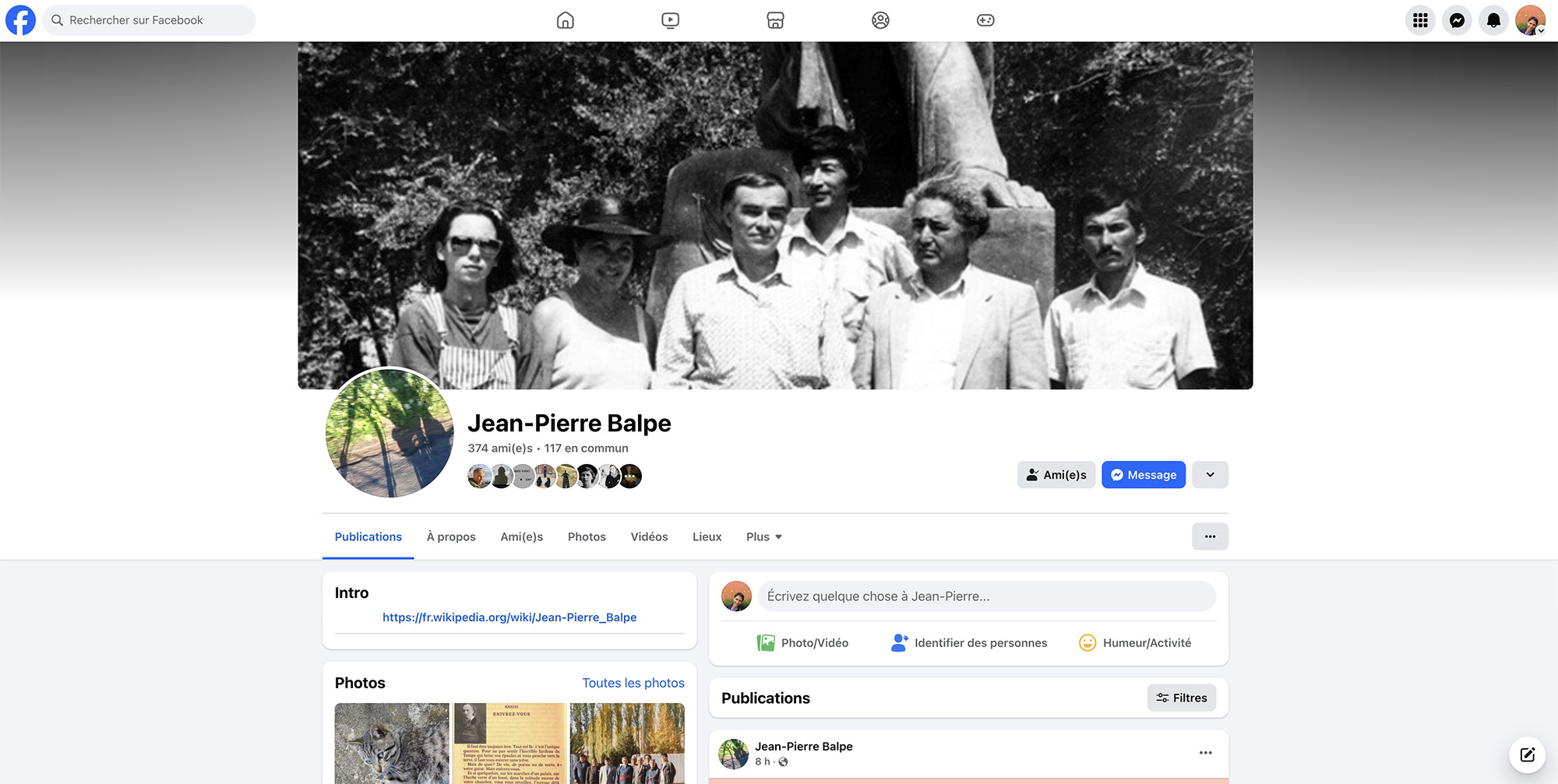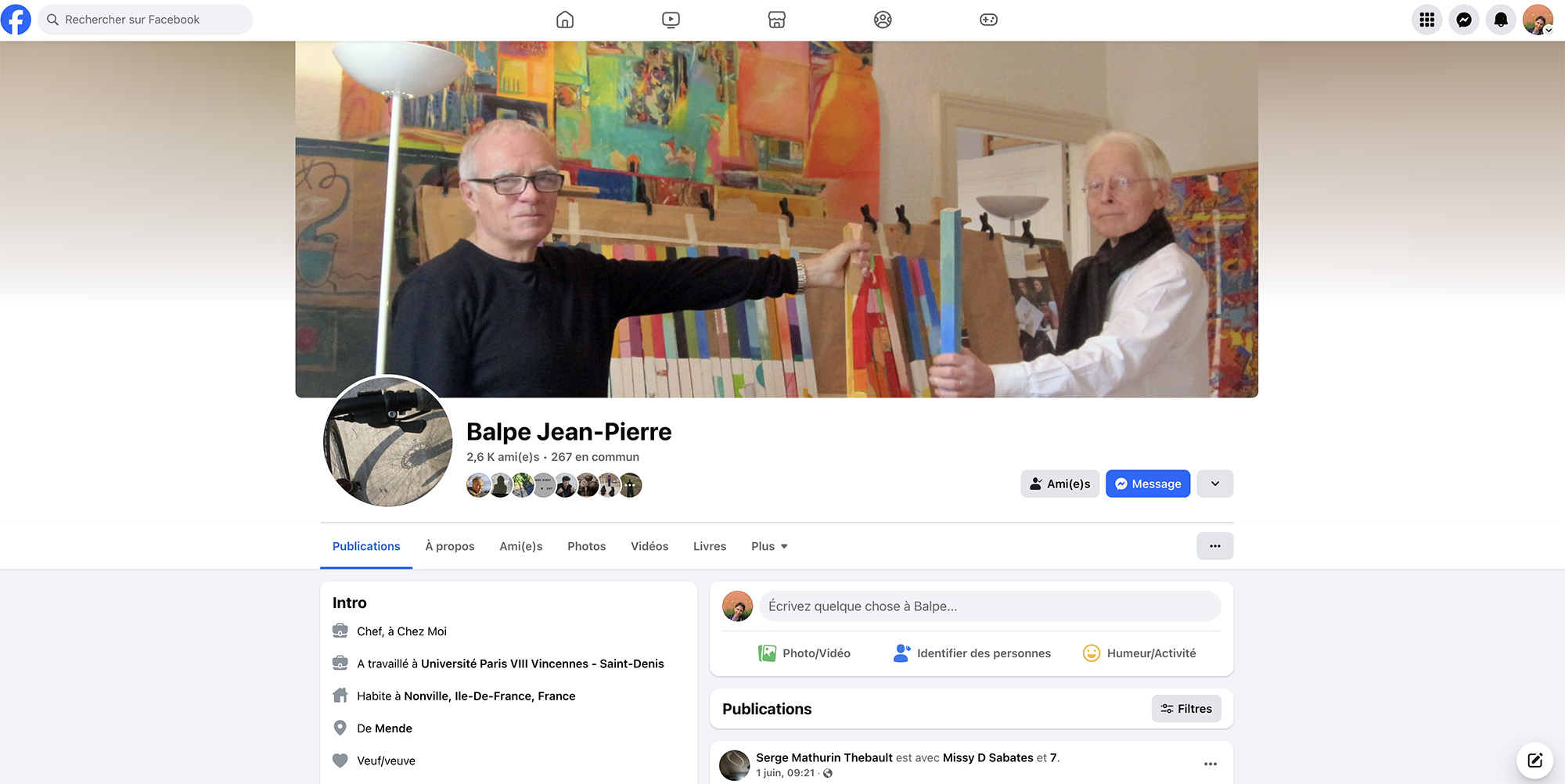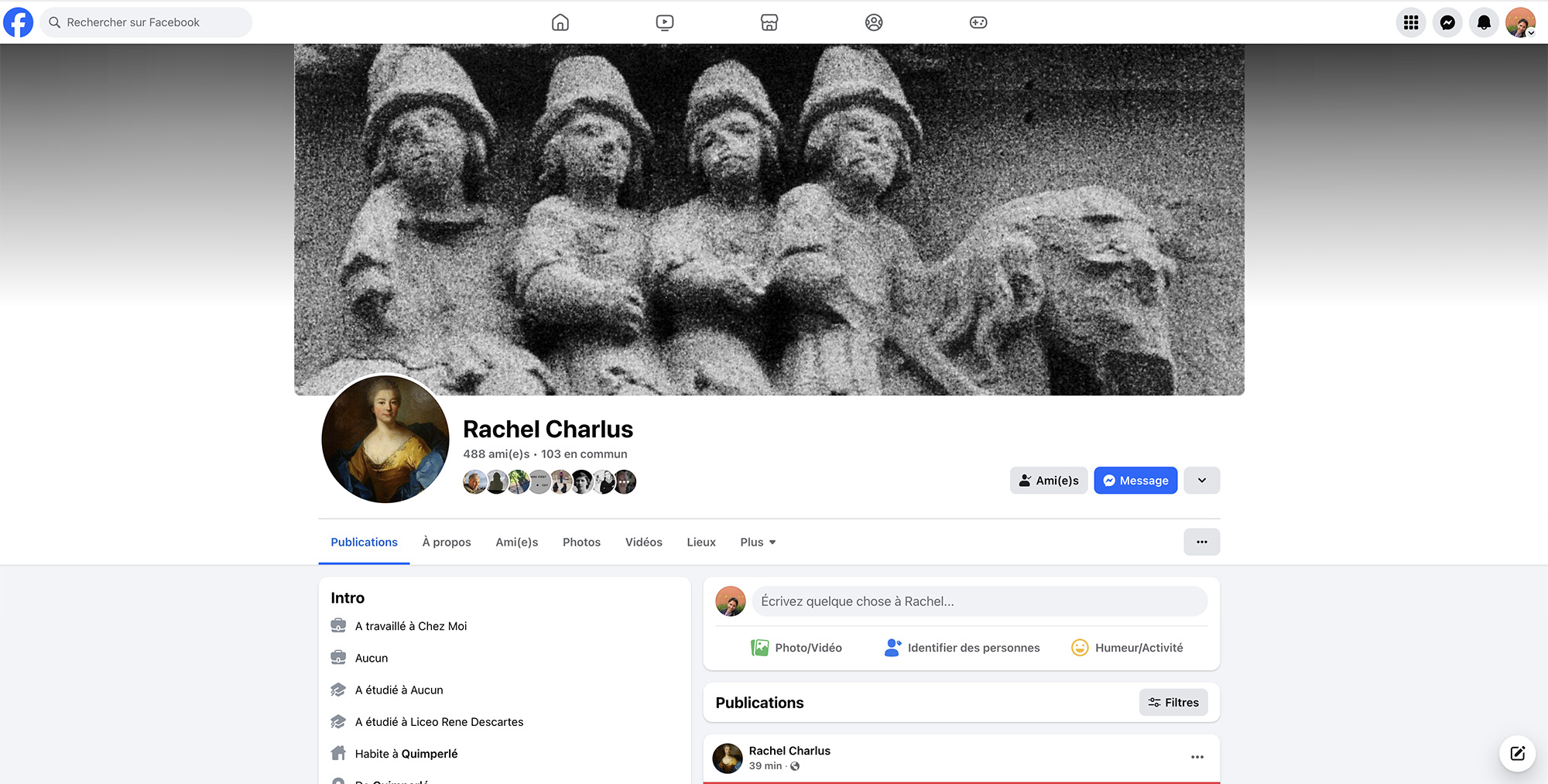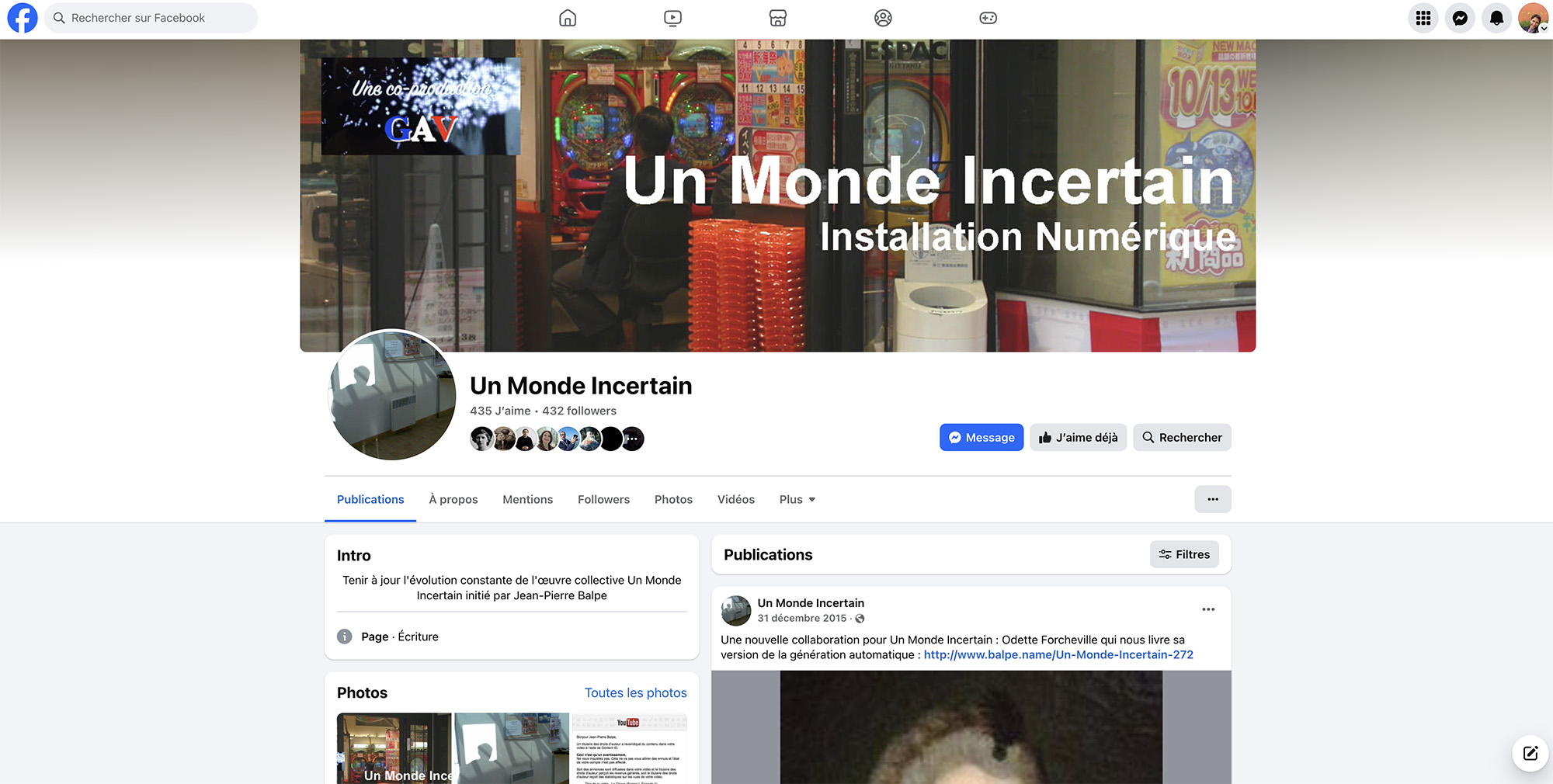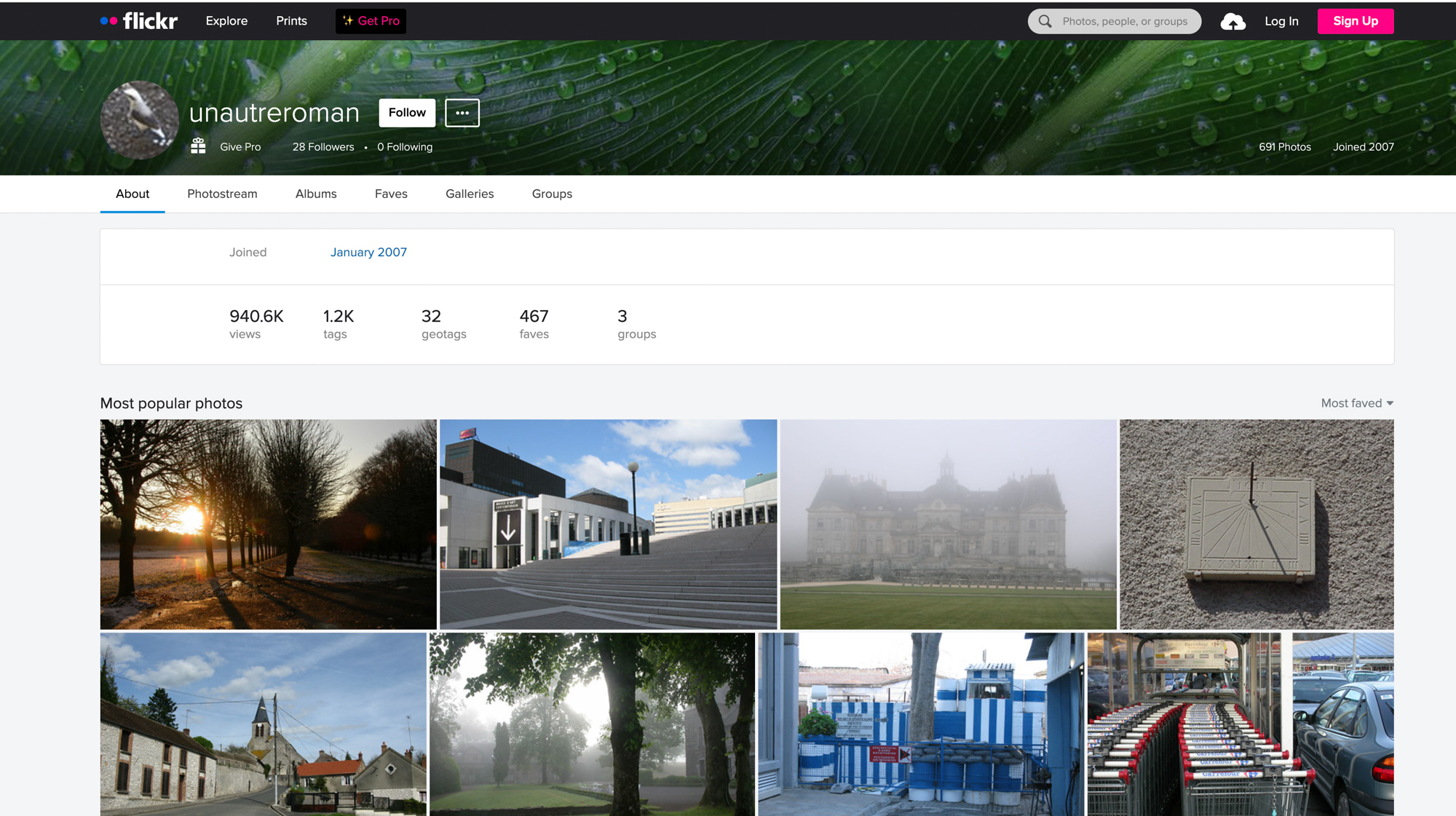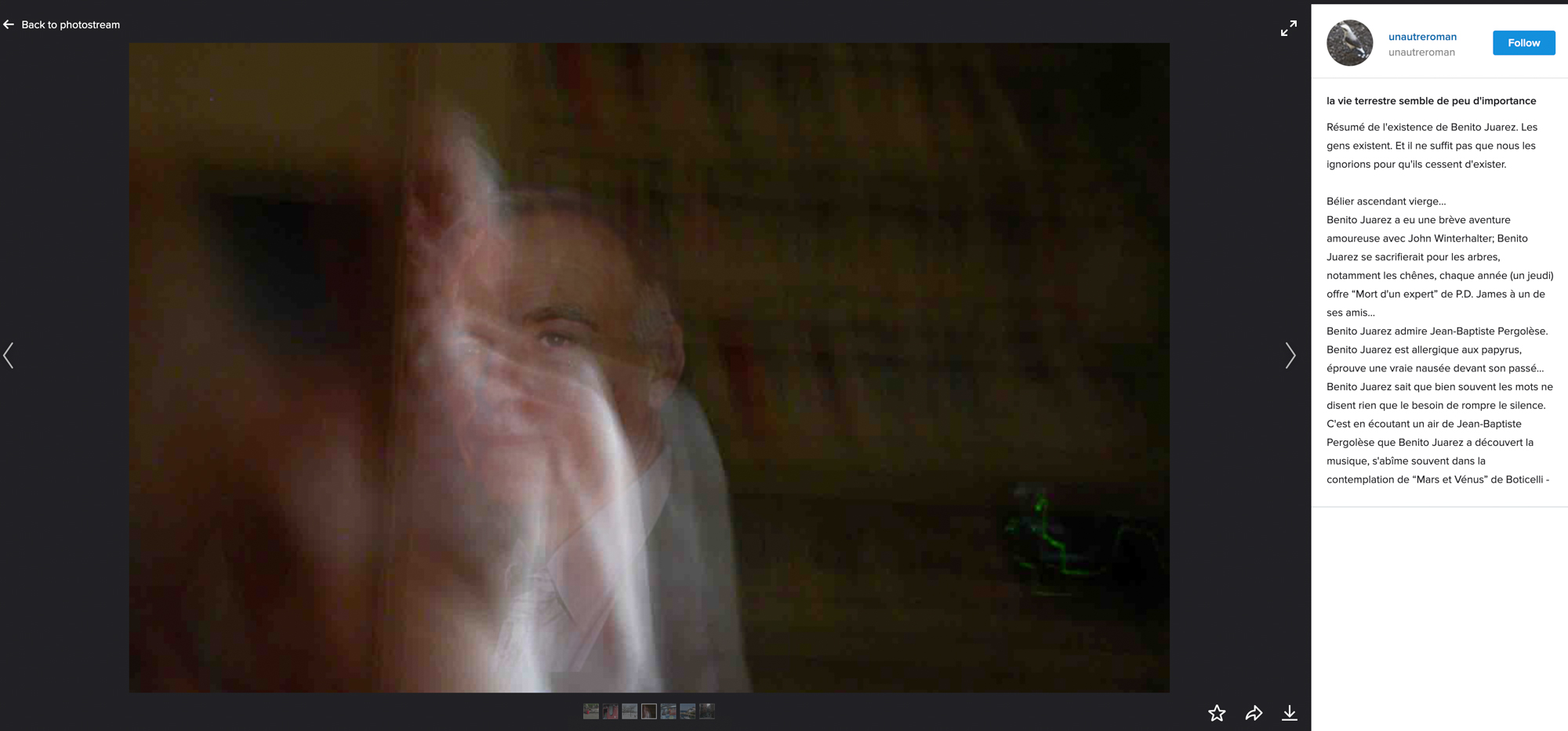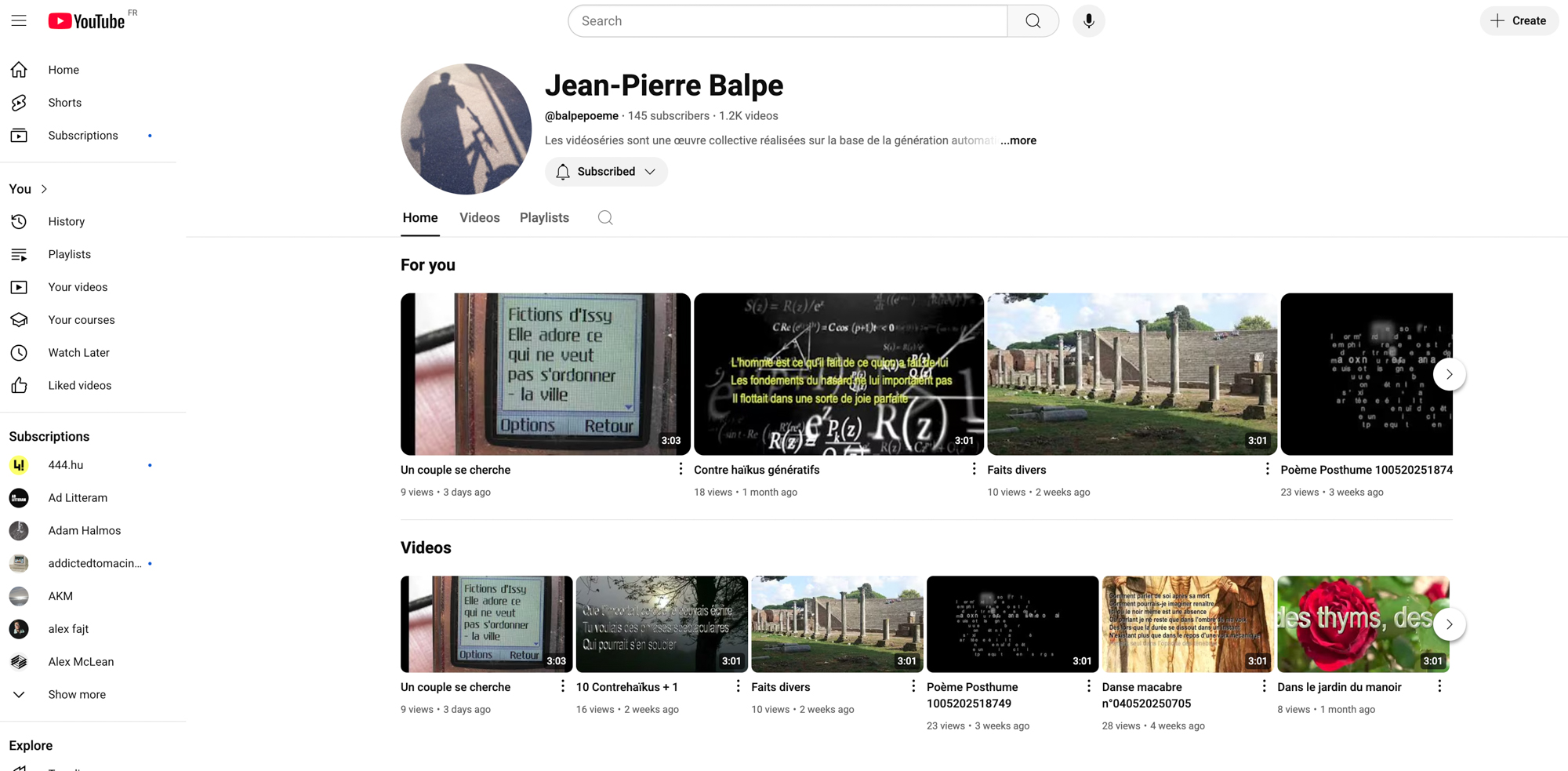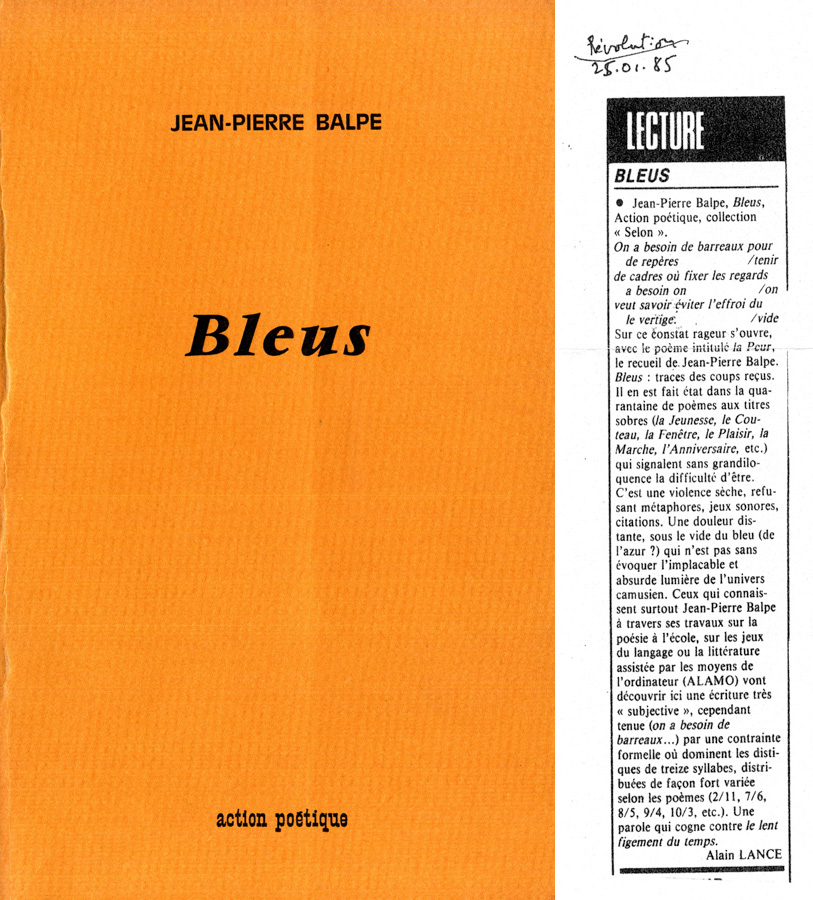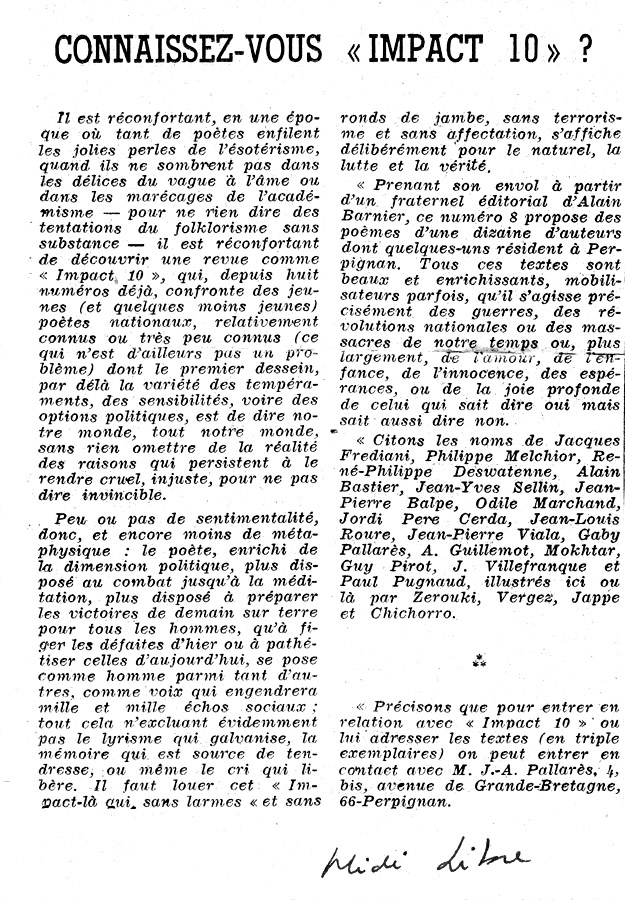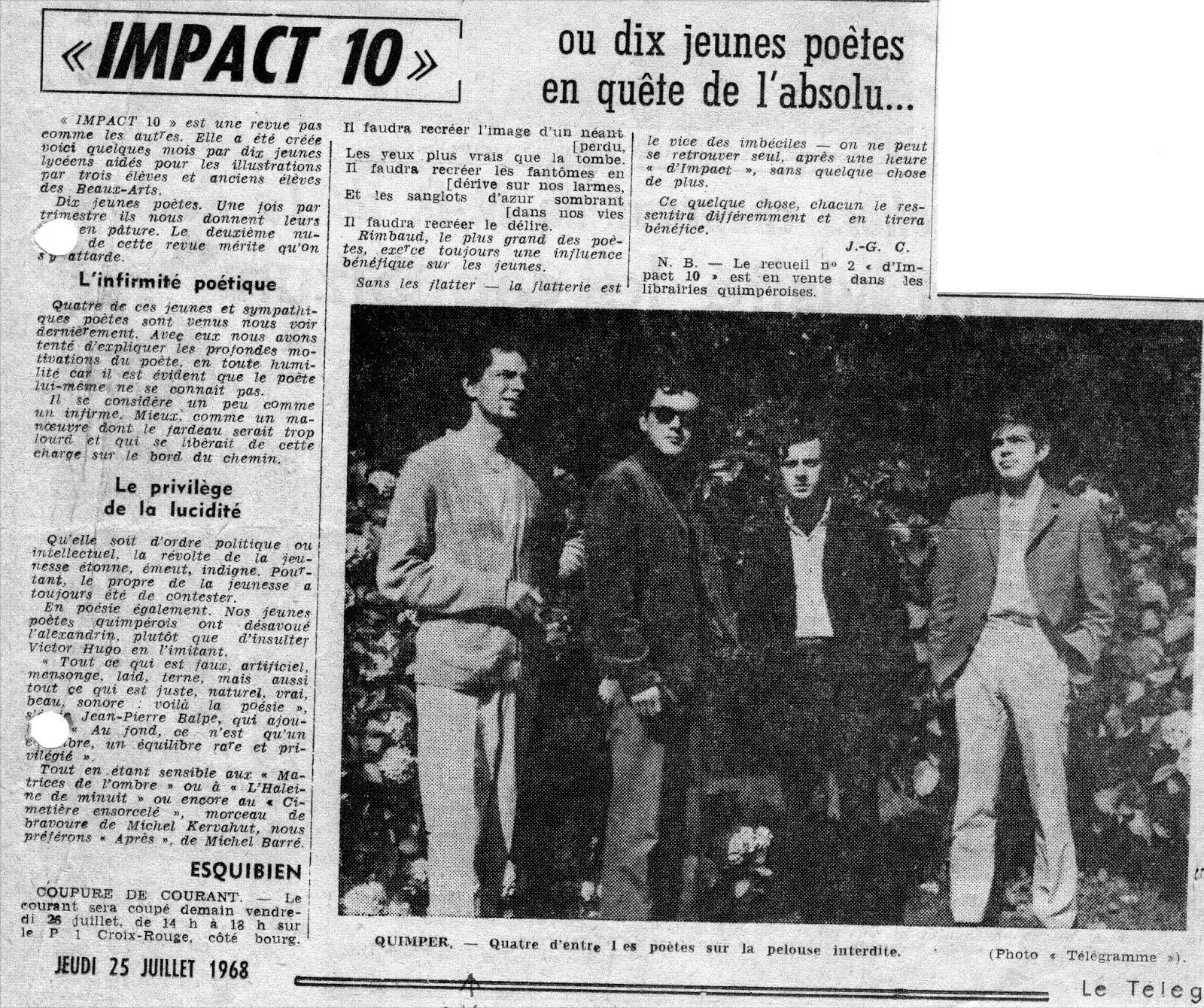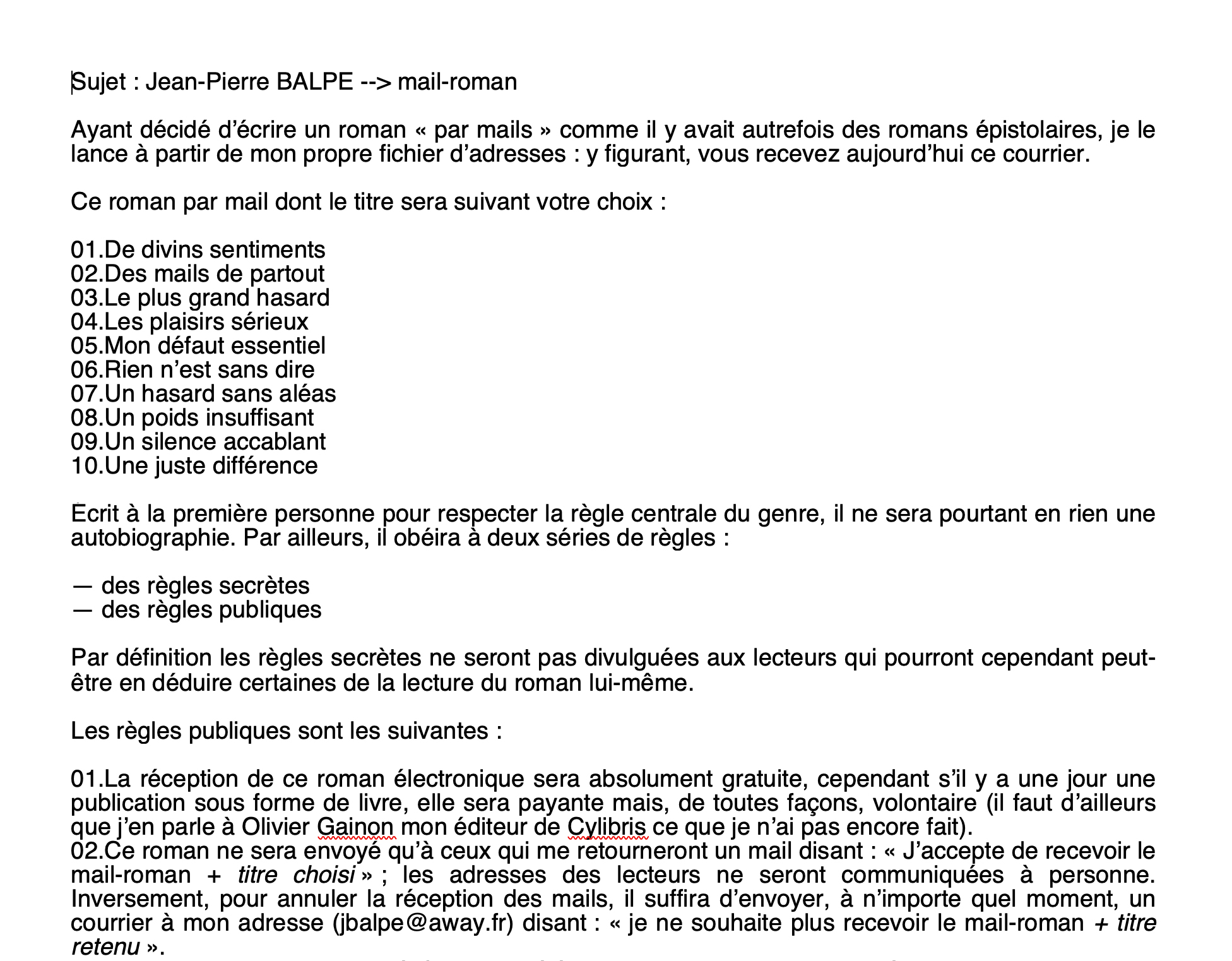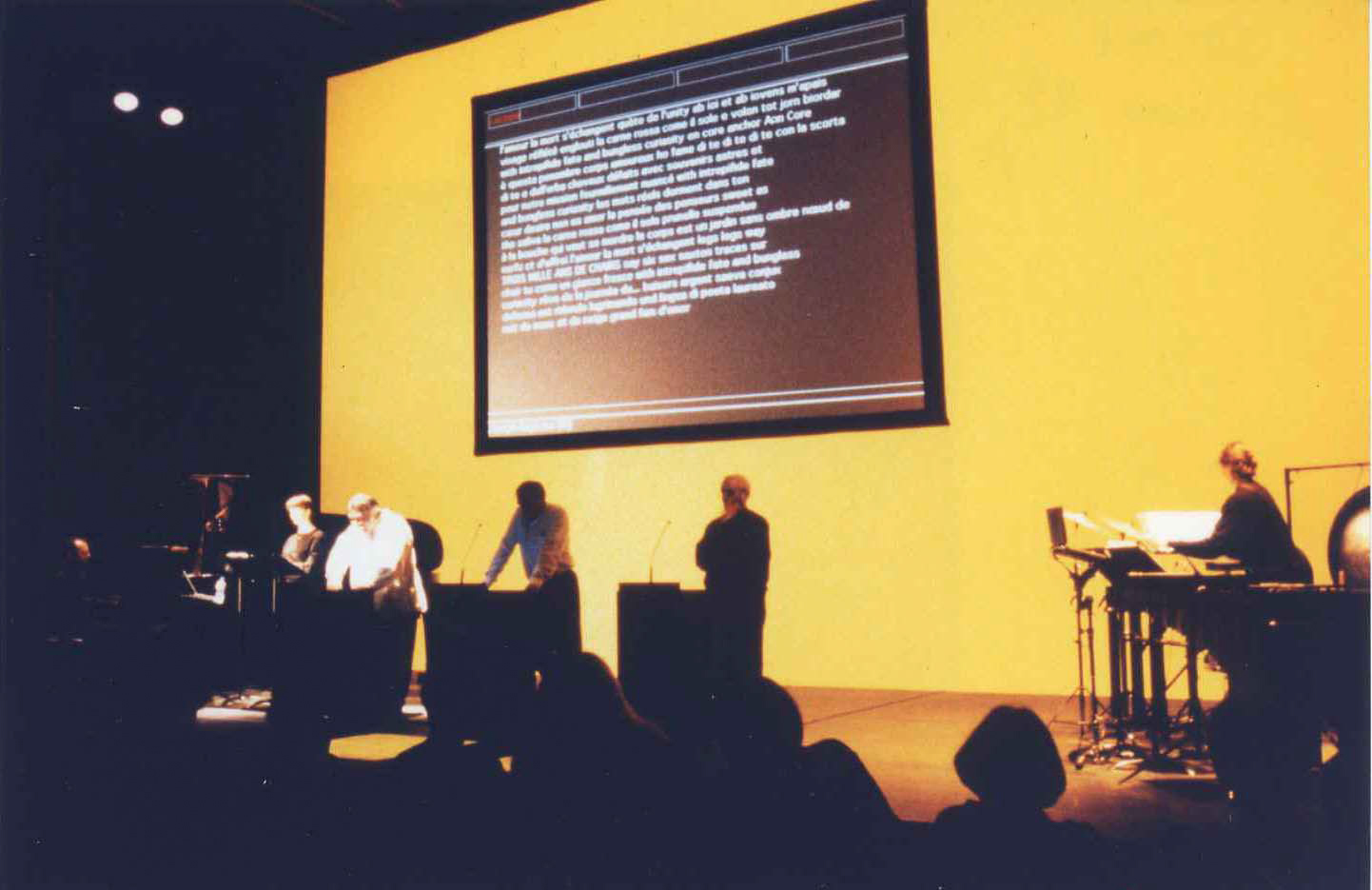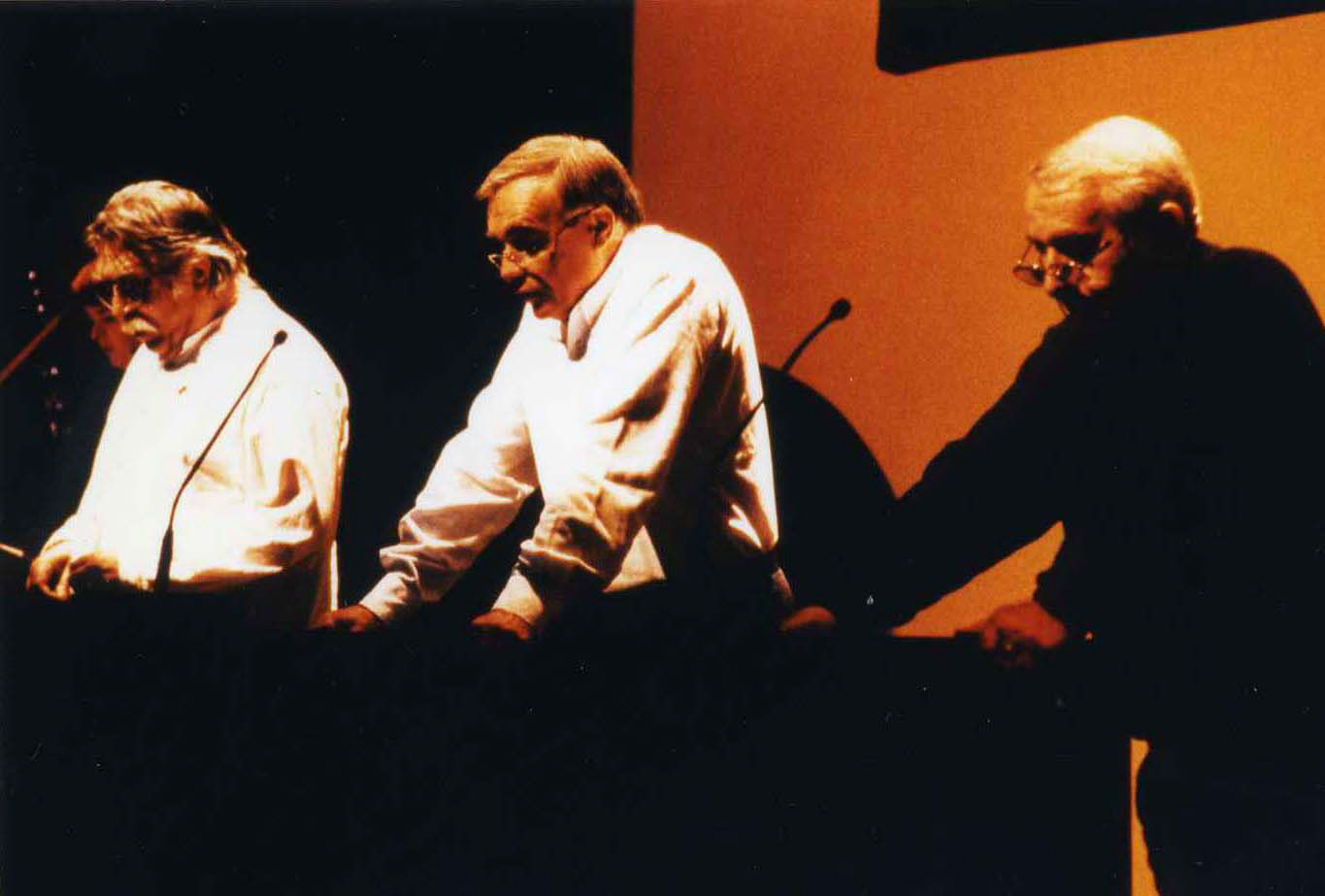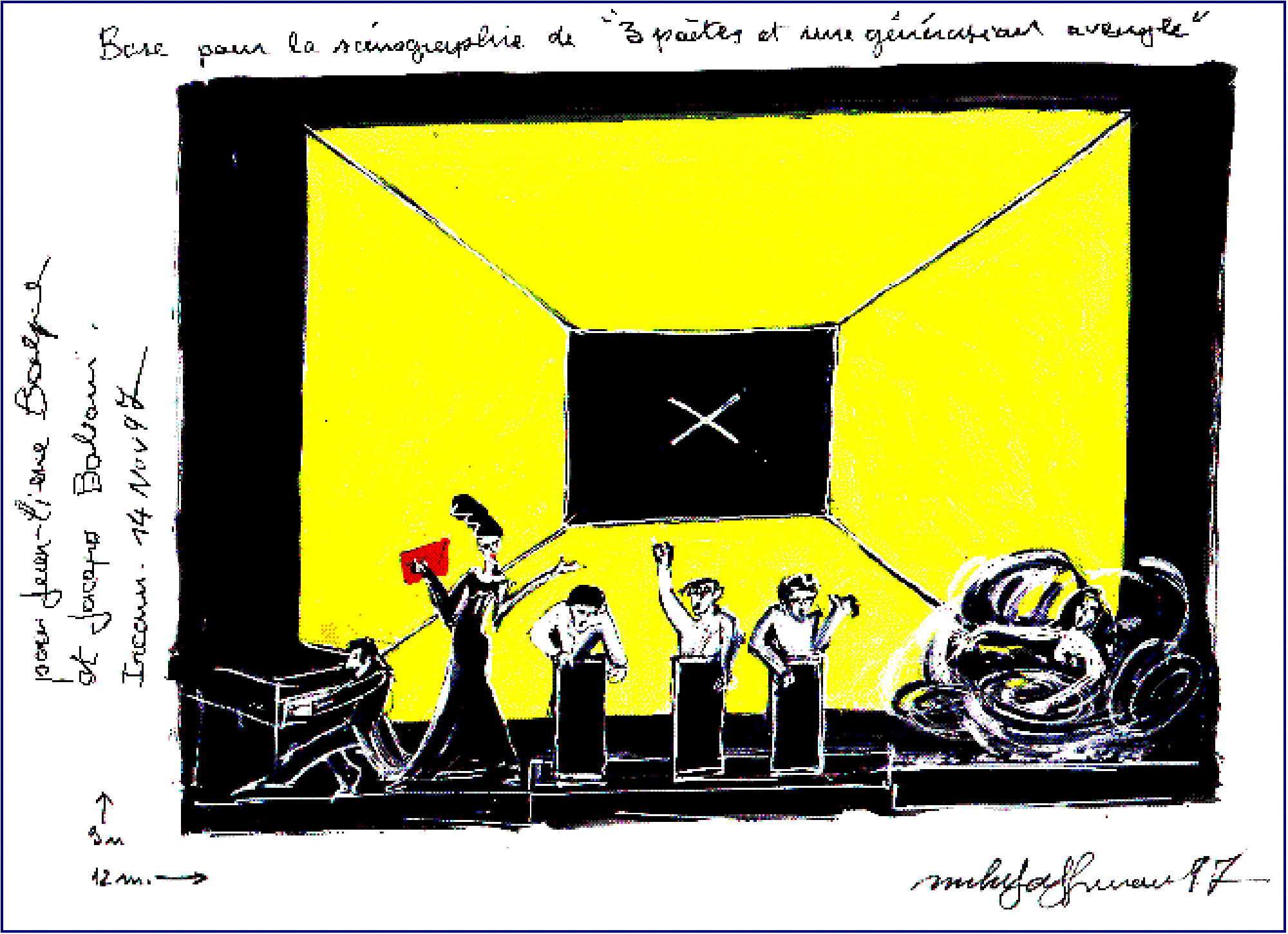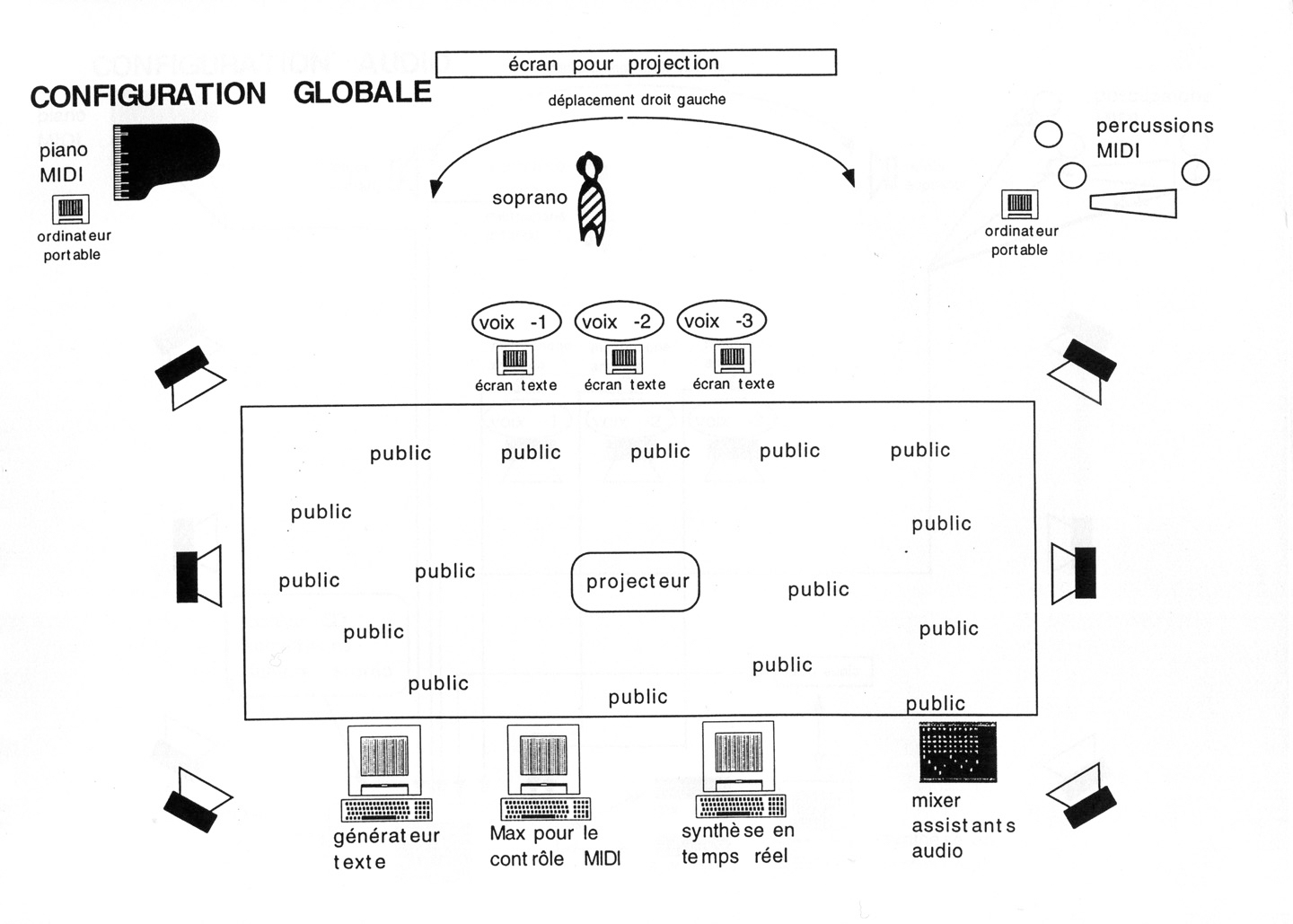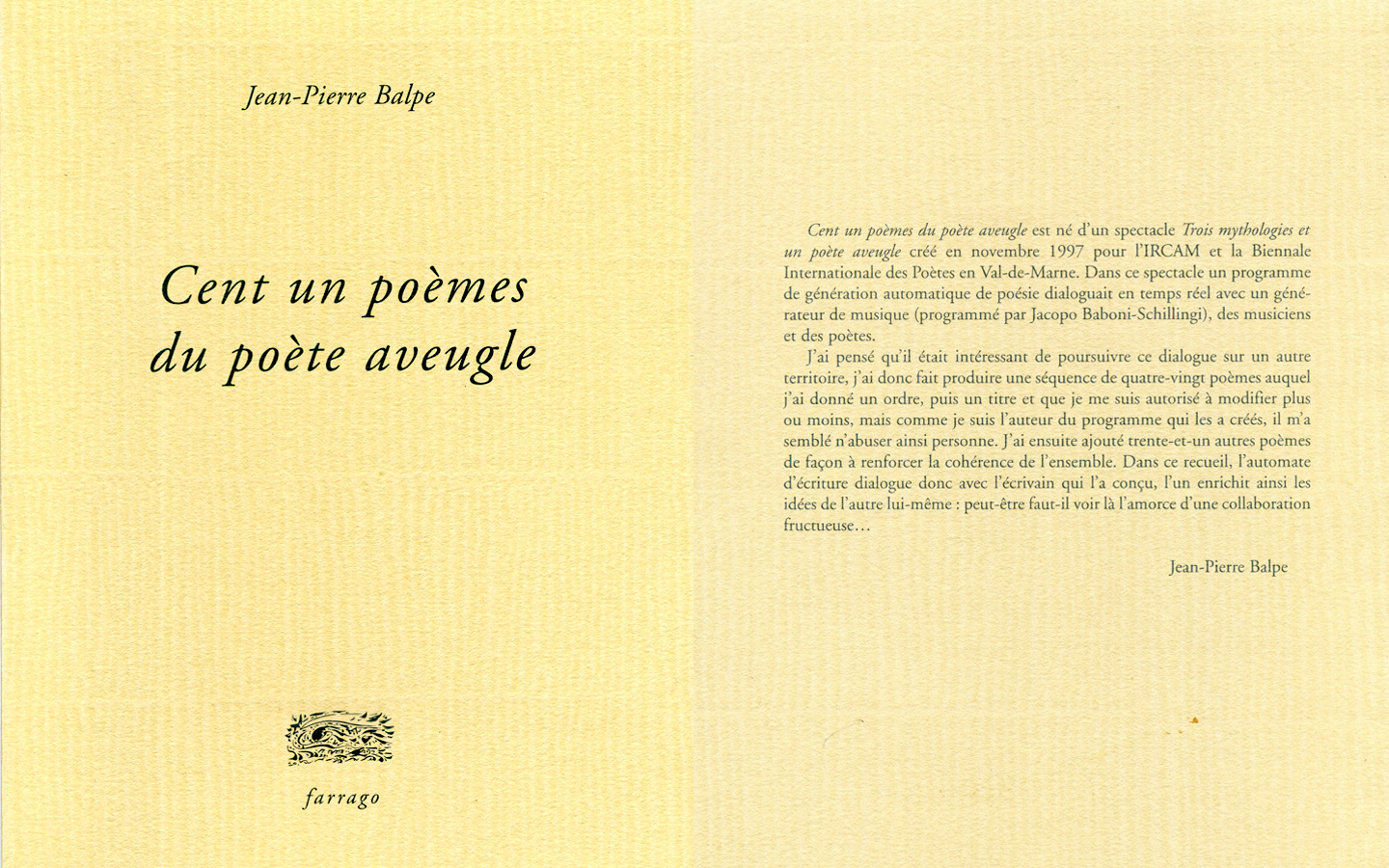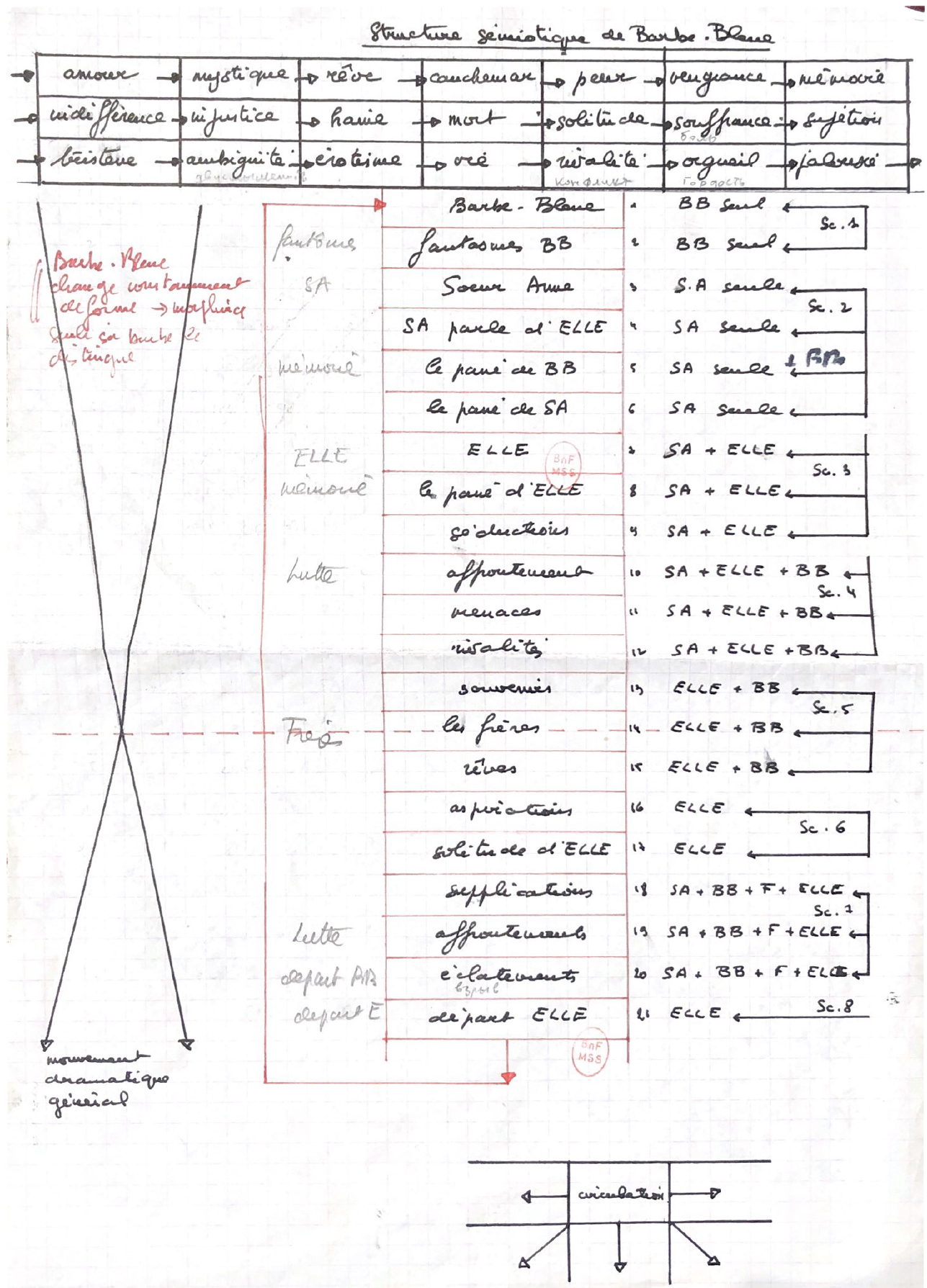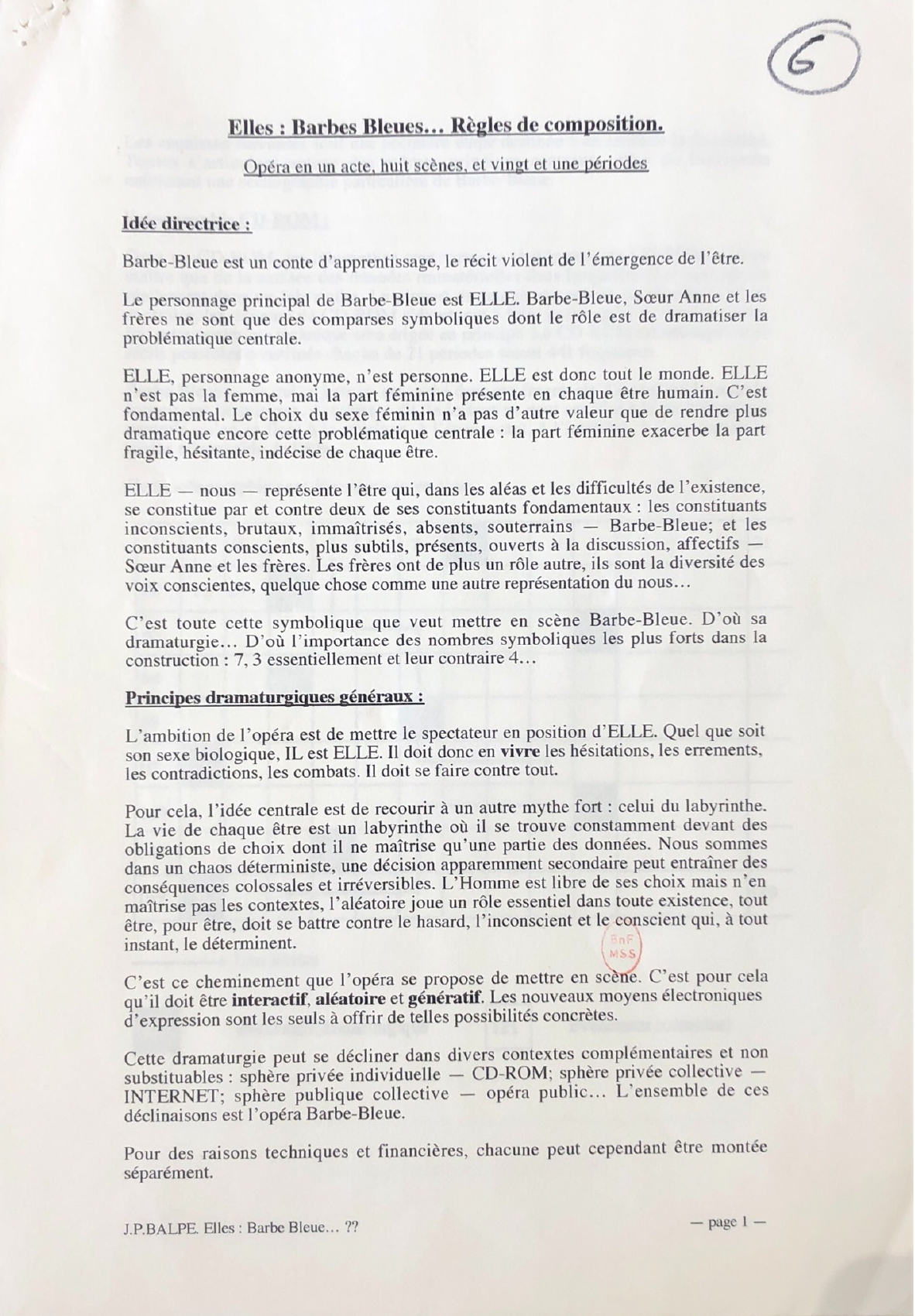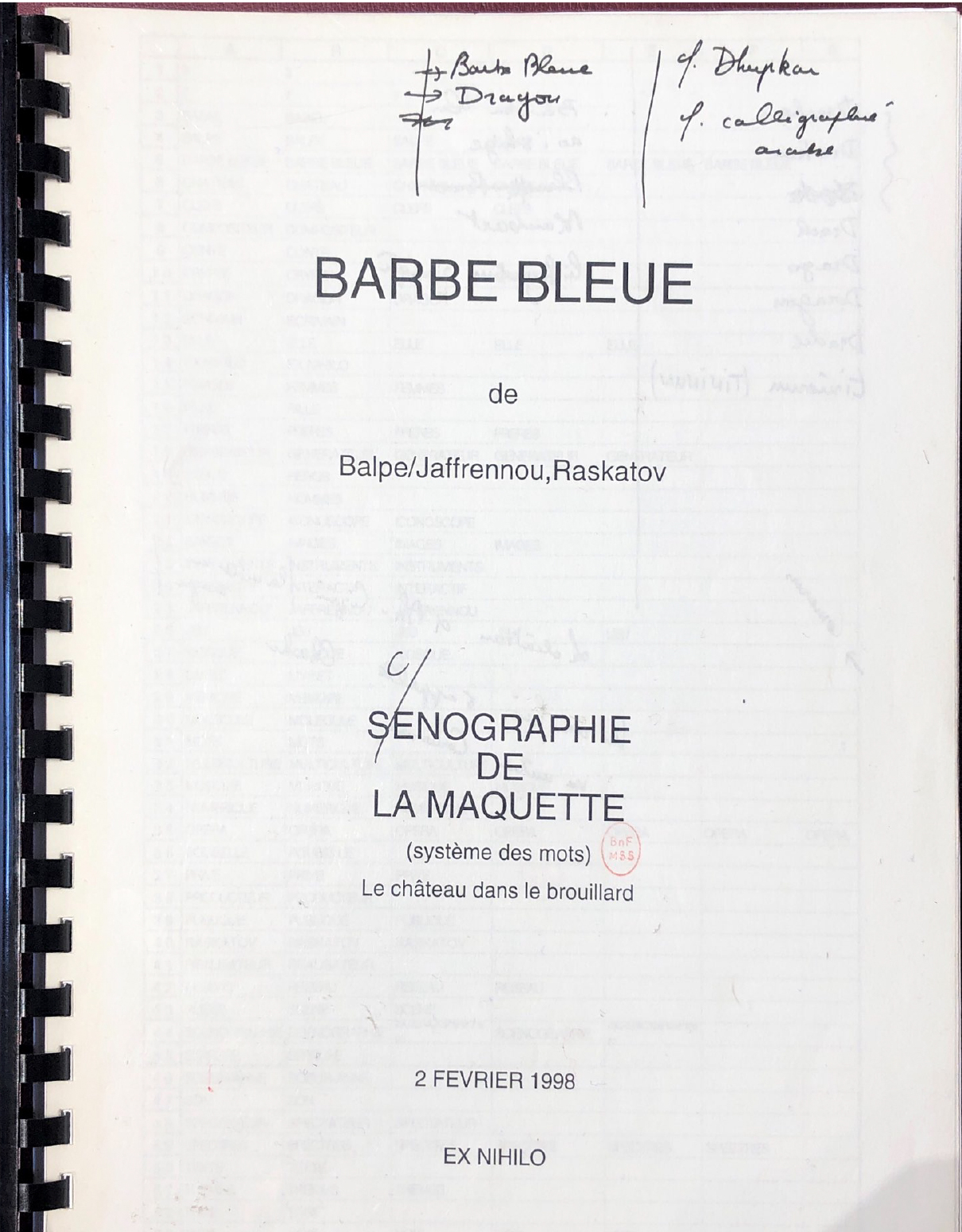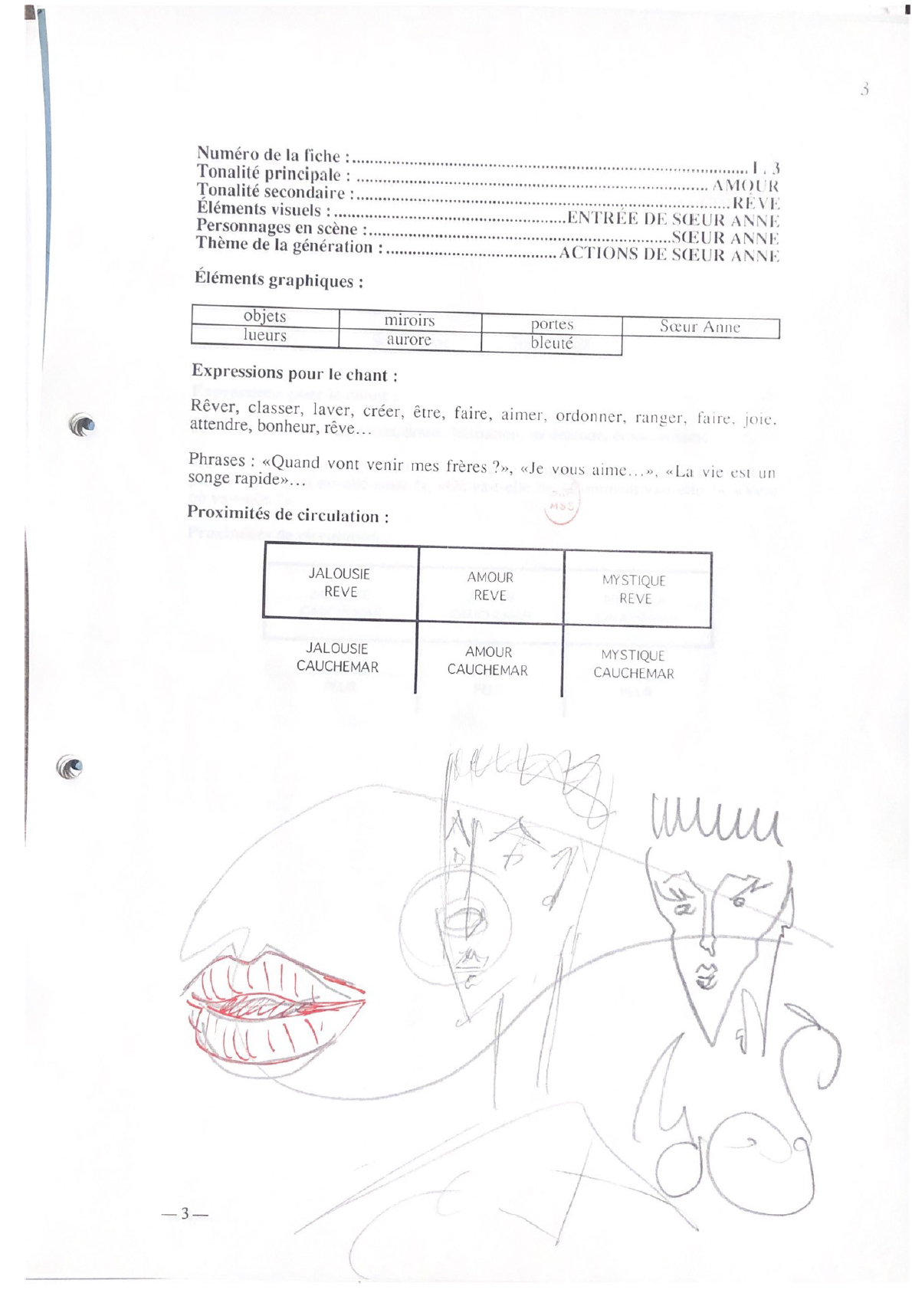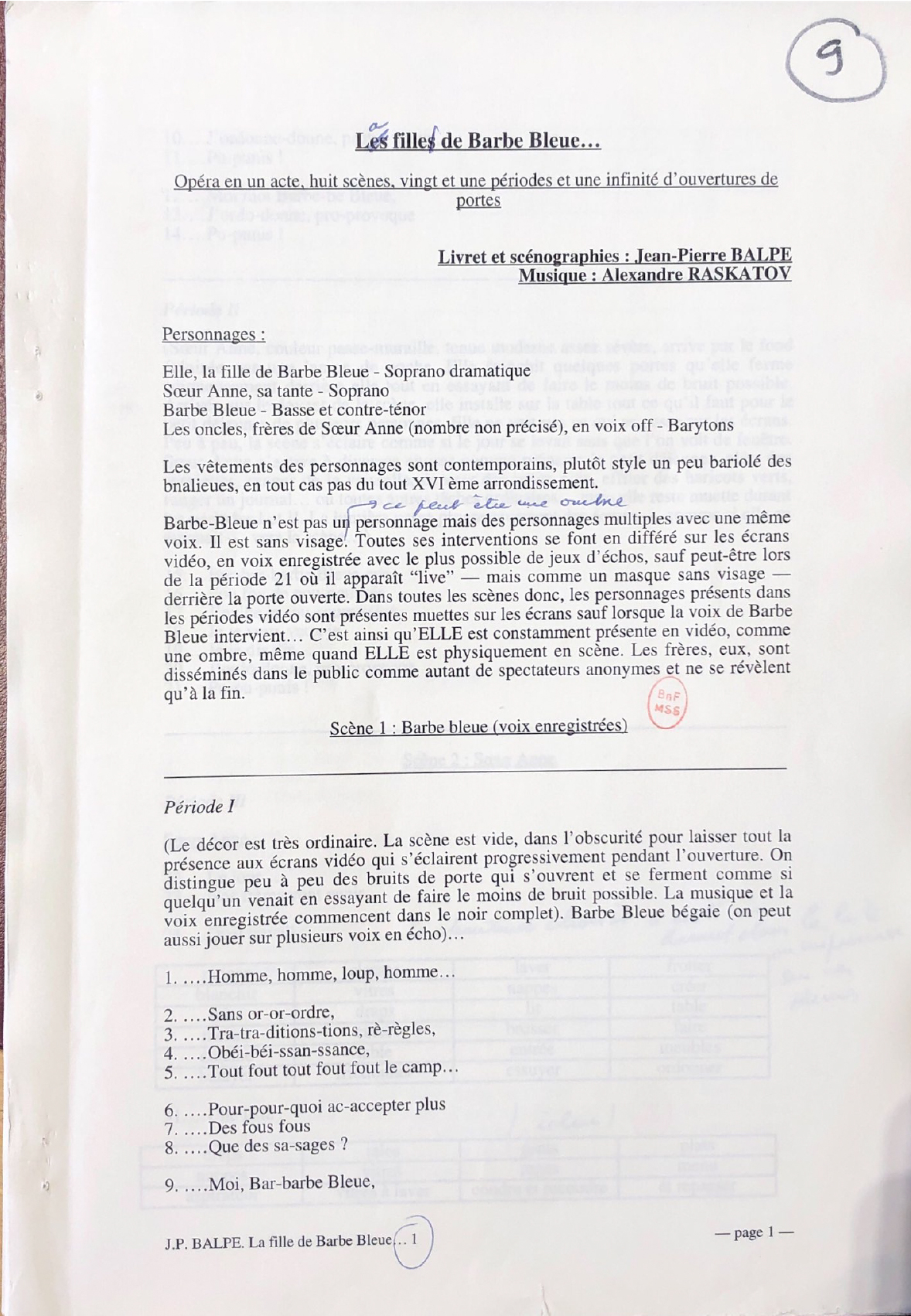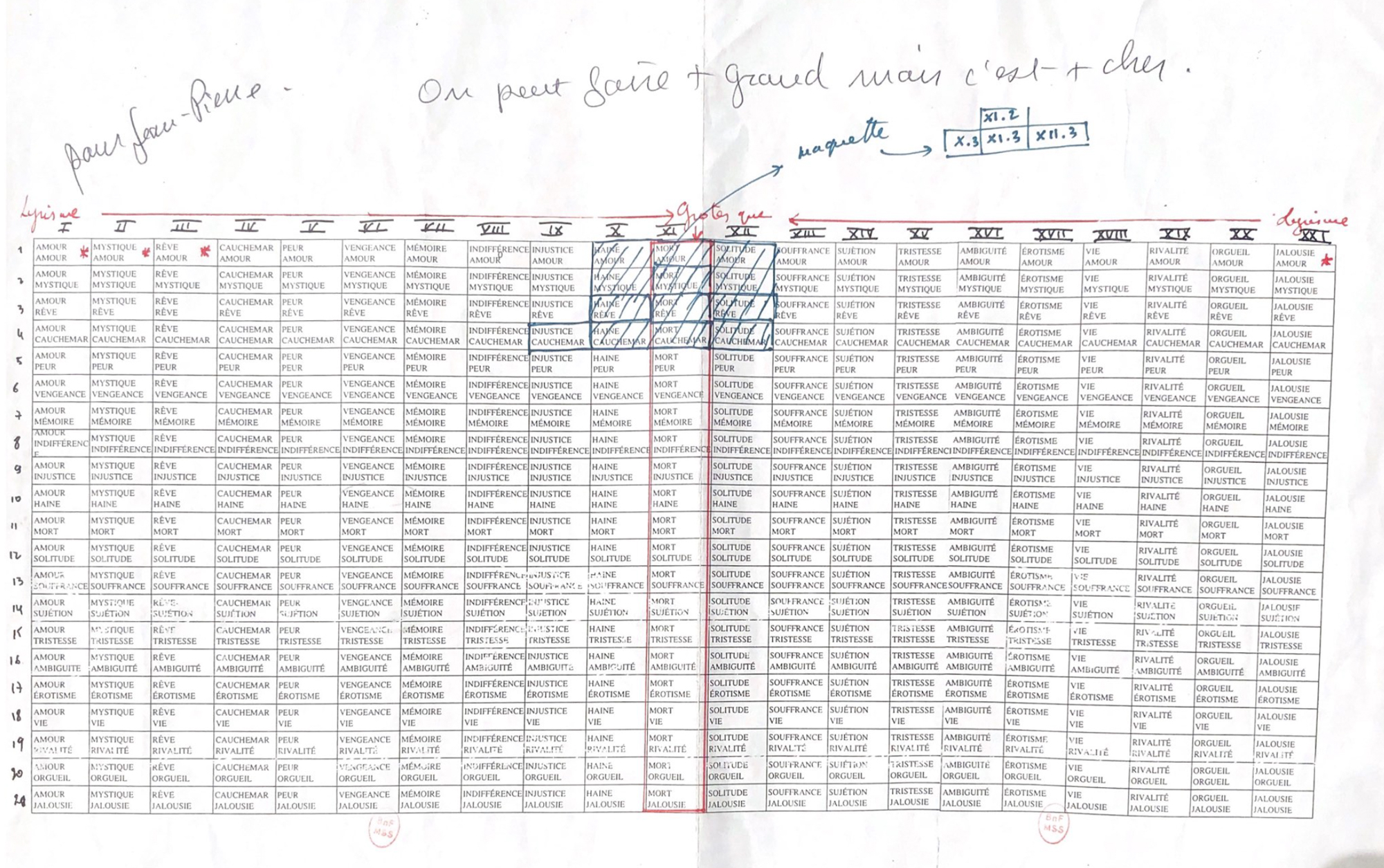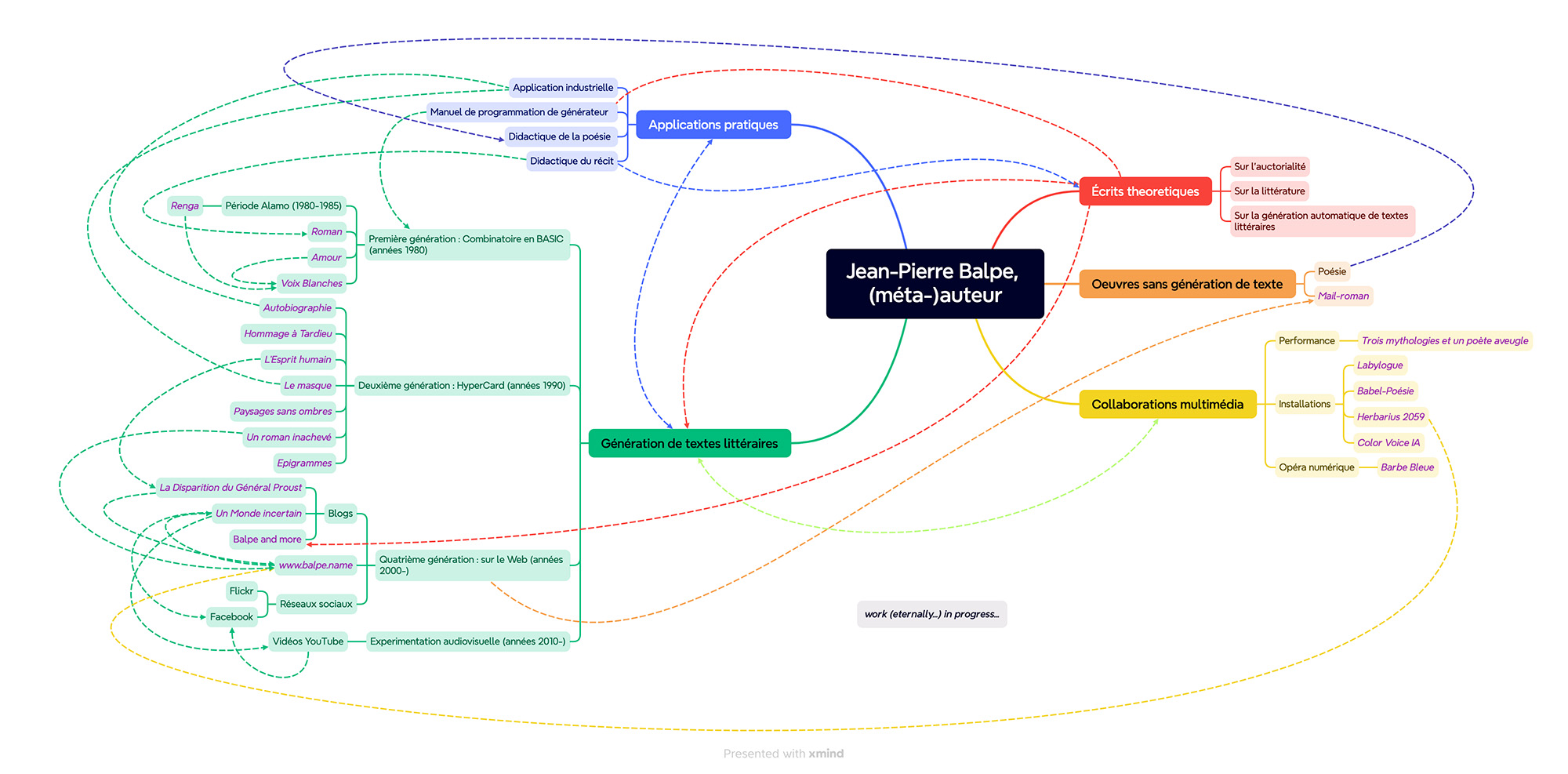Jean-Pierre Balpe
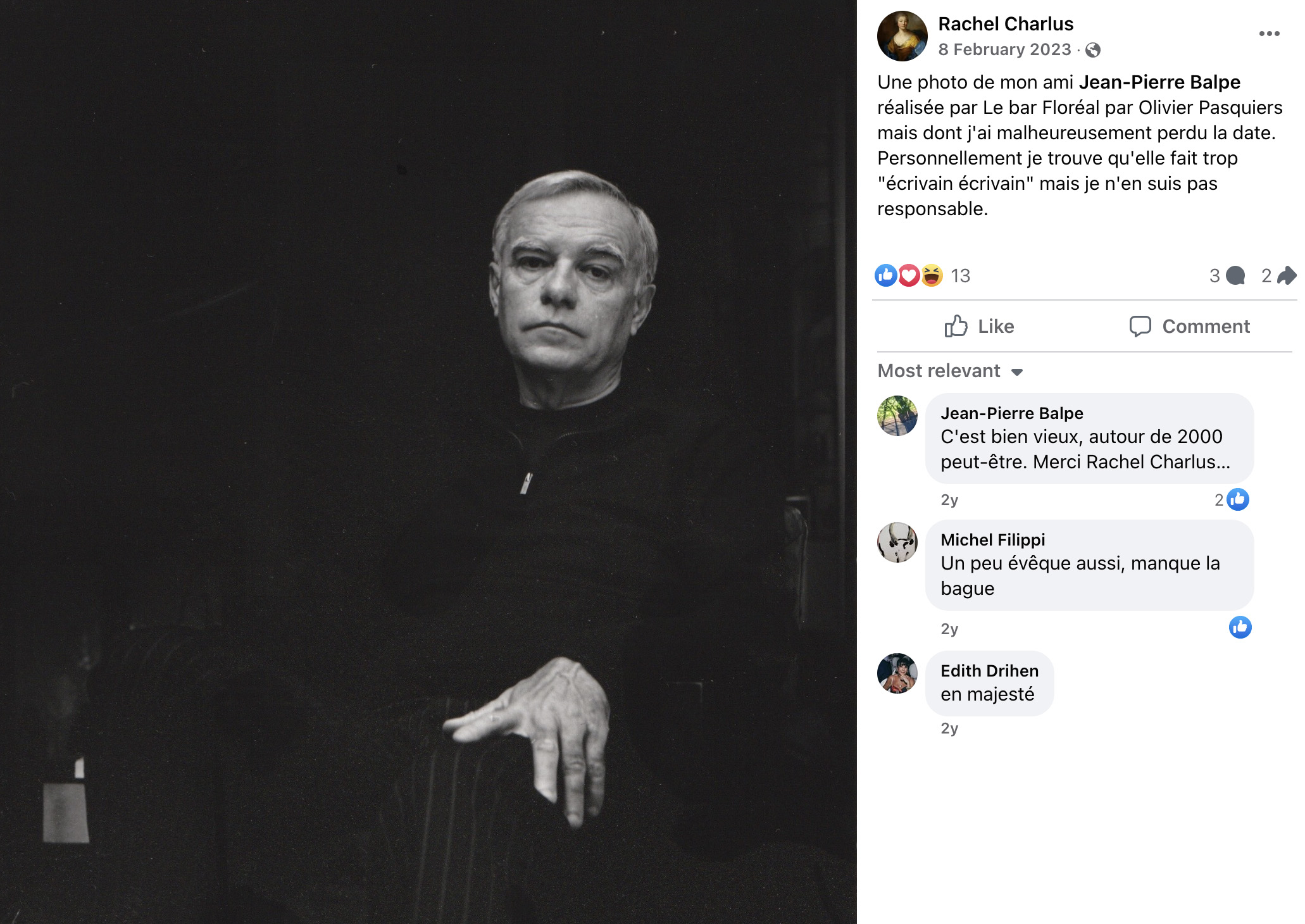 Please watch the video interview on Vimeo
Please watch the video interview on Vimeo 
Born on October 3, 1942 à Mende (Lozère,
France), Jean-Pierre Balpe studied literature and obtained a
bachelor’s degree (1964) and a master’s degree (DES) from the University of Montpellier
(1965), the
CAPES (1967), and the agrégation (1977). He taught in various institutions in Brittany and in Oran,
Algeria, before moving into teacher training at the École normale nationale d’apprentissage in
Lille
(1976—82). He defended his doctoral thesis titled «
Recherches sur quelques procédures formelles
d'écriture
» at INALCO—Paris 3 in 1981, and in 1982 was appointed IT Project Manager at the
Ministry
of National Education, a position he held until 1987. During this time, he gave seminars on
automatic text generation at INALCO, which led to an offer from Roger Laufer to join his department
at Paris 8 University as a PRAG (teaching fellow). After completing his habilitation to supervise
research in 1989, with a work titled « Informatique et production de textes multimédias »
(Paris 8,
1989), he was appointed university professor in Information and Communication in 1990. That same
year, he took over as Director of the Paragraphe laboratory and in 1996, co-founded with Jean-Louis
Boissier and the Esthétique de l’interactivité lab, the Centre interdisciplinaire de recherche
sur
l’esthétique du numérique (CIREN), followed in 2000 by the Création Interactive
Transdisciplinaire
Universitaire (CITU) lab. He retired from university in 2005.
While actively engaged in teaching and research, he continually developed his artistic practice. He
published several poetry collections (see list below) and became general secretary and regular
contributor to the journal Action Poétique in 1975. He began programming in the late 1970s and
created his first digital works in the 1980s. In 1981, he co-founded the ALAMO group within OuLiPo
with Paul Braffort and others, and in 1985 contributed to the design and setup of the “
Labyrinthe du
langage
” section of the Les Immatériaux exhibition at the Centre Pompidou, curated by
Jean-François
Lyotard and Thierry Chaput. He also participated in the Mémoires du futur exhibition,
curated by
Bernard Stiegler, in 1987—1988. The latter half of the 1980s and the 1990s saw the emergence
of many
of his generative literary text creations, first programmed in BASIC and later in HyperCard,
including a series presented in our exhibition (Autobiographie, Epigrammes,
Hommage à Jean Tardieu,
L'esprit humain, Le masque, Un roman inachevé, among others). These works
appeared partly in the
journal Alire (1989—2010), edited by Philippe Bootz, and partly in KAOS
(1991—1993), founded by
Balpe himself to accompany the commercial venture of the Kaos company, which he co-founded to
explore the practical potential of automated language processing.
He also engaged in numerous artistic collaborations involving multimedia installations and
performances, notably Trois mythologies et un poète aveugle (1997) with Jacopo
Baboni-Schilingi,
Henri Deluy, and Joseph Guglielmi; Barbe Bleue (1998) with Alexander Raskatov and Michel
Jaffrennou;
Labylogue with Maurice Benayoun and Jean-Baptiste Barrière (2000—2001);
MeTapolis
(2002) with Miguel
Chevalier and Jacopo Baboni-Schilingi; Peoples (2007) and Capture (2009) with
Grégory Chatonsky; and
Orlanoïde (2021) with Orlan.
Since the early 2000s, he has also created web-based hypermedia and often participatory projects:
Trajectoires (2000) is an interactive generative novel for the internet, FICTION
(fictions) (2004)
an installation for the Maison des cultures populaires in Montreuil, and Fictions
d’Issy
(2005) a
generative interactive novel displayed on mobile phones and information panels throughout the city
of Issy-les-Moulineaux. He also developed a generative fictional universe through a set of blogs
titled La Disparition du Général Proust (2004—). This project continues from 2013 on
the
website
www.balpe.name, which collects many of
Balpe’s earlier
generators (in the form of dictionaries and
descriptions). This site also became the platform for another hyperfiction, Un Monde
Incertain,
which continues the thread of La Disparition du Général Proust. Un Monde
Incertain also takes the
form of a “video series” on YouTube and a “digital installation” on
Facebook. His blogs and social
media blend personal writing with generated texts, often making it impossible to tell them apart.
His latest video experiments include poetic “battles” between his generators and
ChatGPT, showing
that the author never stops exploring new creative tools.
Publications
Prose and poetry in print:
Naissance de l'aube, Mic Berthe, 1966
Tarap, Ecbolade, 1972
Rébus sous forme d'un puzzle de 30 poèmes, Millas-Martin, 1973
Bleus, Action poétique, 1985
Car dans les mouvements..., Aencrage, 1986
Le Silence, Action poétique, 1990
Poèmes d'amour par ordinateur, IMA-Press, Moscou, 1991
Le poète aveugle 103-107, éd. de la Porte, 1998
La toile, Cylibris, 1999. Grand Prix SGDL 1999
Cent un poèmes du poète aveugle, Farrago, 2000
L’Herbier, Le Promeneur, 2009
Herbarius 2059 : 12 graines, Bernard Chauveau éditeur / Le Néant Editeur, 2013
Anthologies of adaptations from Uzbek and Russian poets (Navoï, La Différence, 1991; Machrab,
Le
vagabond flamboyant
, Gallimard, 1993; Annenski, La Différence, 1993)
Numerous poems, short stories, and essays in various periodicals: Action poétique,
Autrement,
Aencrage, Europe, Hors-Cadres, Journal de Royaumont,
Traverses, Signes du présent,
Miroir de la
nouvelle
, Correspondances, Nouvelle donne, La Mazarine, Le Temps
Stratégique
Early literary text generators:
Renga, 1985
Poèmes d’amour, ~1980-1985
Roman, 1987
Autobiographie, 1993
Réponse à Claude Adelen, 1993
Hommage à Jean Tardieu, 1993
L'amour dans l'âme, 1994
L'esprit humain, 1994
Le masque, 1994
Les tentations de Tantale, 1994
Proverbes, 1994
Questions d'amour et de poésie, 1994
Paysages sans ombres, 1994
Un roman inachevé, 1994
Epigrammes, 1995
Multimedia works:
Réponse erronée, recommencez..., video for the St Cloud Audiovisual Center, 1982
Shangaï-Paris, interactive videography screenplay, INA, 1985
Bienvenue, interactive screenplay for Minitel, Musée des sciences et des techniques de La
Villette,
1988
Flash réussite, interactive screenplay for Minitel, Société Générale, 1988
Locamesure, screenplay-game for standard MS DOS, Société Locamesure, 1989
Hypermedia presentations for the companies SGN and Rhône-Poulenc, 1989
Minitel service design for Evian, 1990
Interactive screenplay for Martini, 1990
KAOS, digital periodical, 1991-1993 (3 issues)
La mort dans l'âme, generative novel, 1993
ROMANS (roman), generative installation, Artifices exhibition, Saint-Denis, 1996
Trois mythologies et un poète aveugle, generative installation and performance, Biennale
internationale de poésie en Val-de-Marne - IRCAM, 1997
Barbe Bleue, interactive generative opera (conception), with Alexandre Raskatov (composer),
Michel
Jaffrennou (stage design), produced by Ex-Nihilo, 1998
Aujourd’hui demain, interactive music show for kids with text generator 2000
Syntax error, text generator for Jacopo Baboni-Schilingi’s music, Belfort Festival,
2000.
Trajectoires, web-based interactive generative novel, with the @graph group, 2000
Labiyogue, interactive generative installation, with Maurice Benayoun (visual design) and
Jean-Baptiste Barrière (composer), Mission de la Langue française (Lyon, Bruxelles,
Montreal,
Dakar), October 2000 — January 2001
MeTapolis, interactive generative installation, with Jacopo Baboni-Schilingi (composer) and
Miguel
Chevalier (visual design), MARCO, l’AFAA and Alliance francaise (Monterey, Mexico)
2002
…nographies, multimedia show with Liliane Giraudon et Jacopo Baboni-Schilingi (music),
Biennale
internationale des poètes en Val-de-Marne and Maison de la Poésie de Paris, 2003
Babel poesie, multilingual poetry generator, Festival p0es1e, Berlin, 2004
FICTION (fictions), installation, Maison des cultures populaires, Montreuil, 2004
La Disparition du Général Proust, web-based generative hyperfiction, 2004-
Fictions d’Issy, interactive generative fiction for smartphones and public
information
screens,
Issy-les-Moulineaux, 2005
Peoples, with Grégory Chatonsky, 2007
Captures, with Grégory Chatonsky, 2009
Color Voice AI, interactive multimedia installation, with Nicolas Ticot and the XLR
Project,
2010
Un Monde Incertain, web-based generative hyperfiction and video series, 2010s-
L’ordinateur fait son poète, performance, Maison de la Poésie de Paris, 2012
Orlanoïde, Artistes et robots exhibition, Grand Palais, Paris, 2018
Theoretical writing and handbooks:
Le bestiaire fantastique, Larousse, 1975
Paysage et littérature, Larousse, 1977
Les moments de poésie à l'école élémentaire, Armand Colin, 1974
Pratique de l'orthographe au cycle élémentaire, Armand Colin, 1976
Lire la poésie, Armand Colin, 1980
Une anthologie de la poésie française, Action poétique, 1985
Promenade en poésie, Magnard, 1987
Initiation à la génération automatique de textes en langue naturelle, Eyrolles, 1986
L’Imagination informatique de la Littérature, L’Imagination informatique de la
Littérature,
dir.
Bernard Magné et Jean-Pierre Balpe, L’Imaginaire du text, 1991
Techniques avancées pour l’hypertexte, dir. Jean-Pierre Balpe, Alain Lelu, Fabrice
Papy,
Imad Saleh,
Ed. Hermès, Paris 1996
Hyperdocuments, hypertextes, hypermédias, Eyrolles, 1990
Contextes de l’art numérique, Hermès, 2000
L'art a-t-il besoin du numérique ?, dir. Jean-Pierre Balpe et Manuela de Barros, Hermès,
2006
